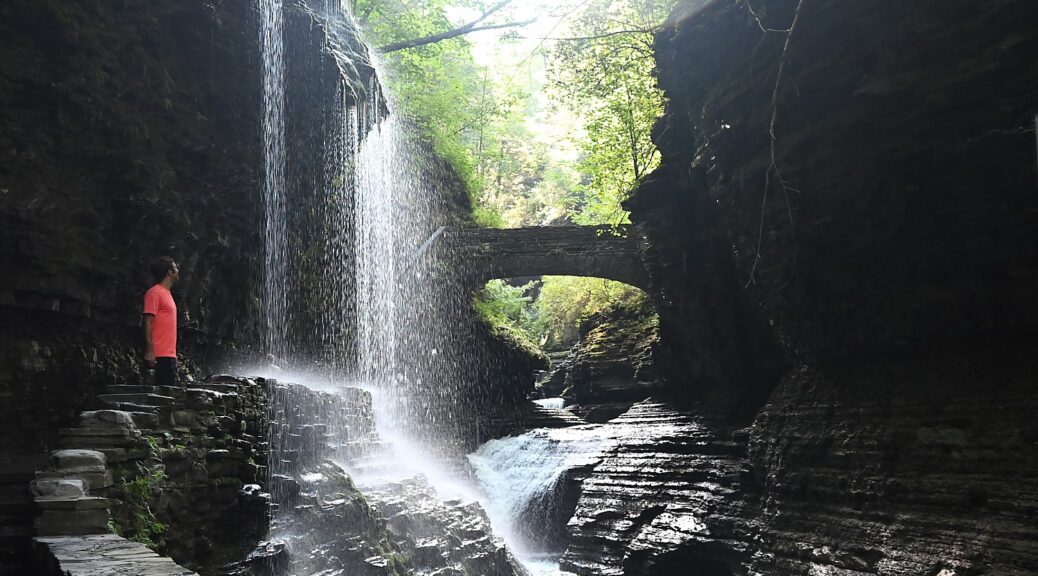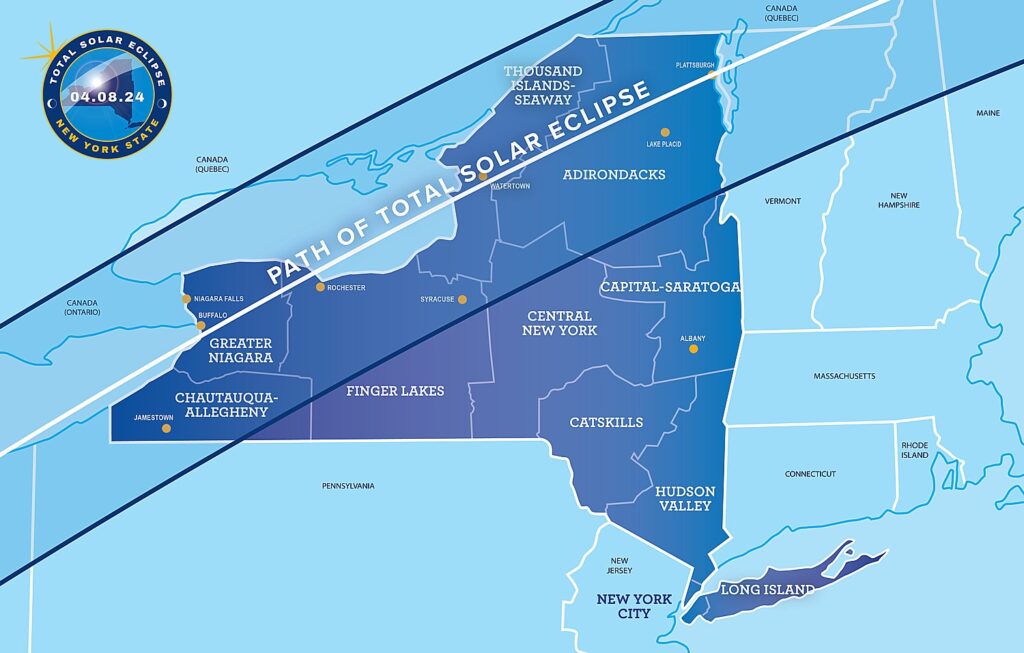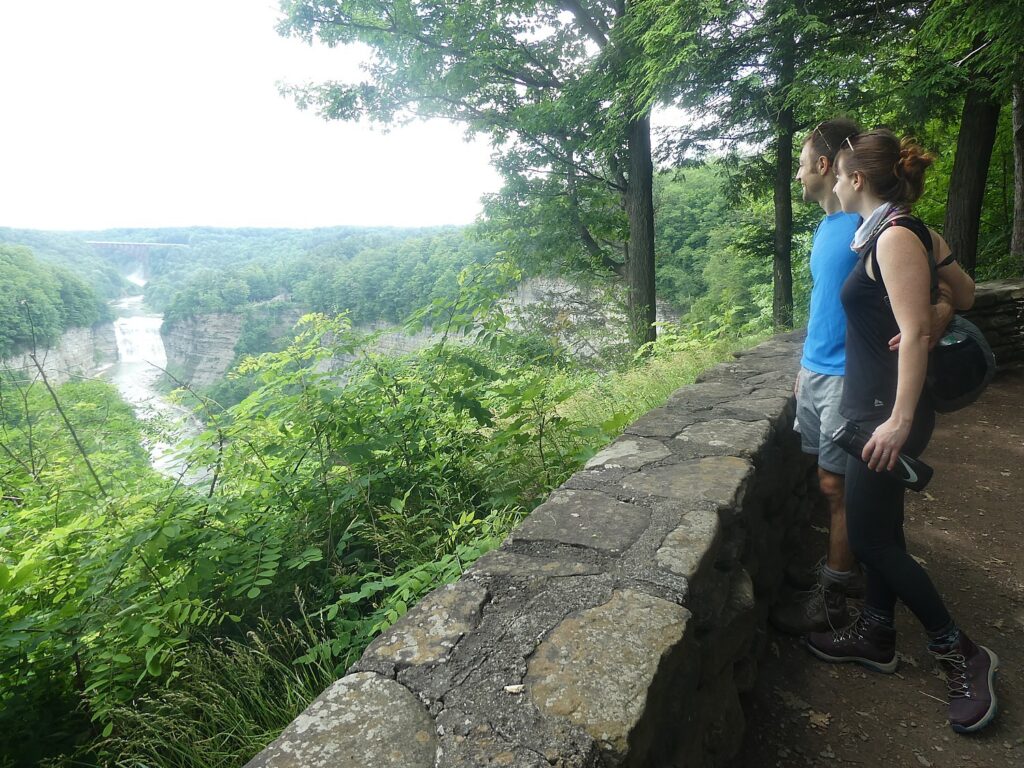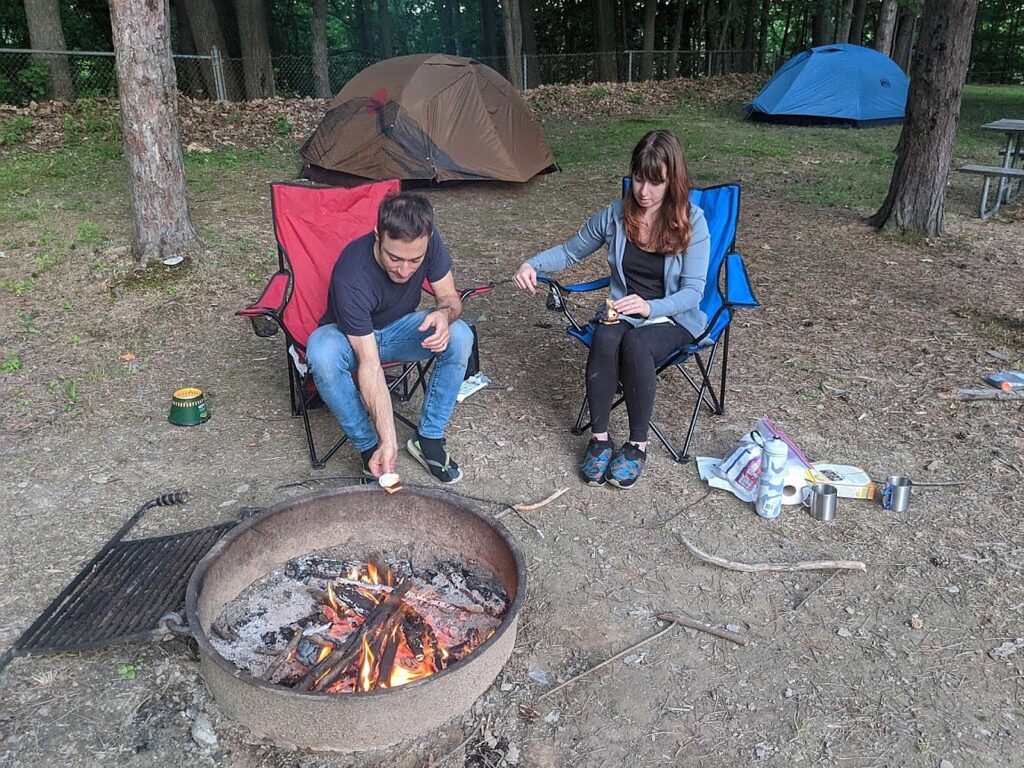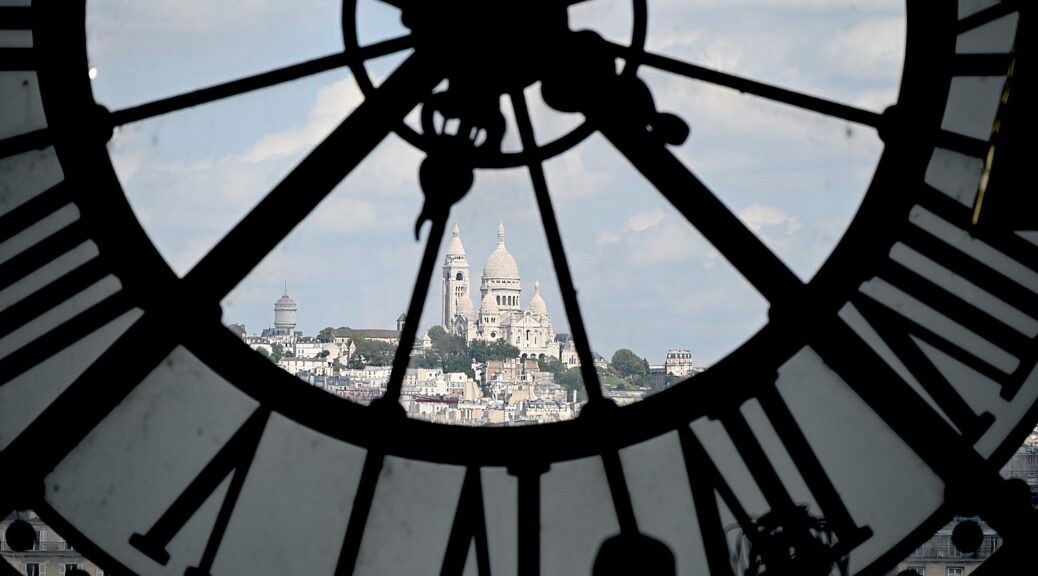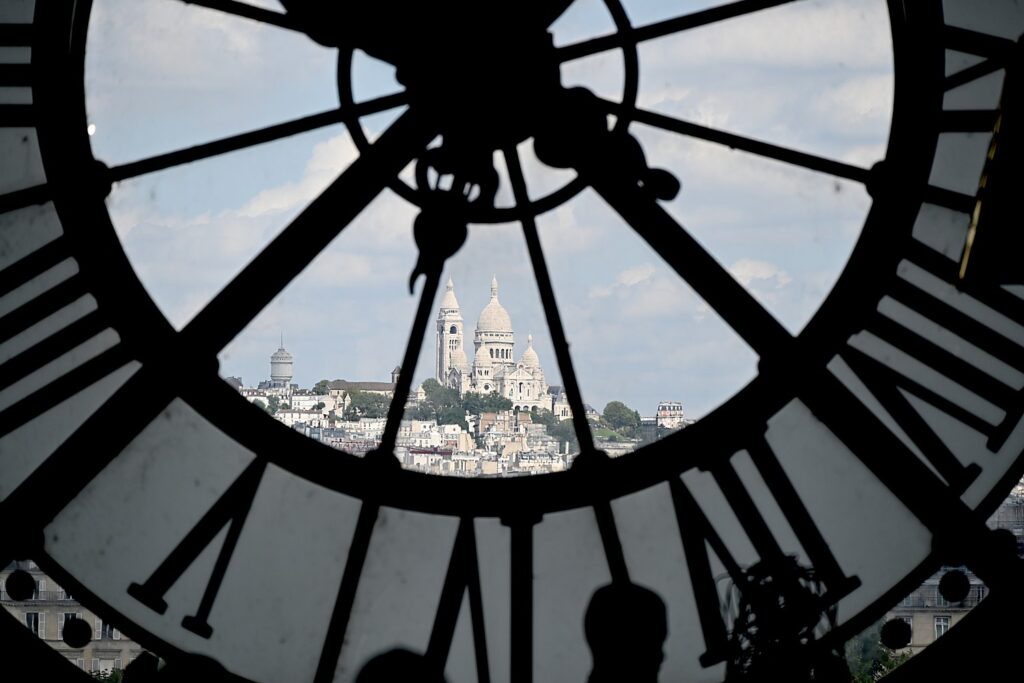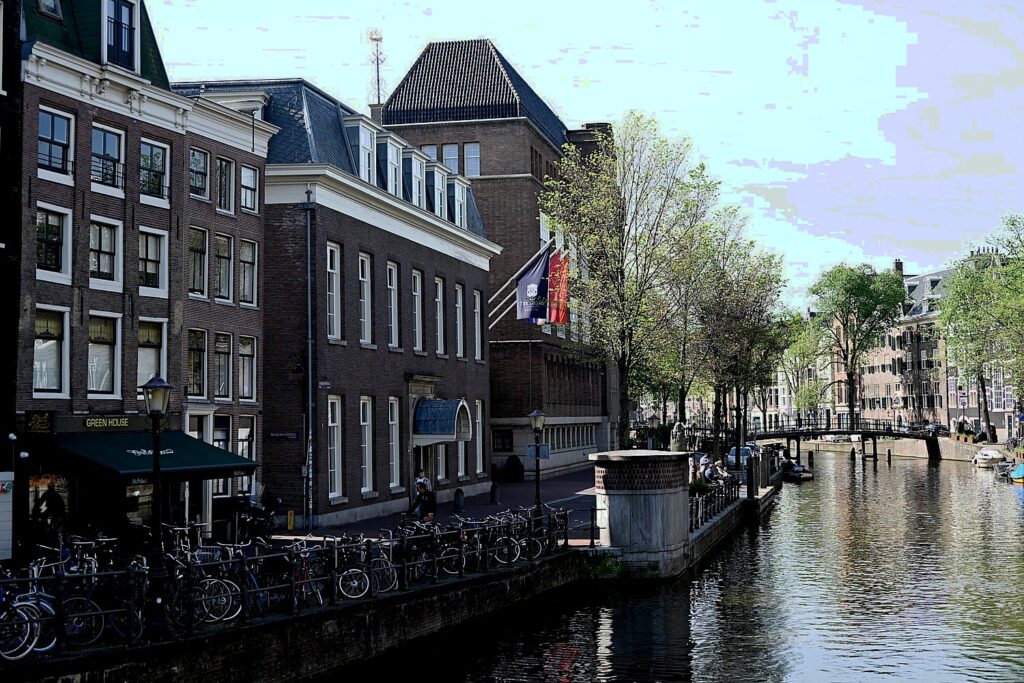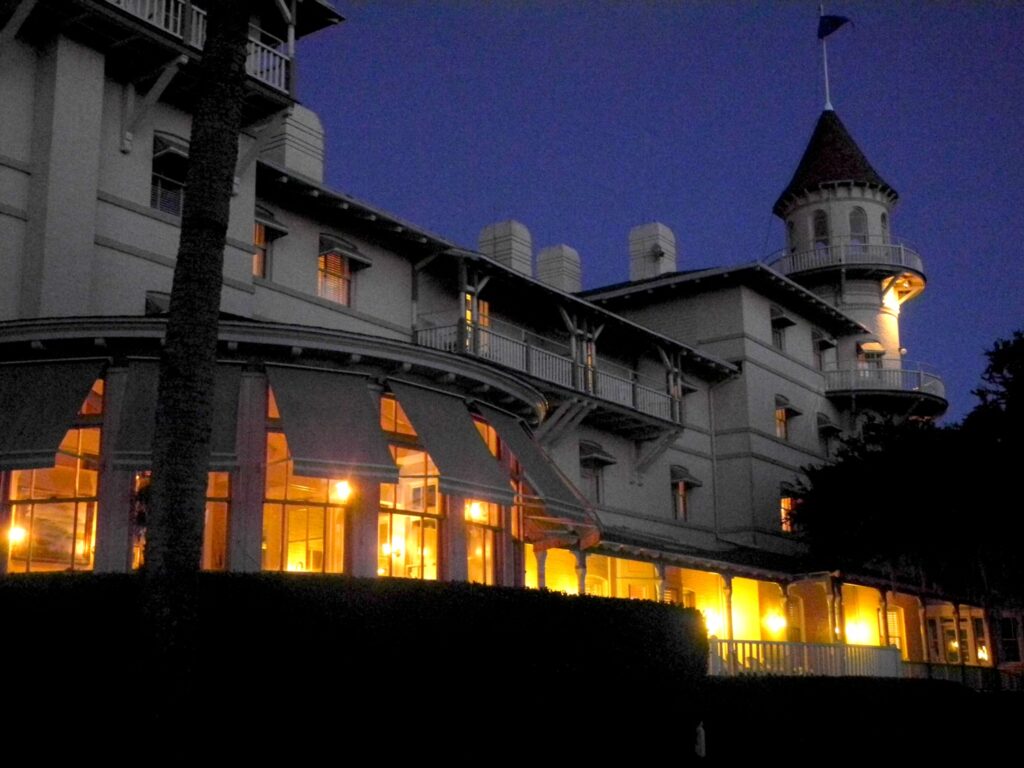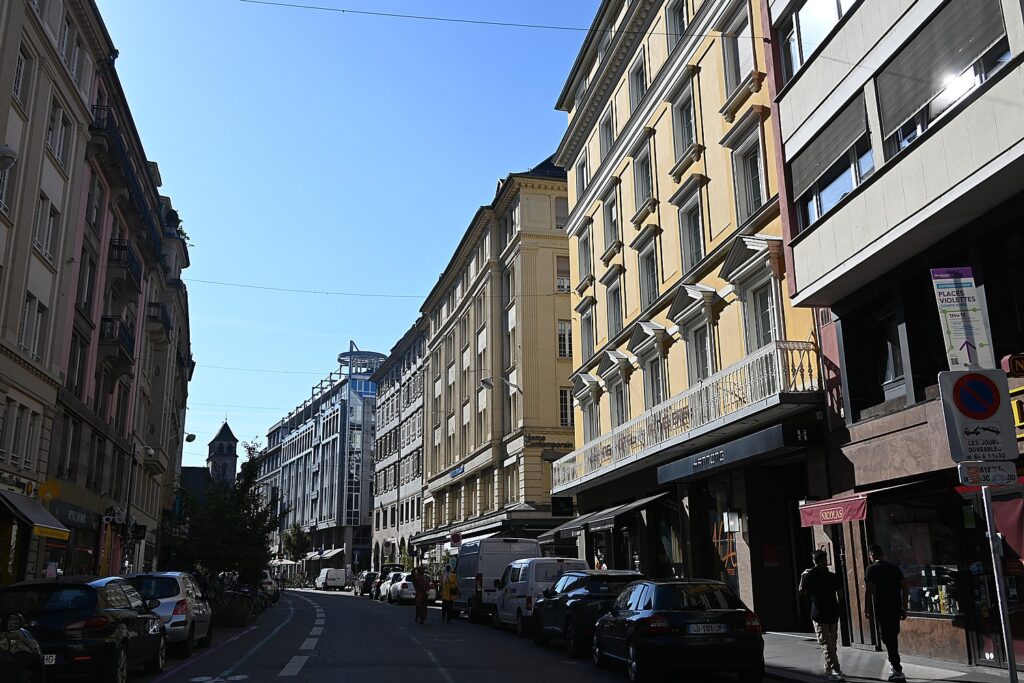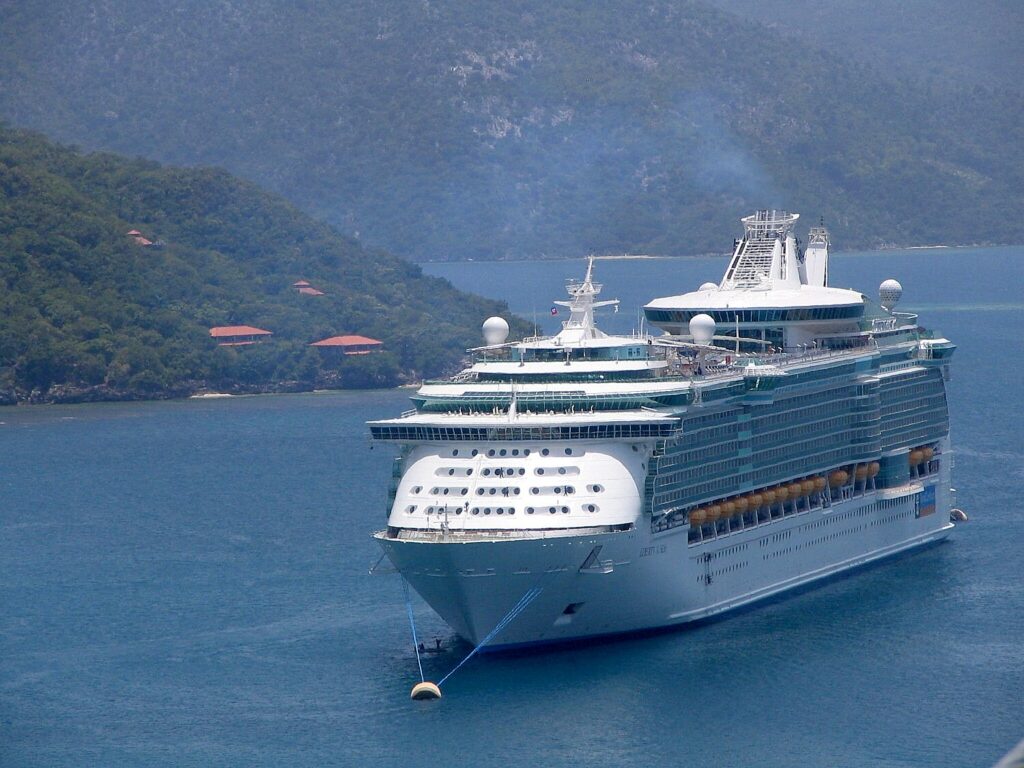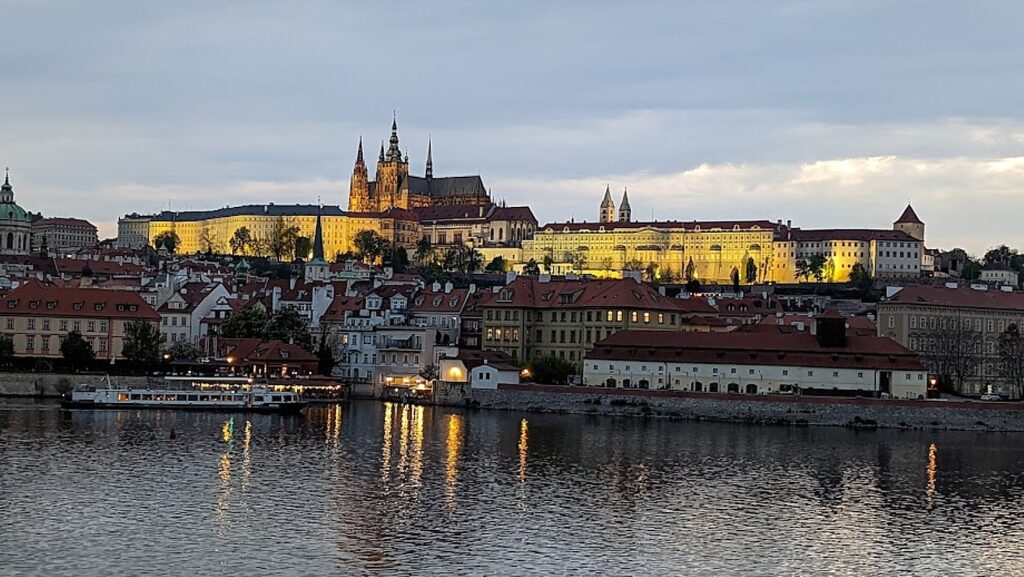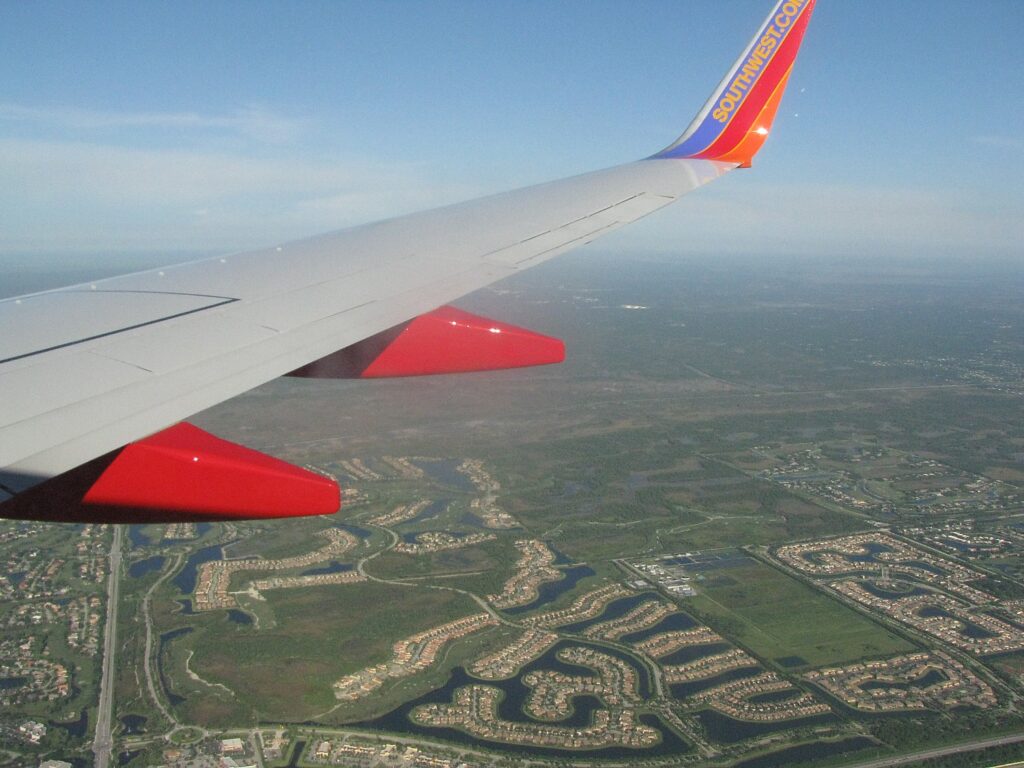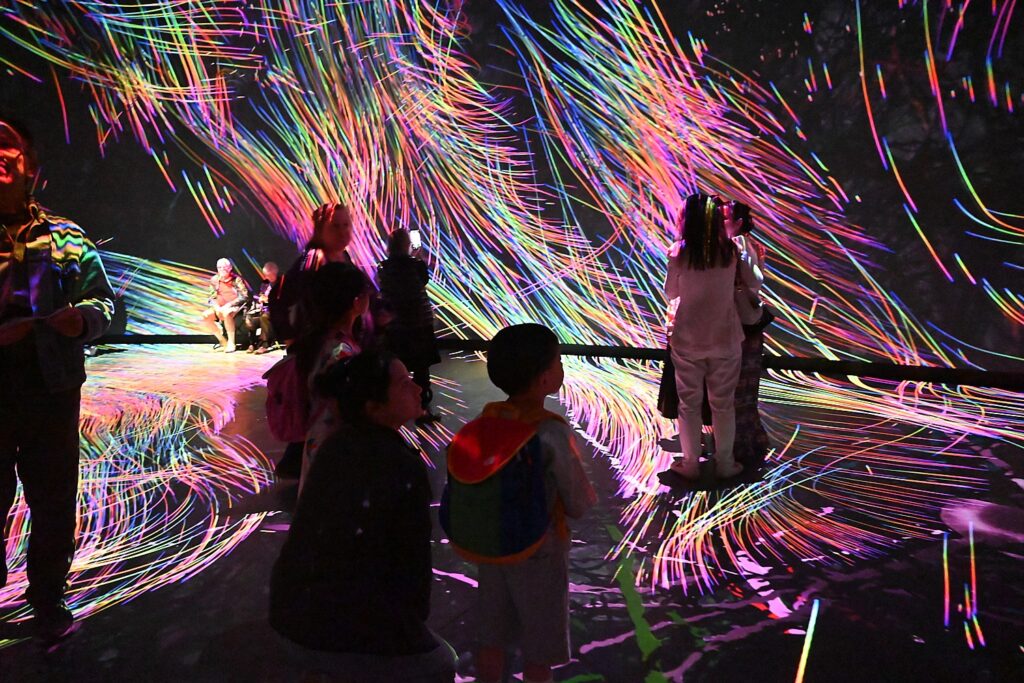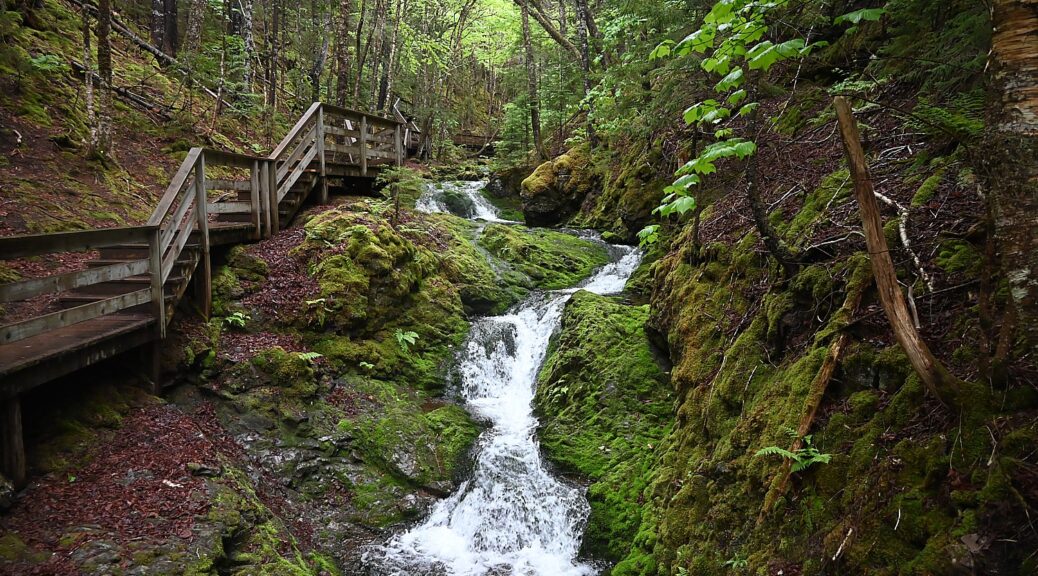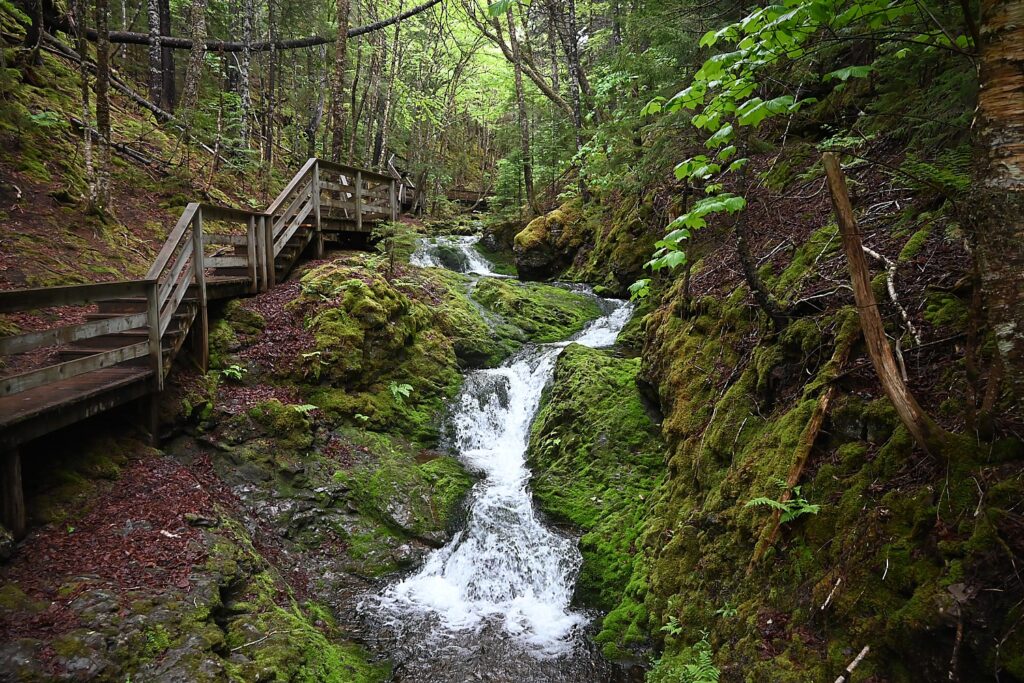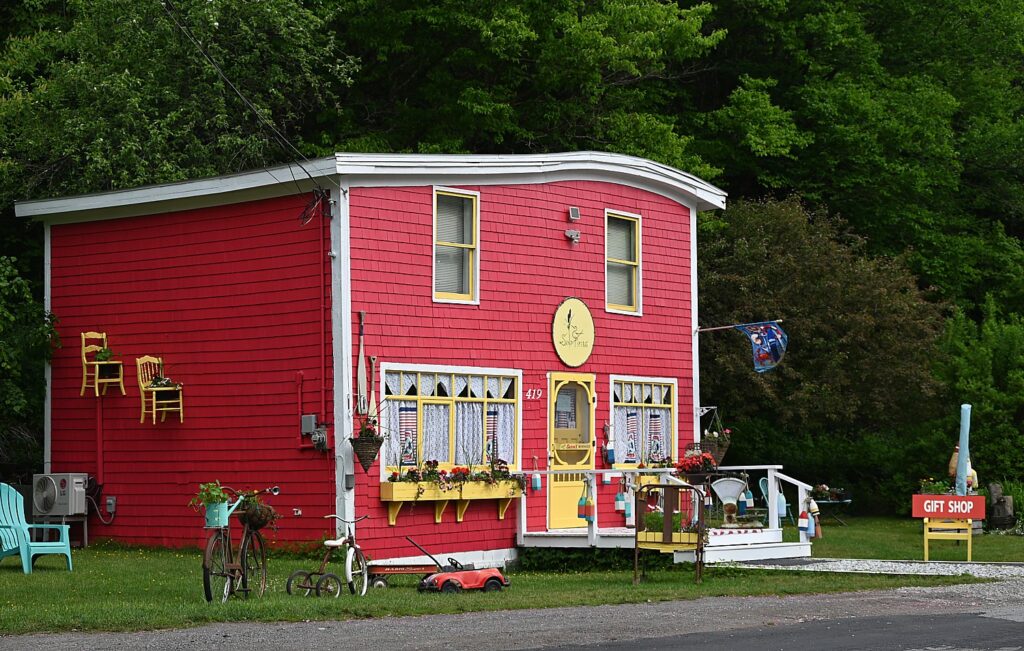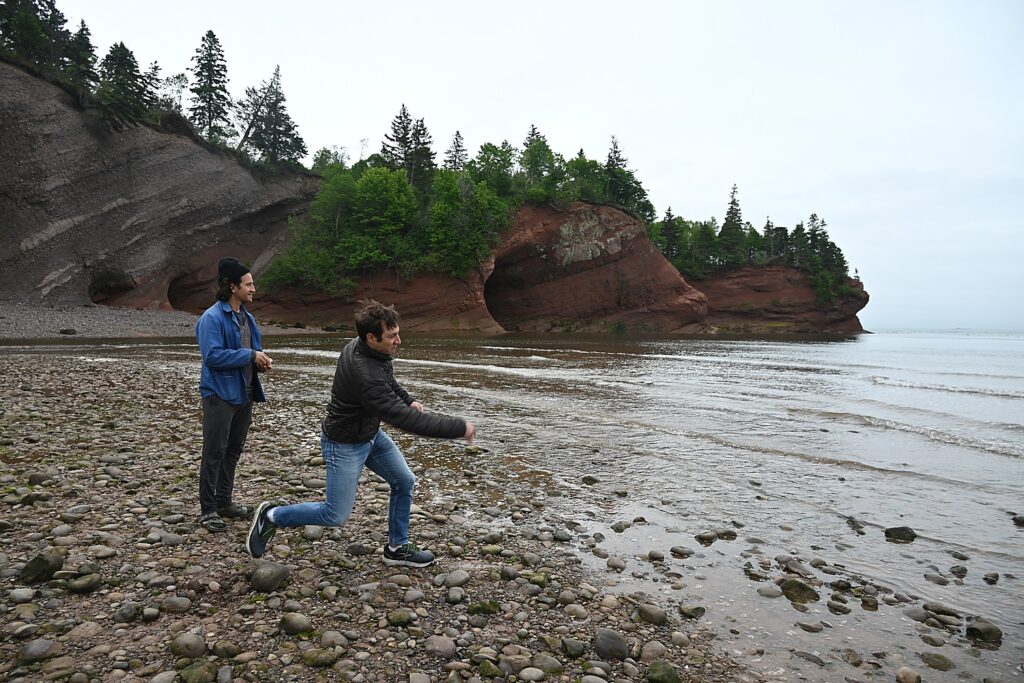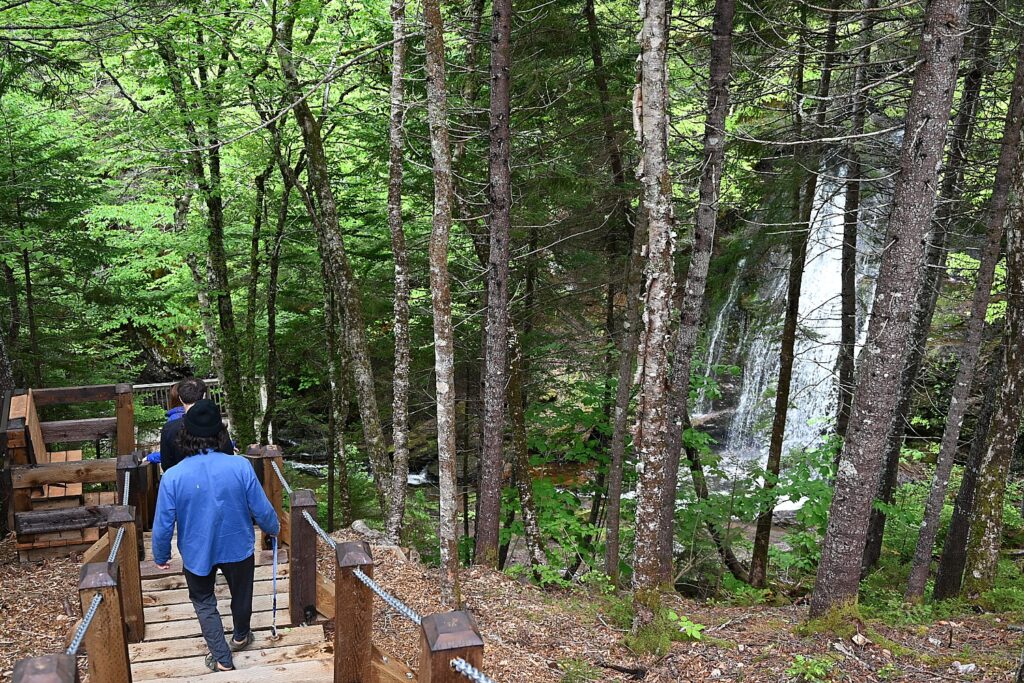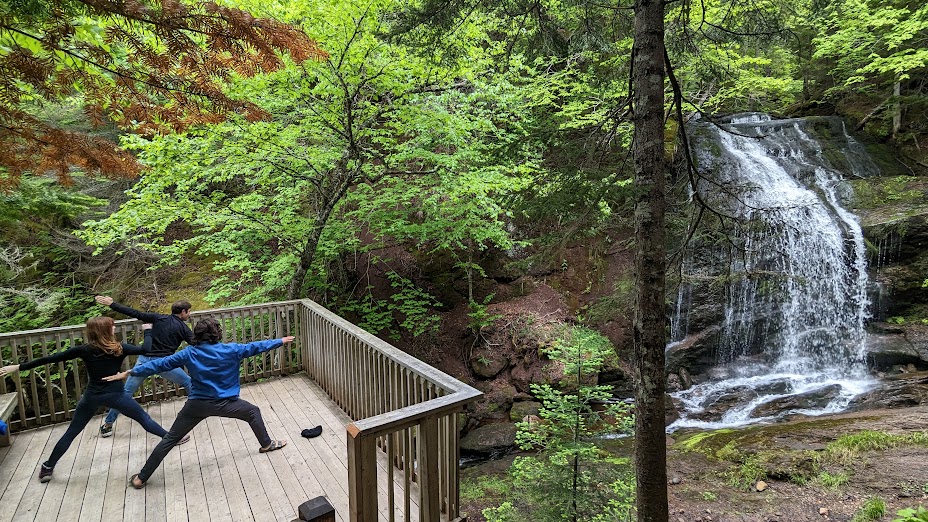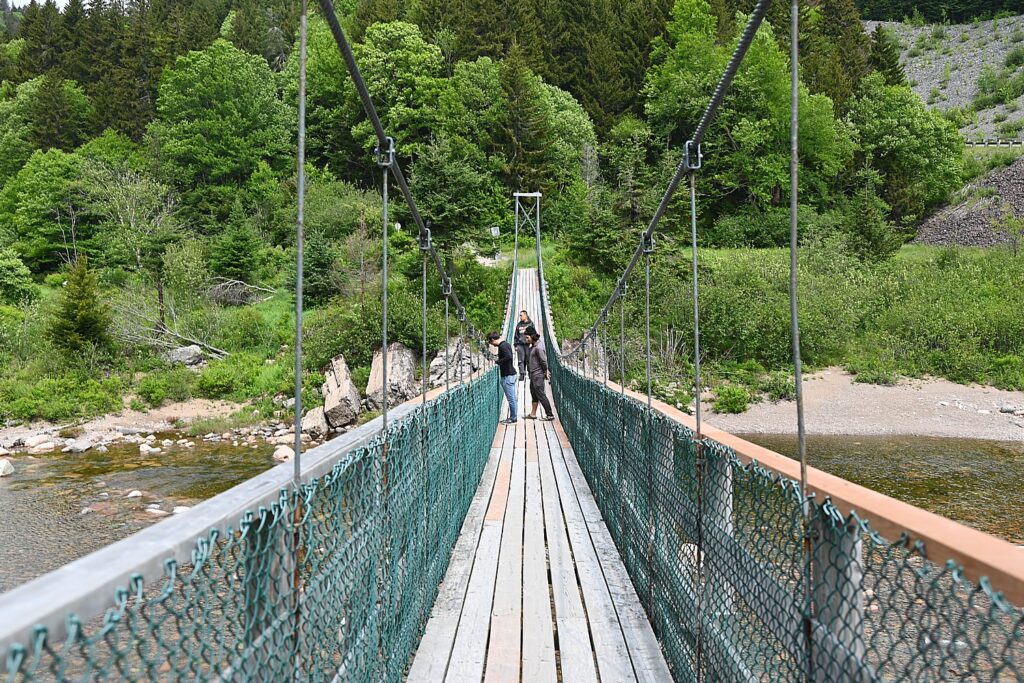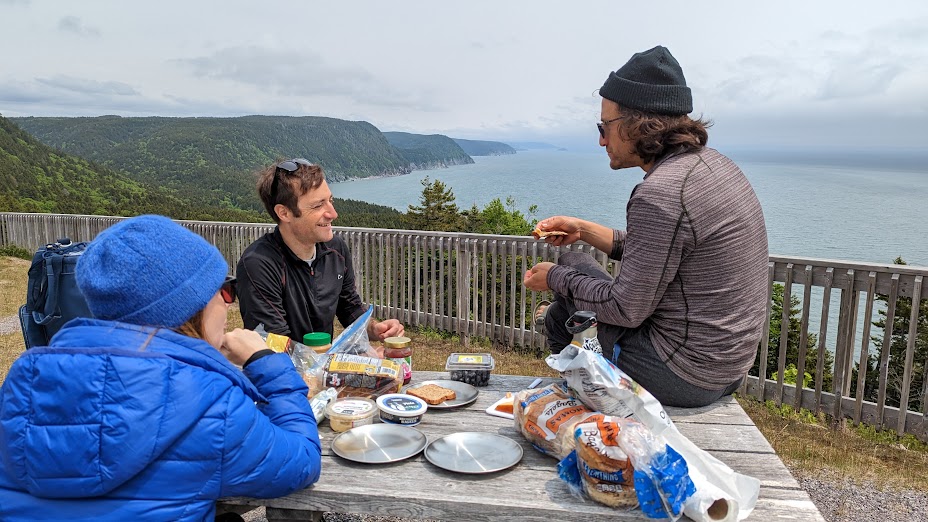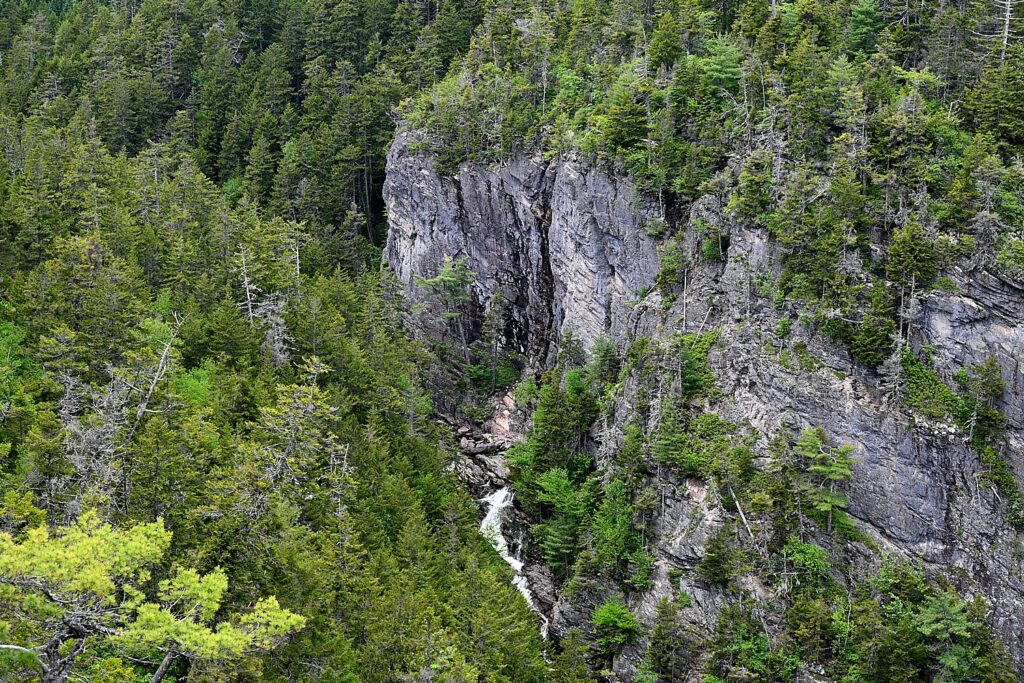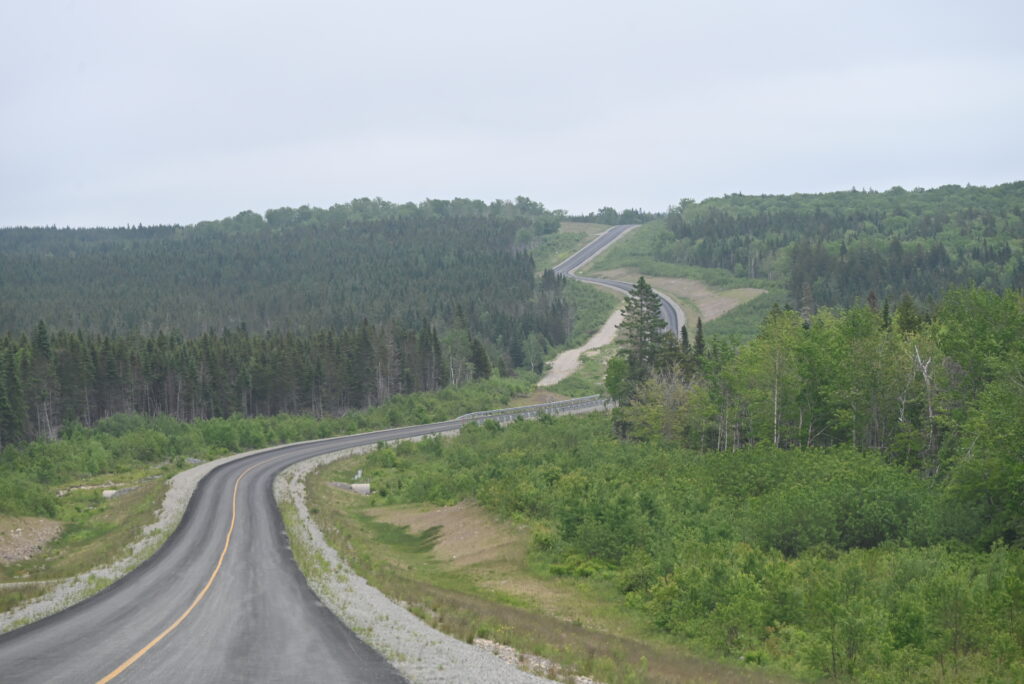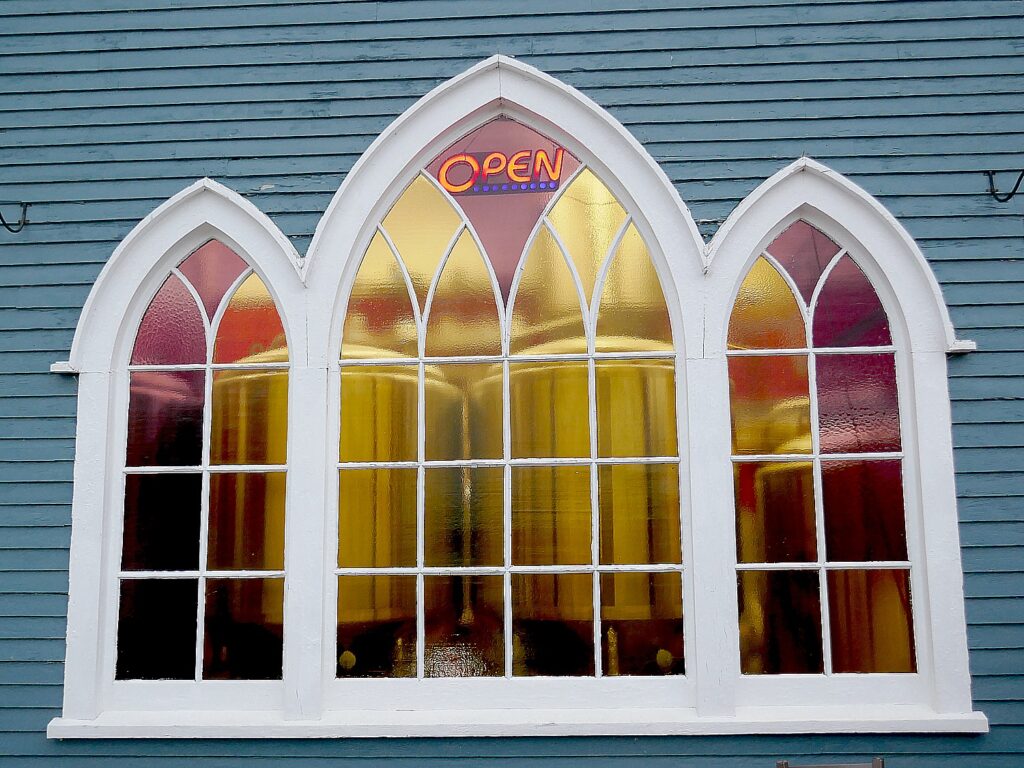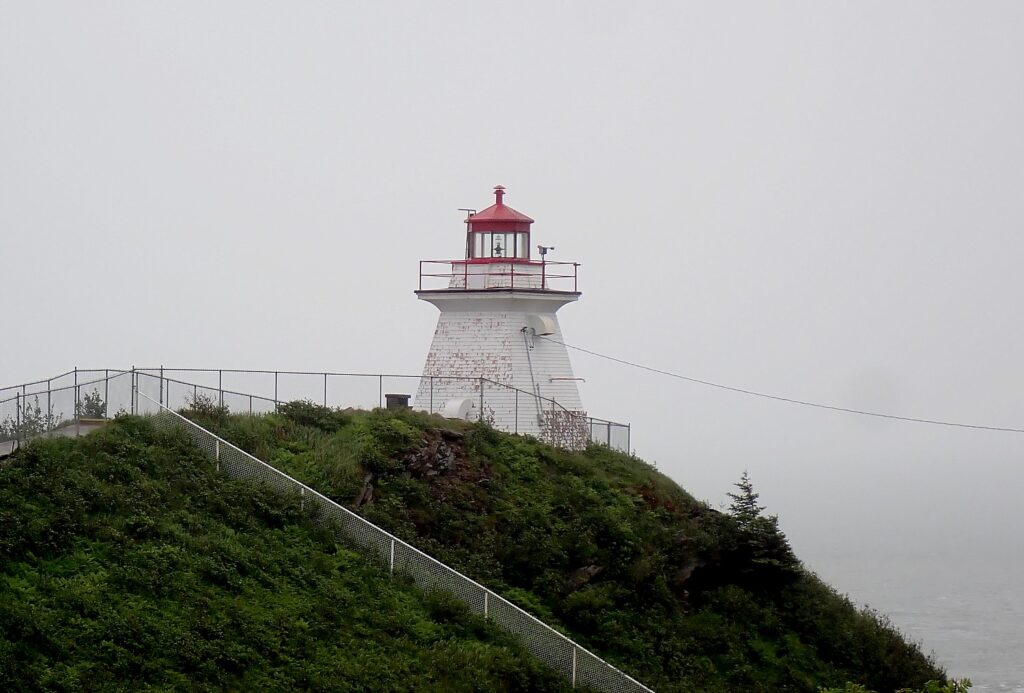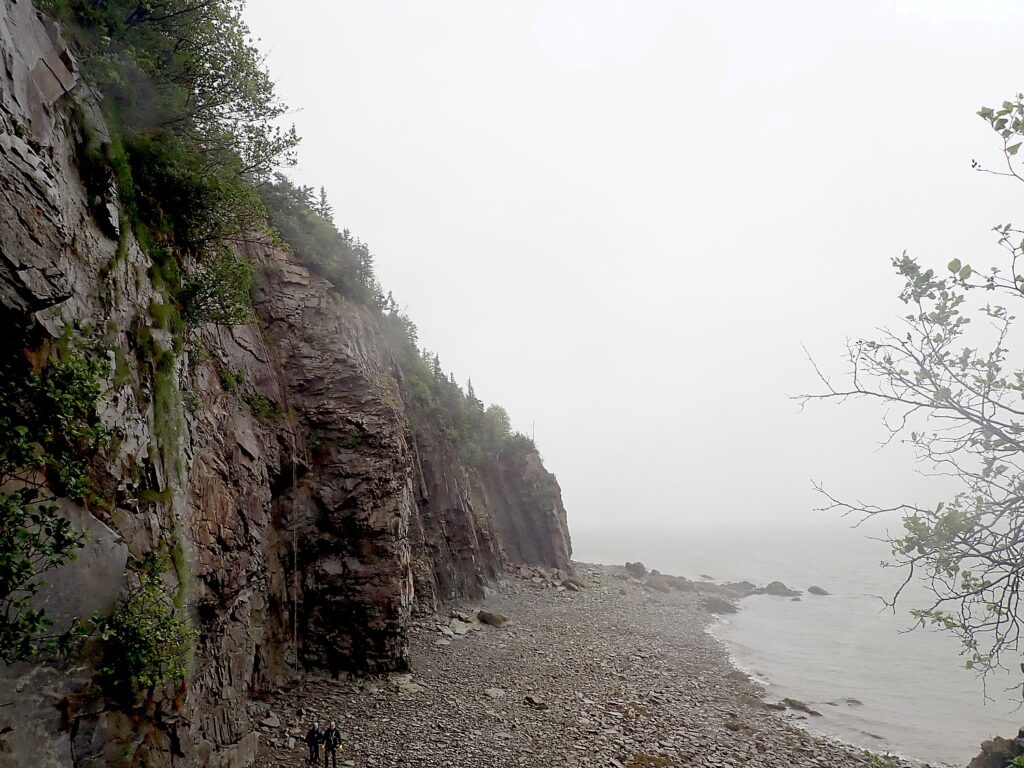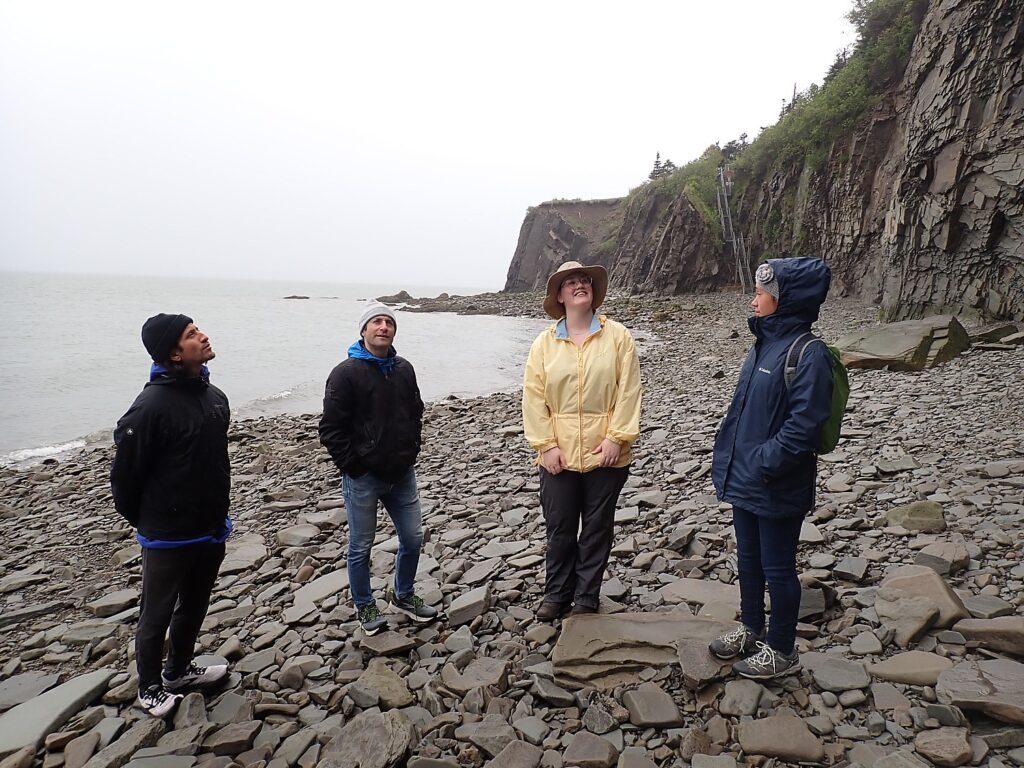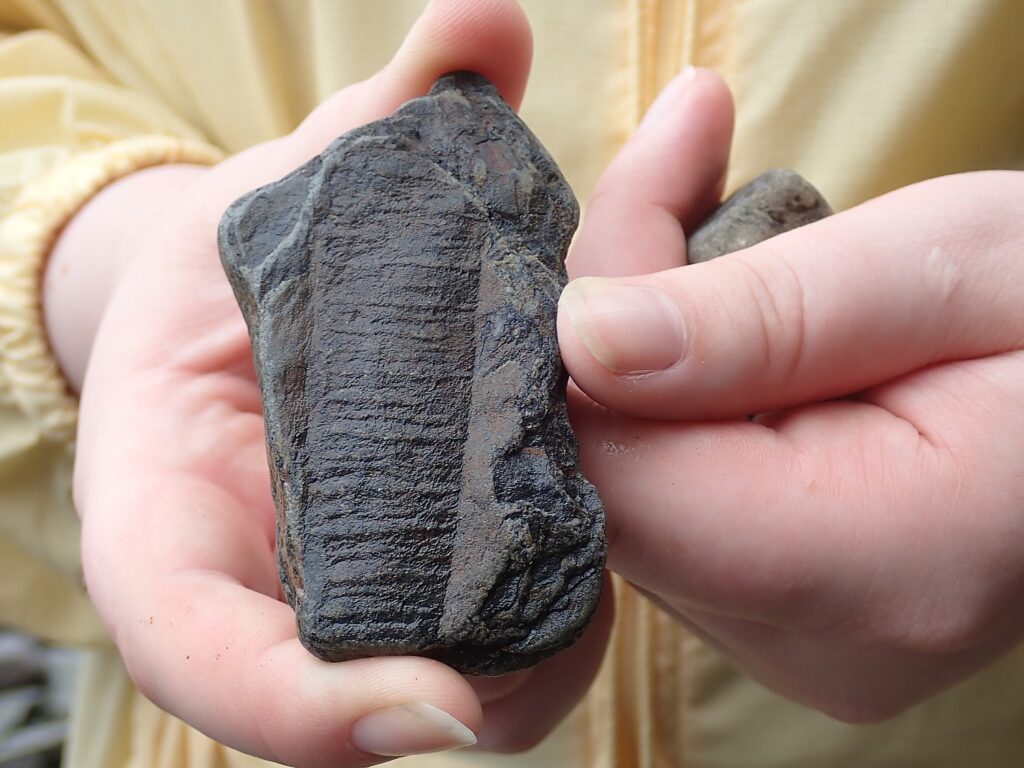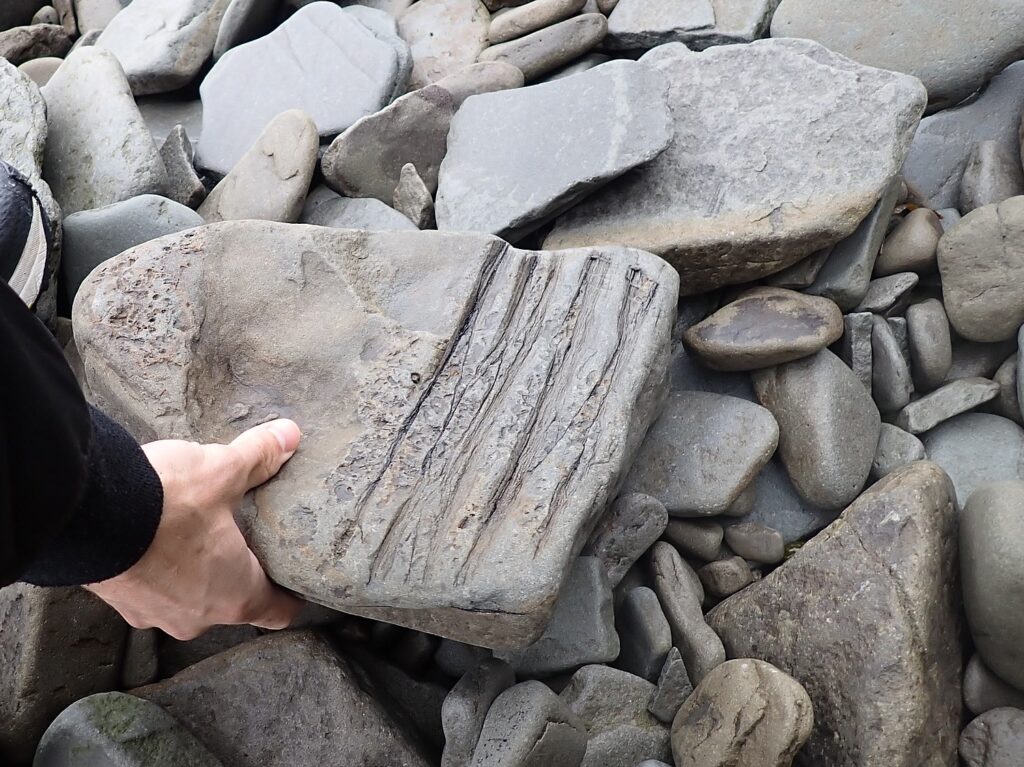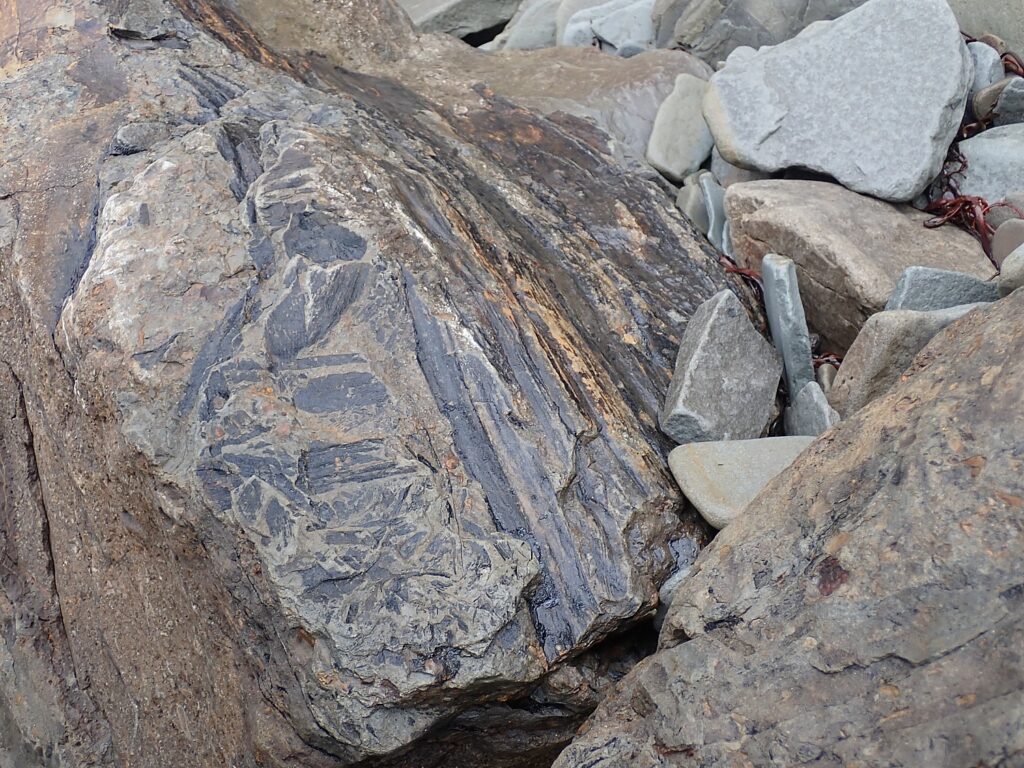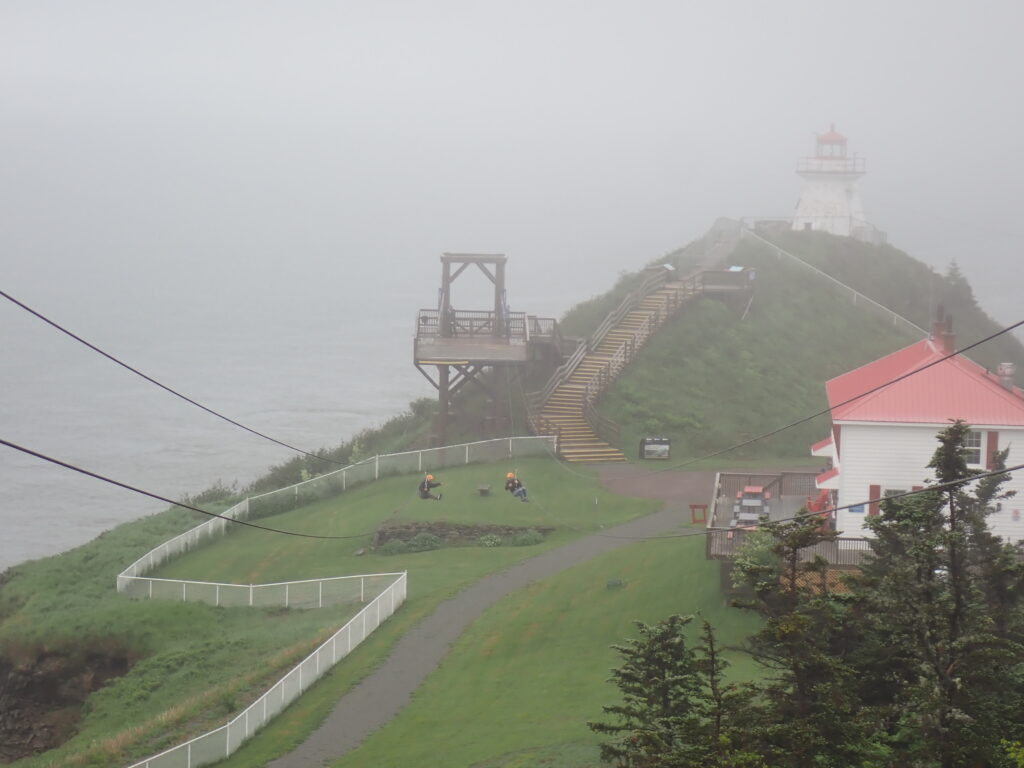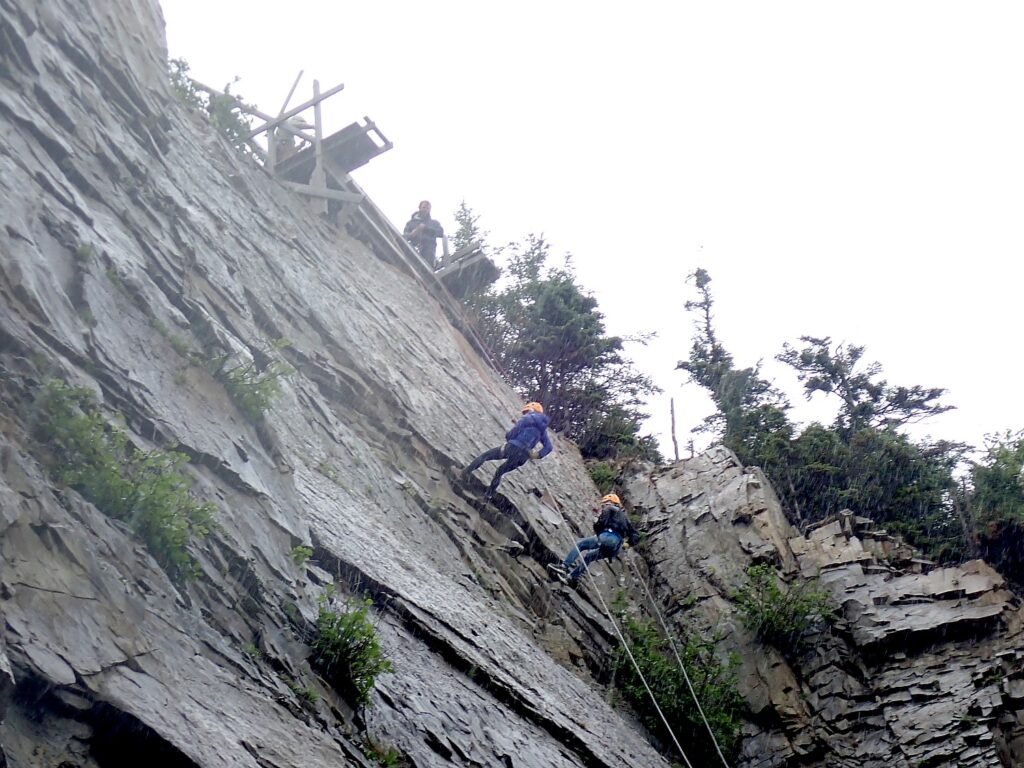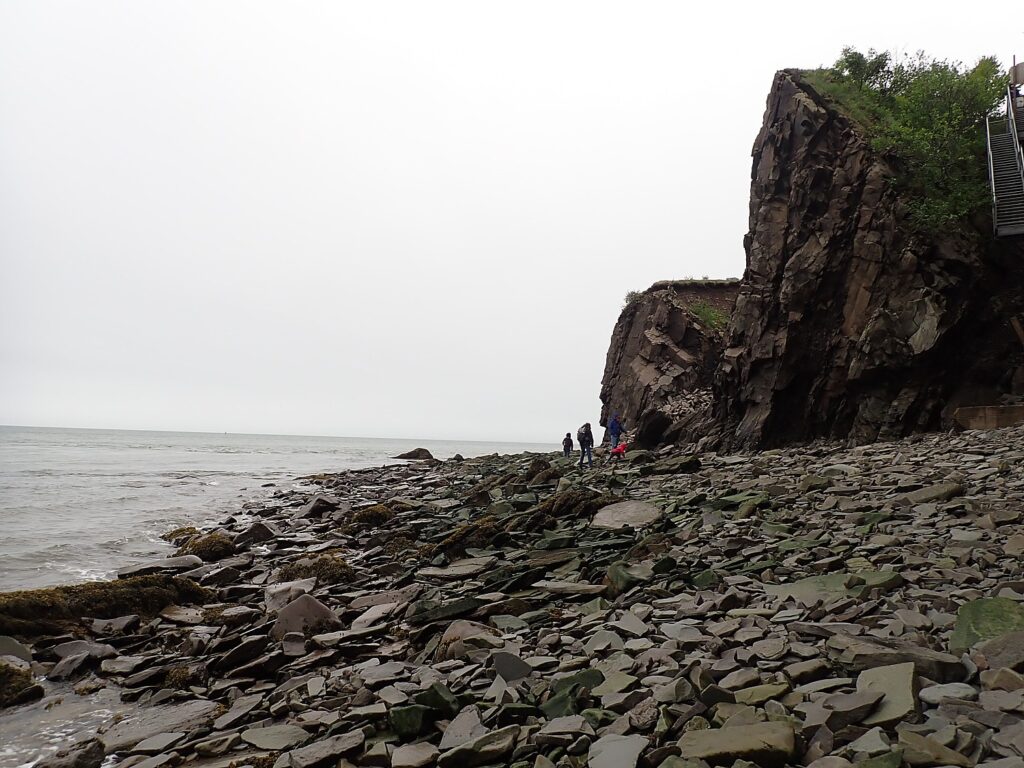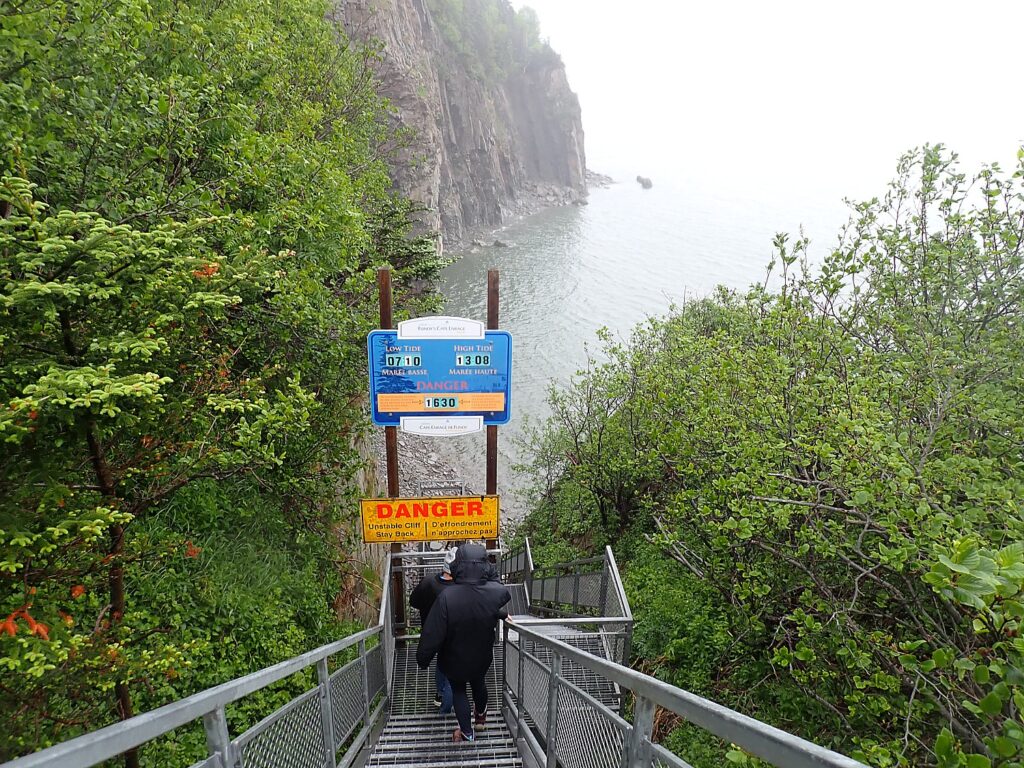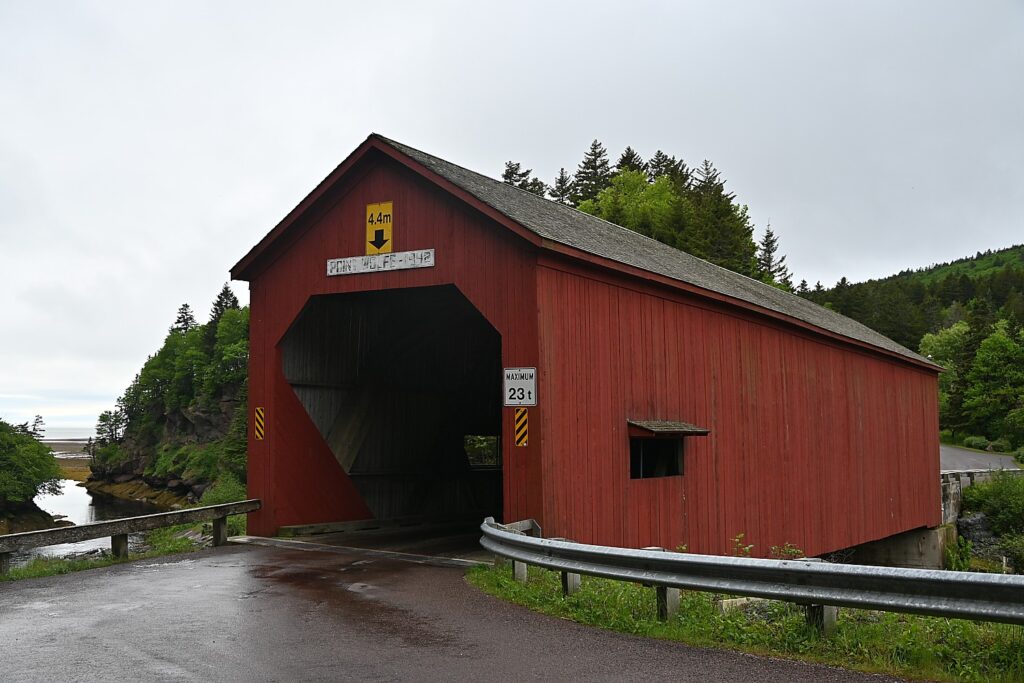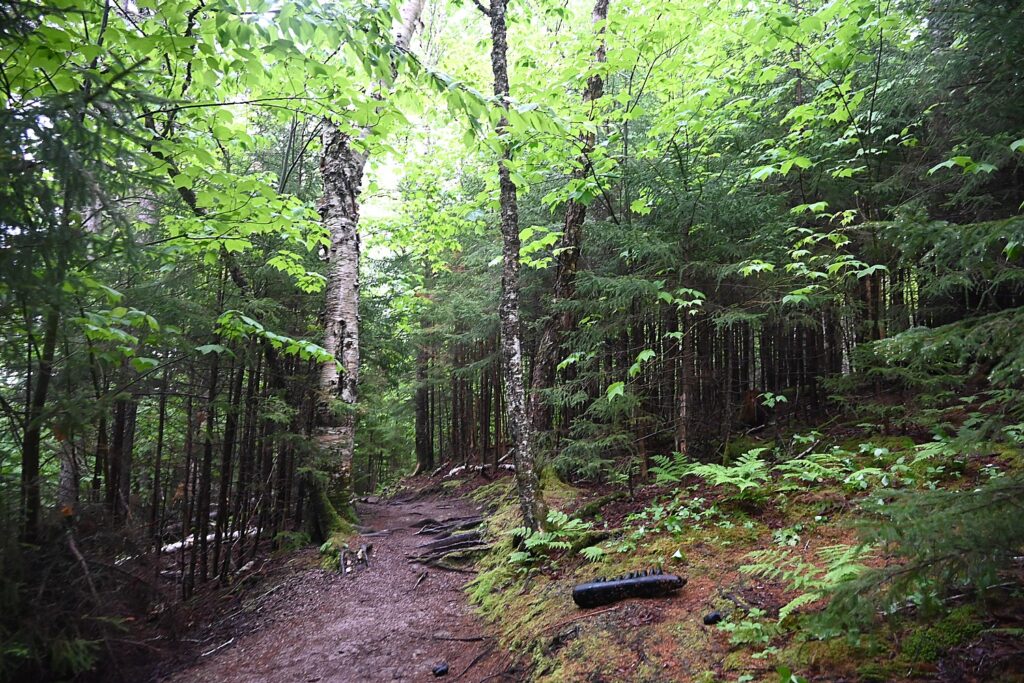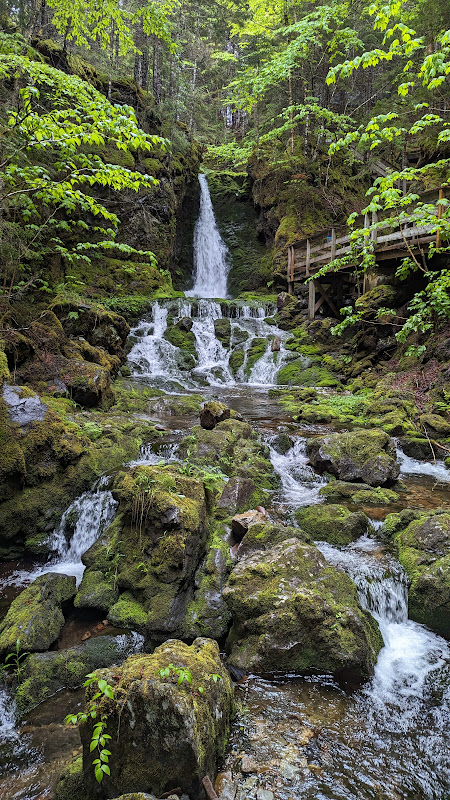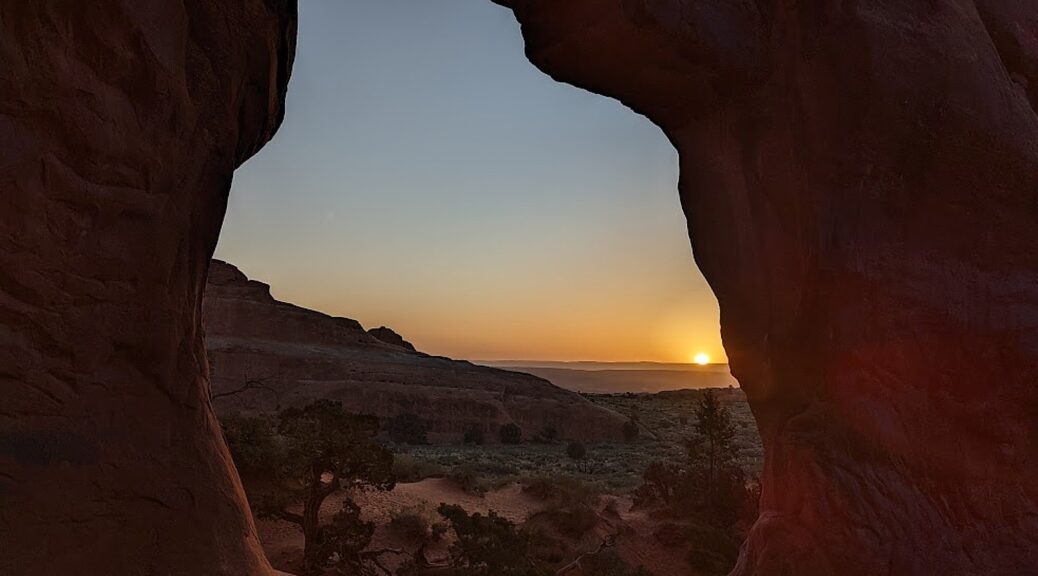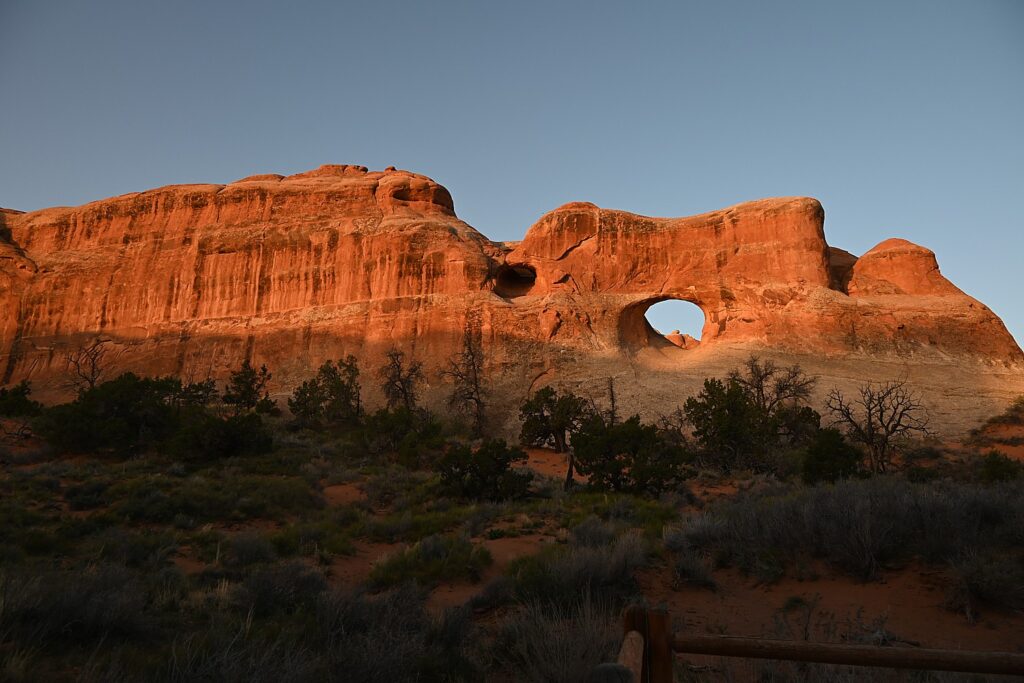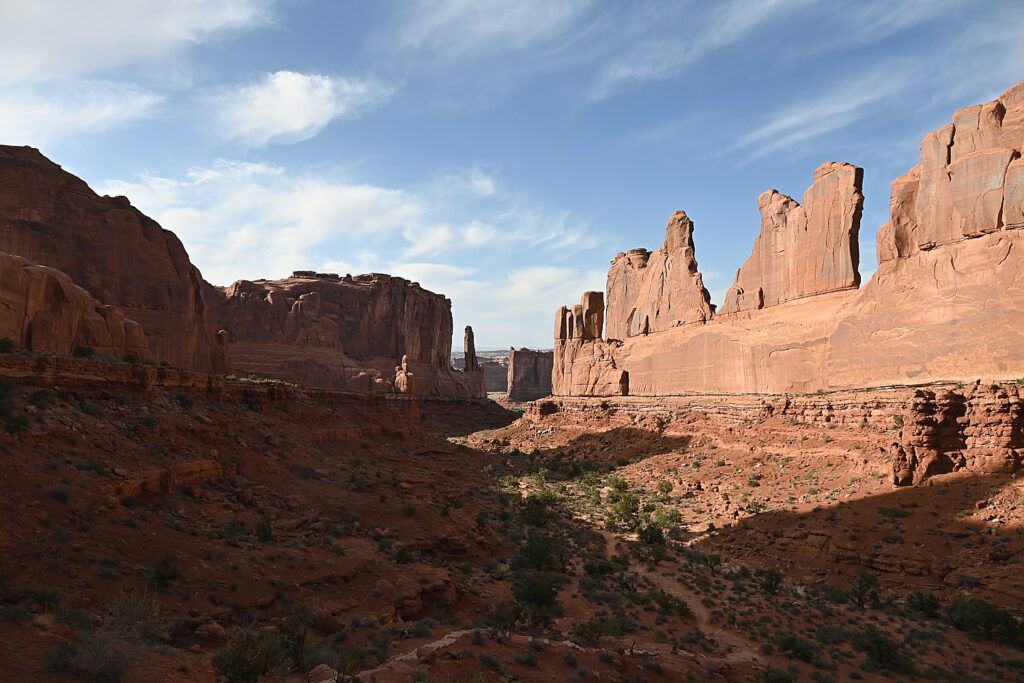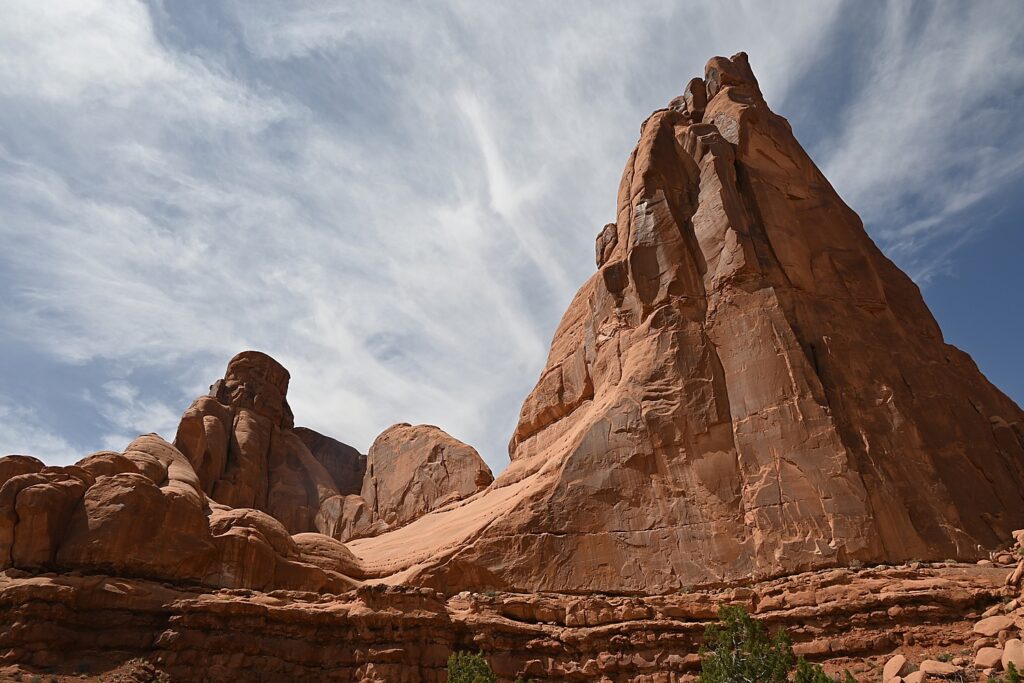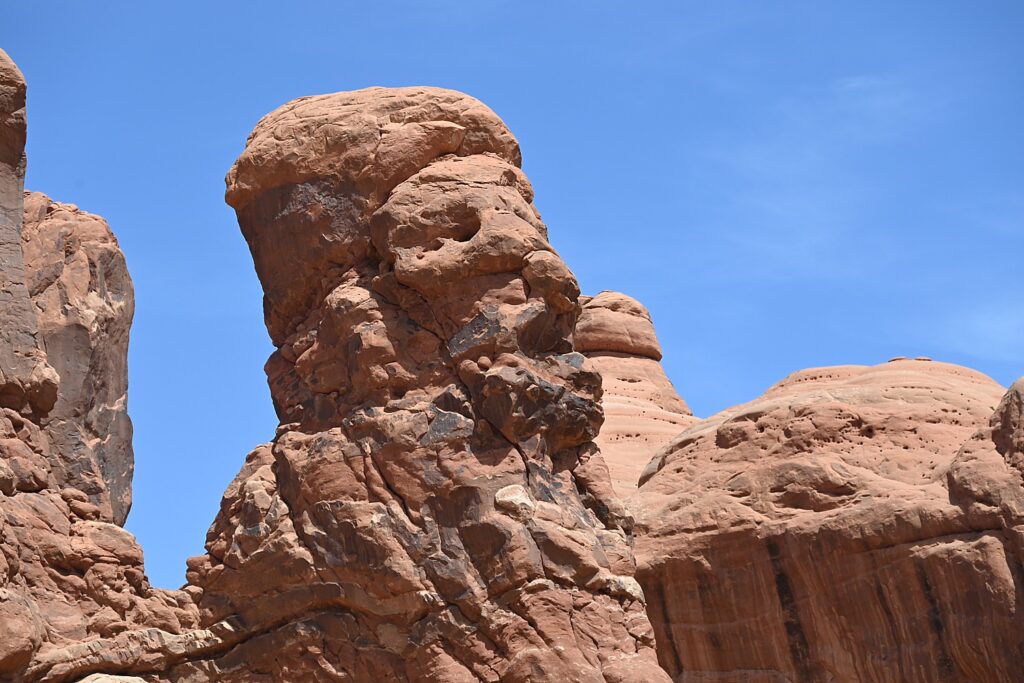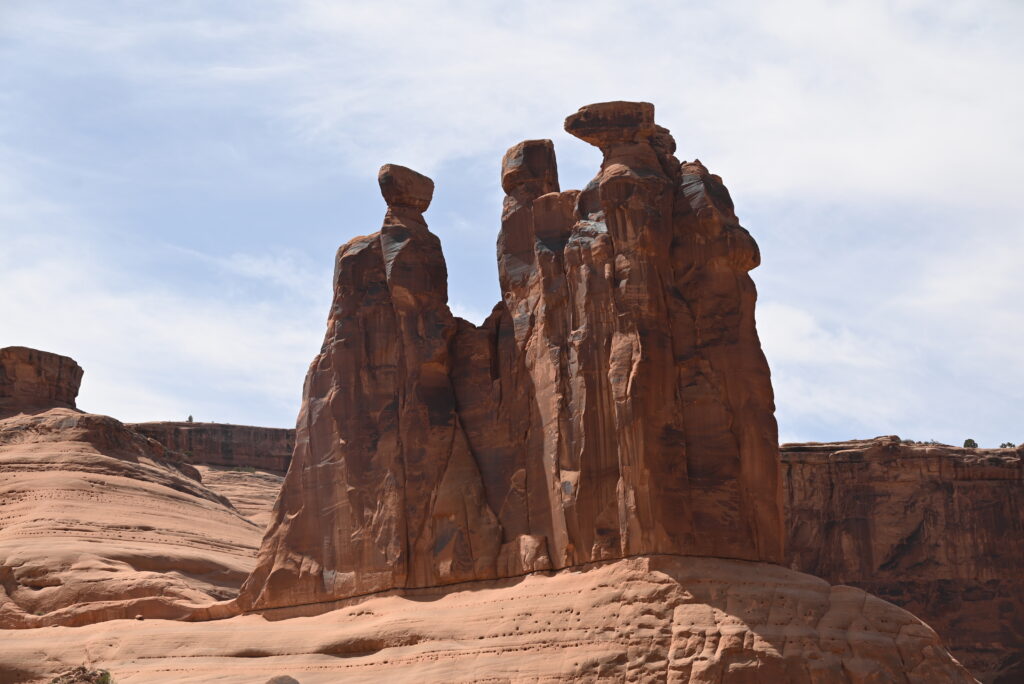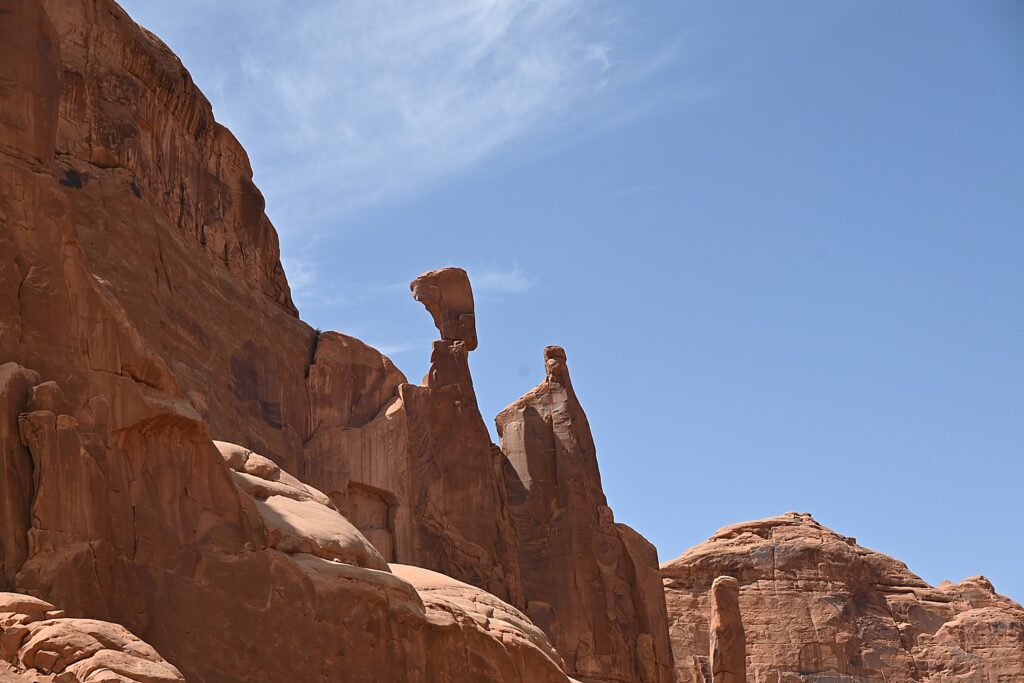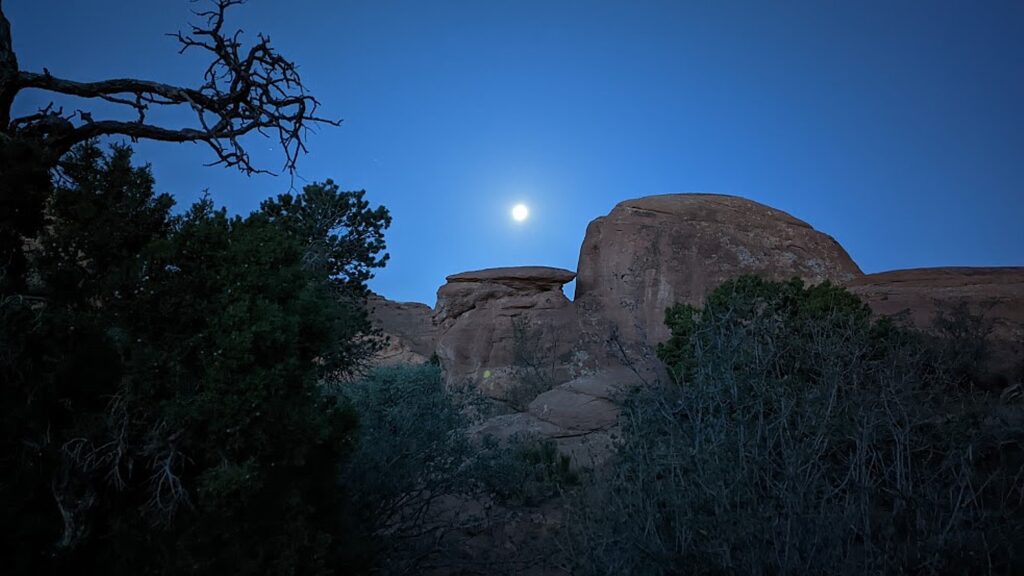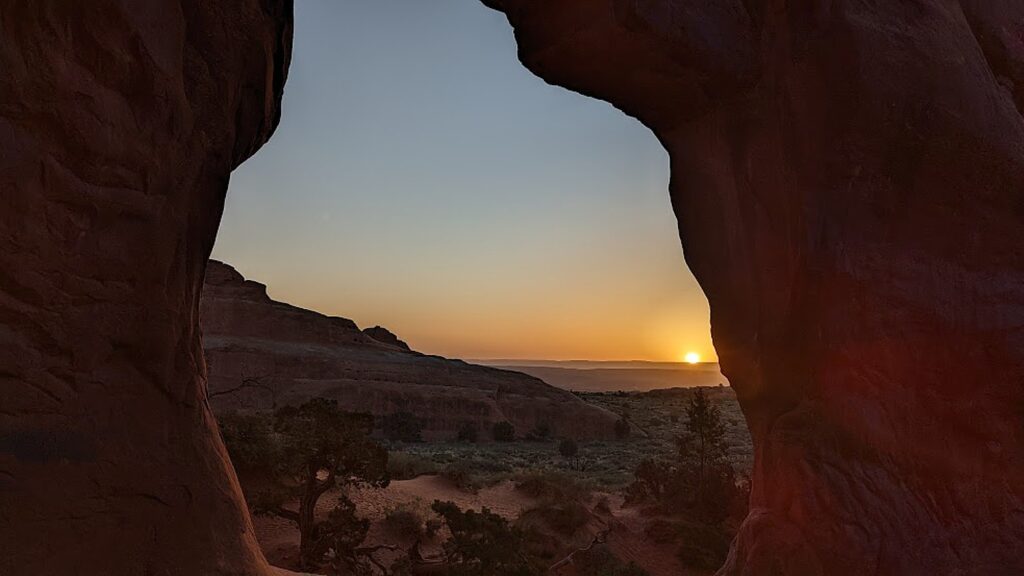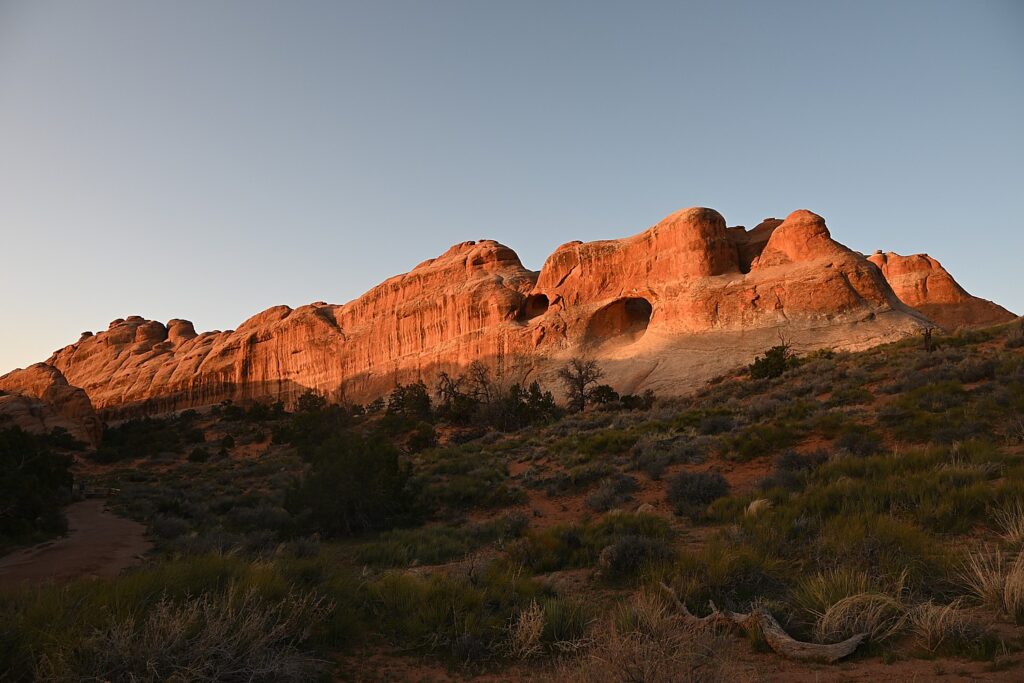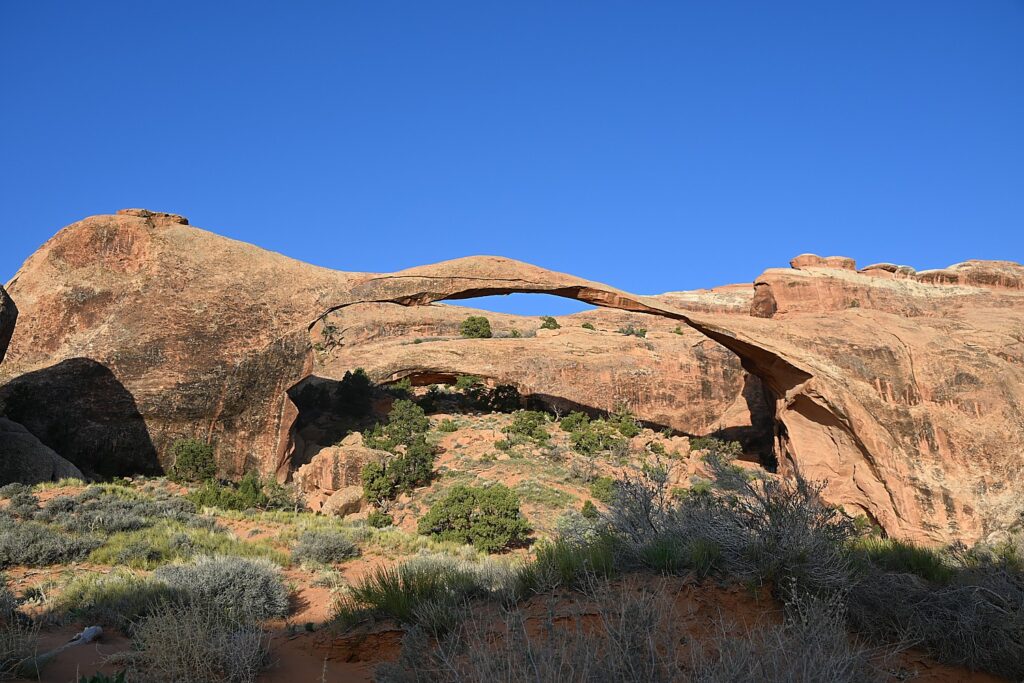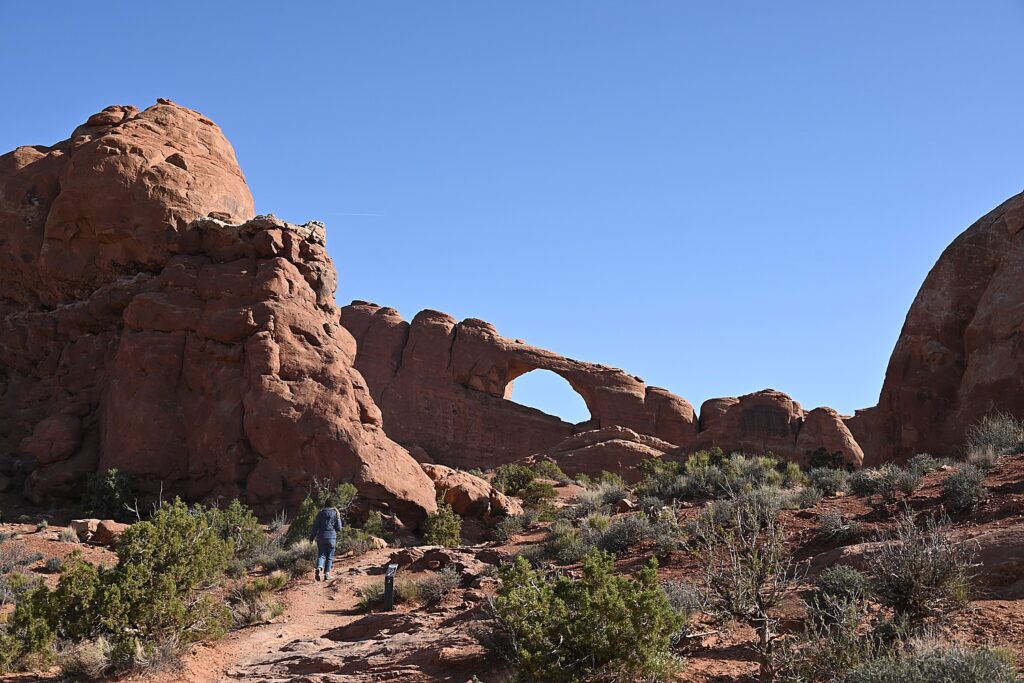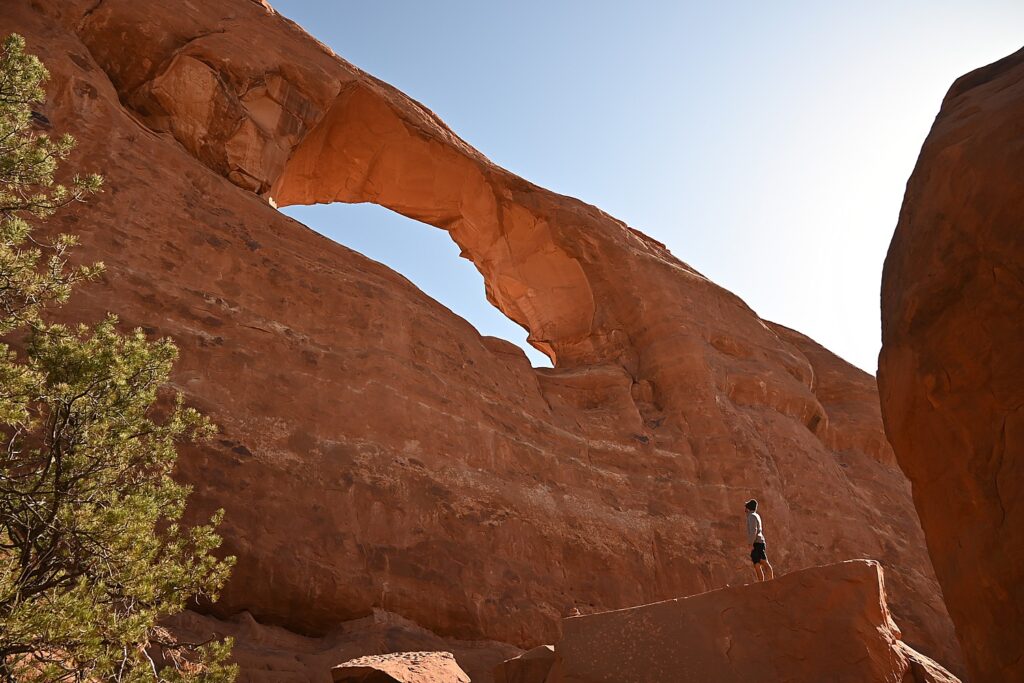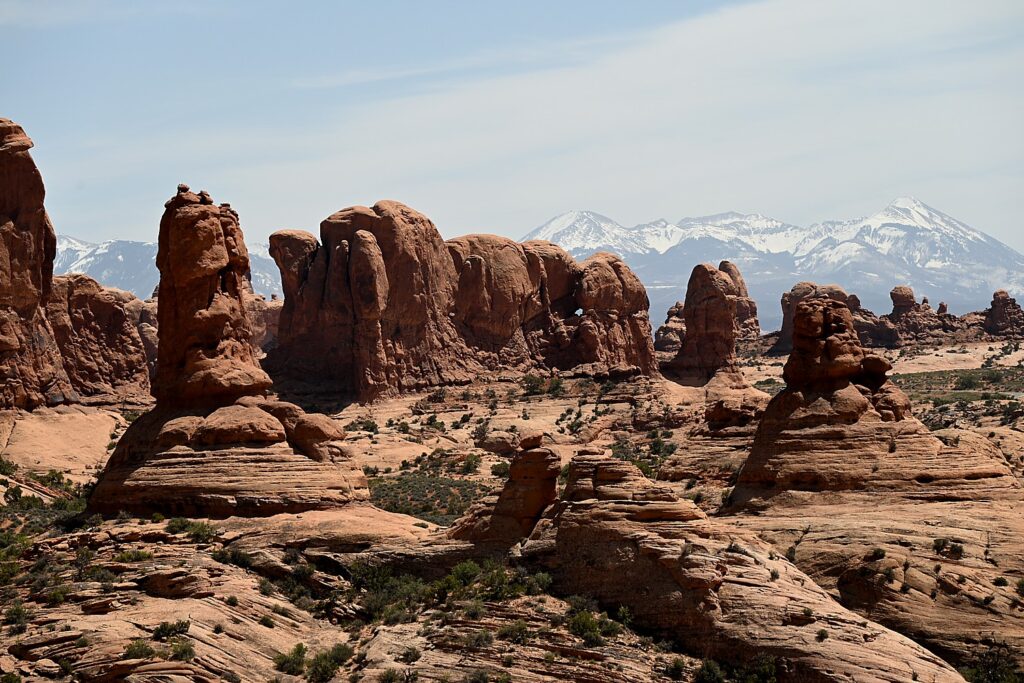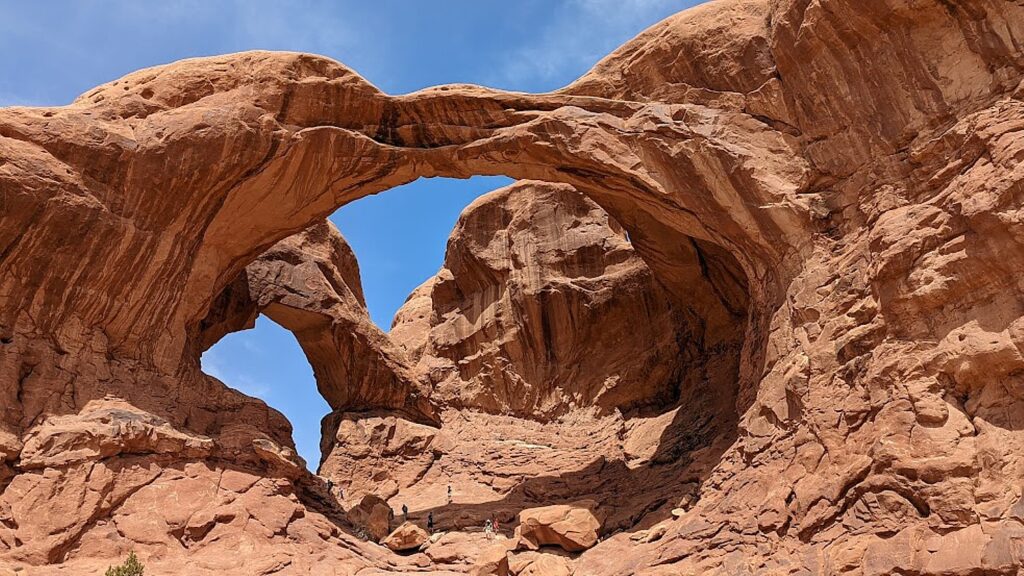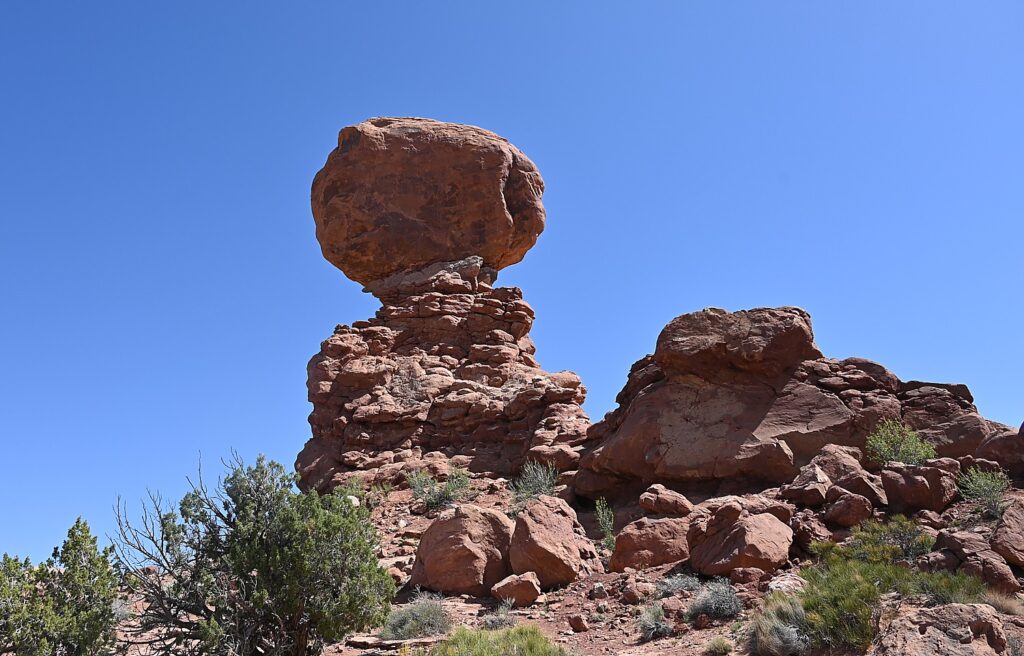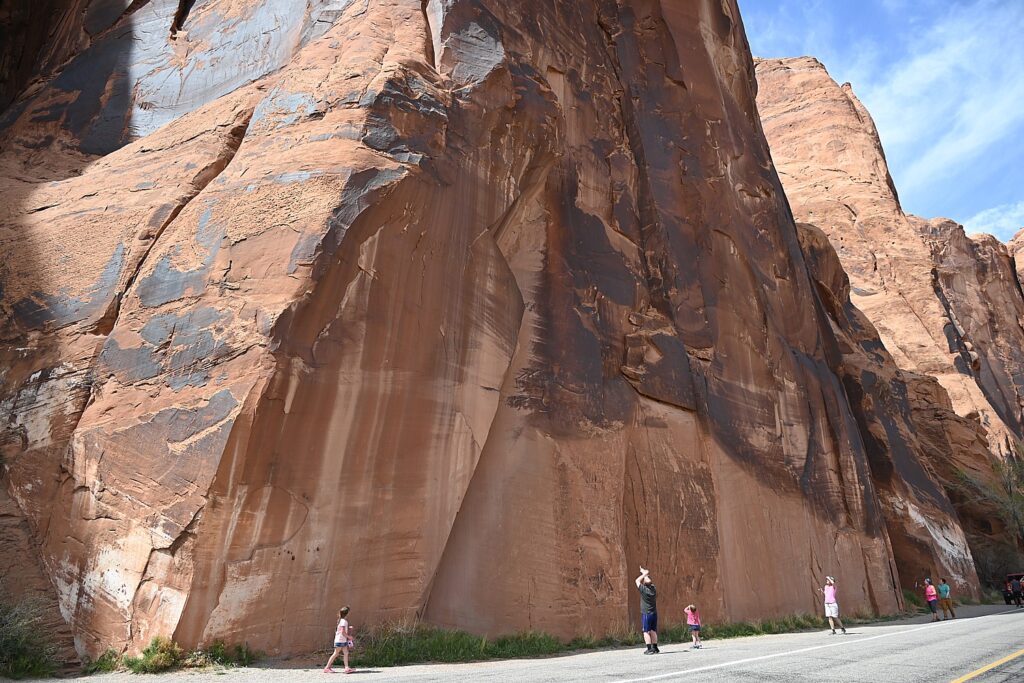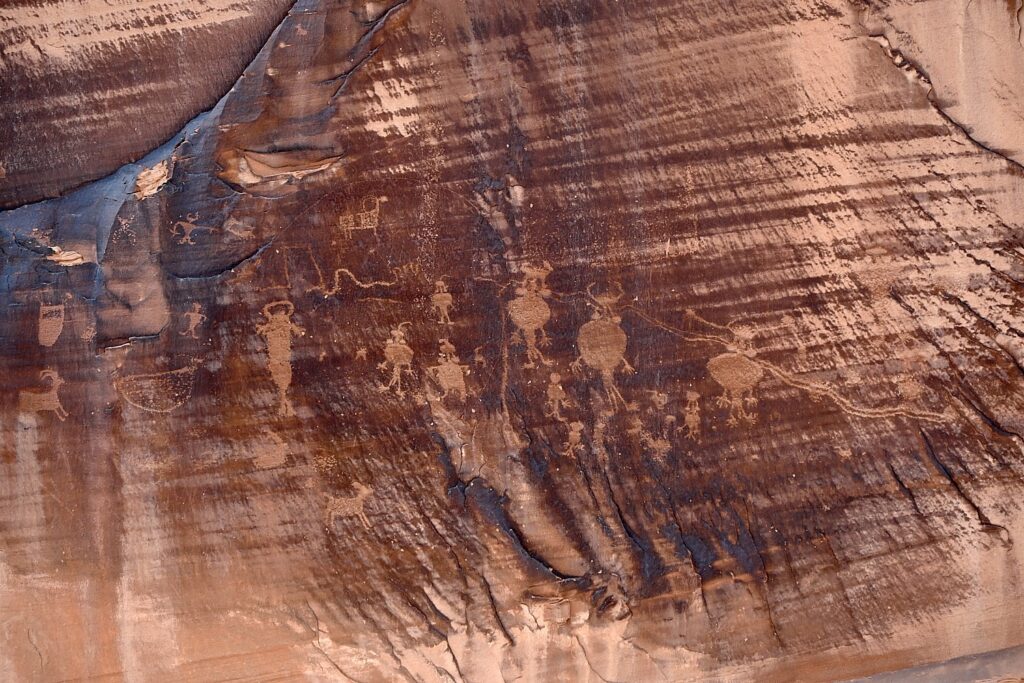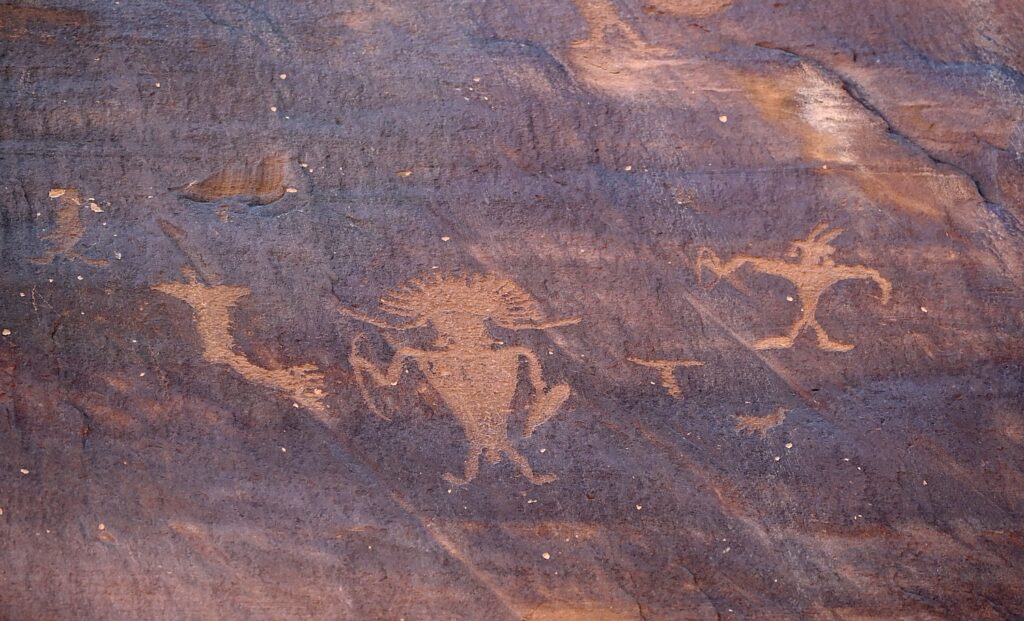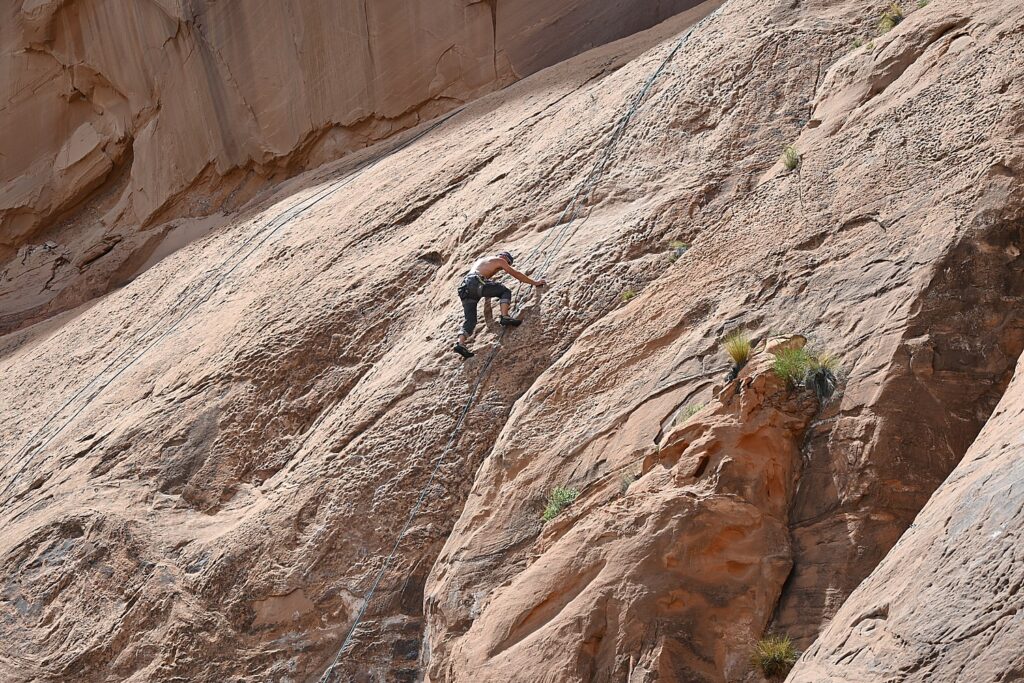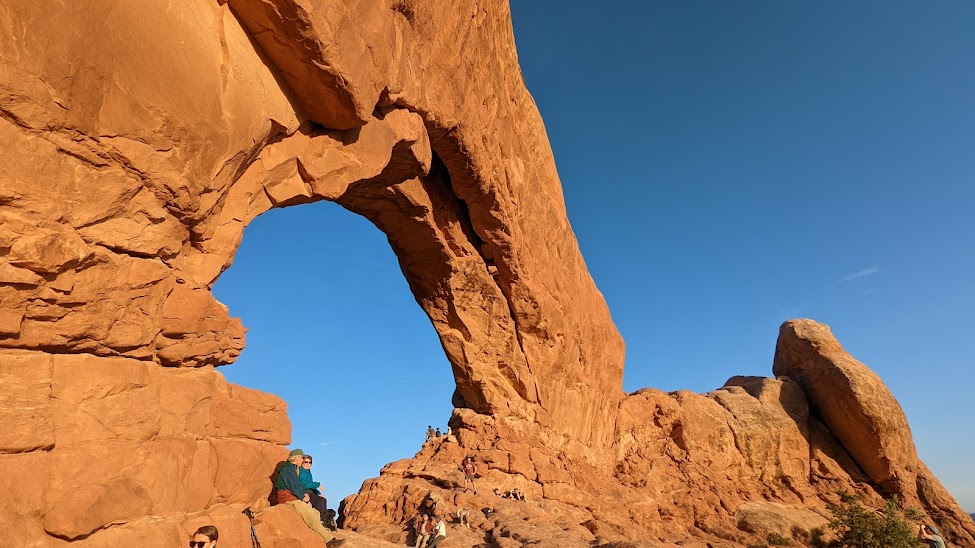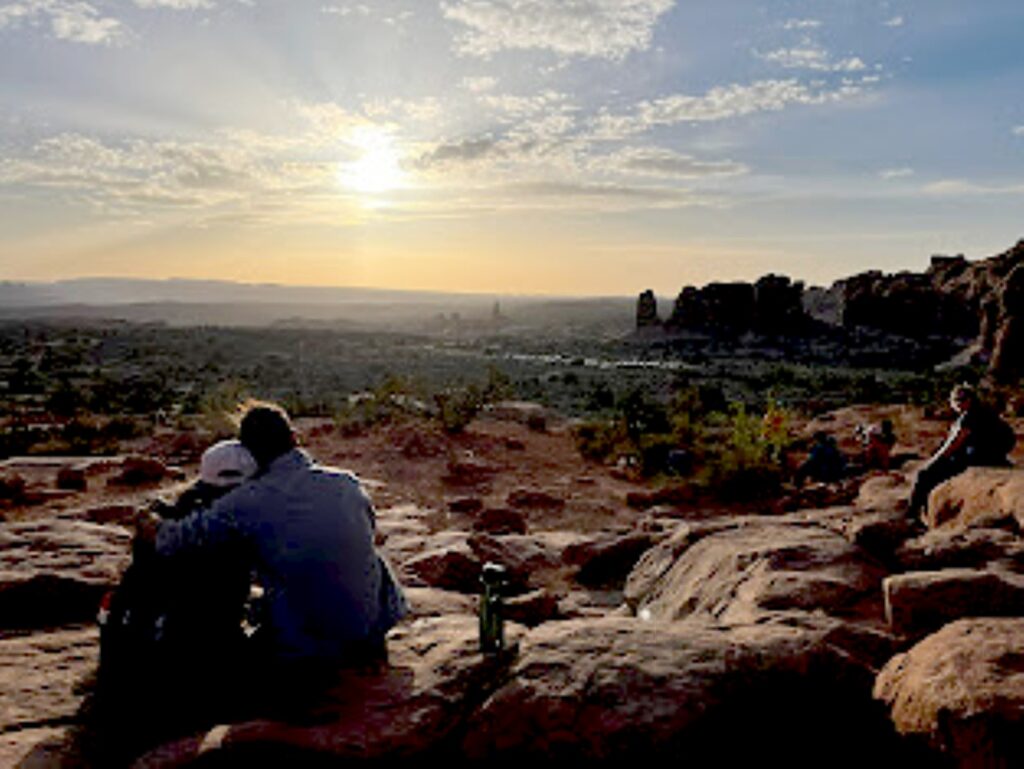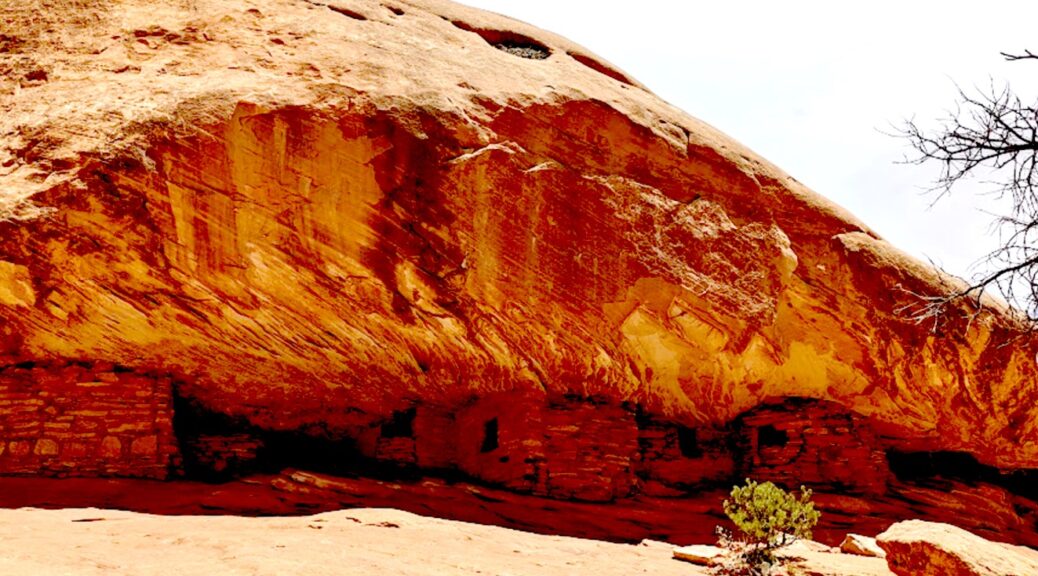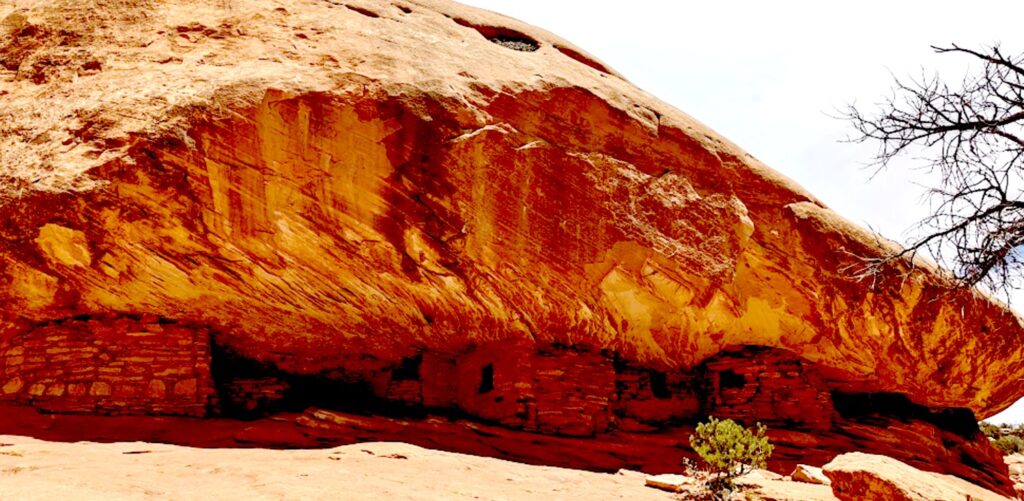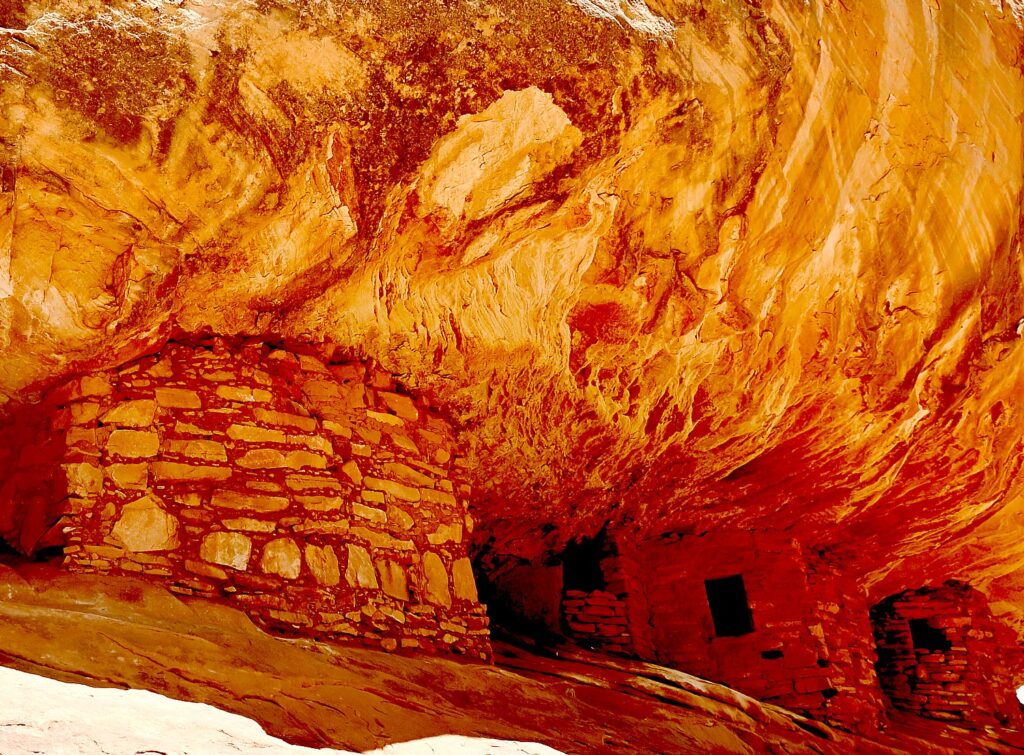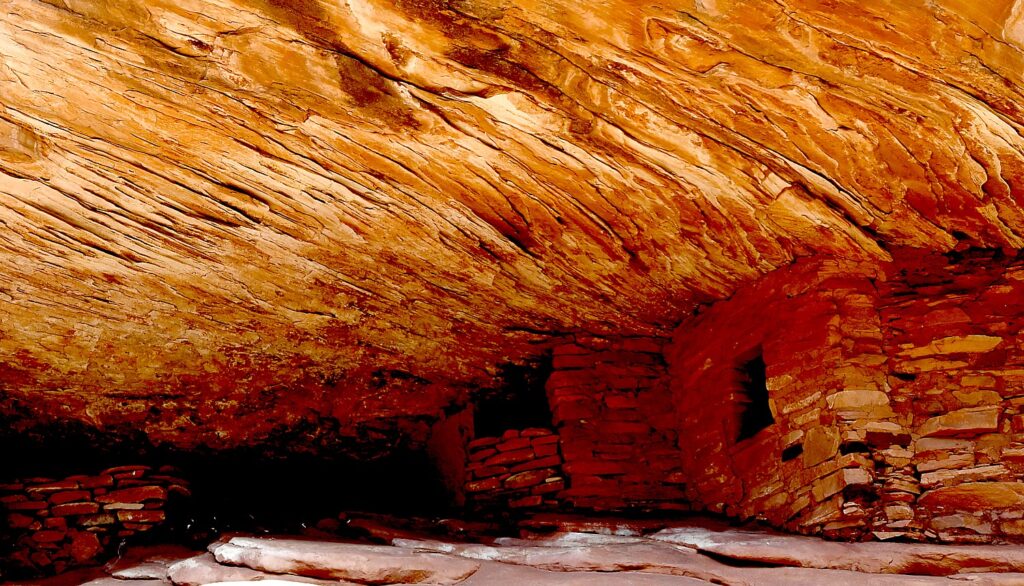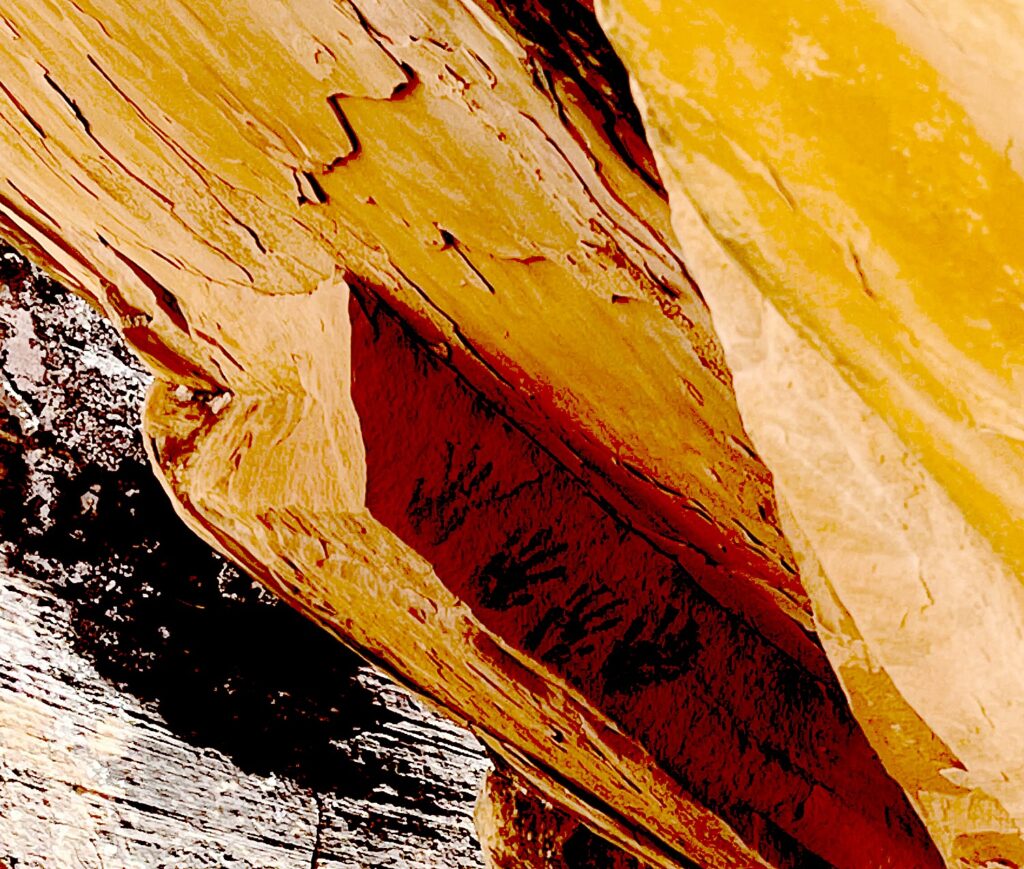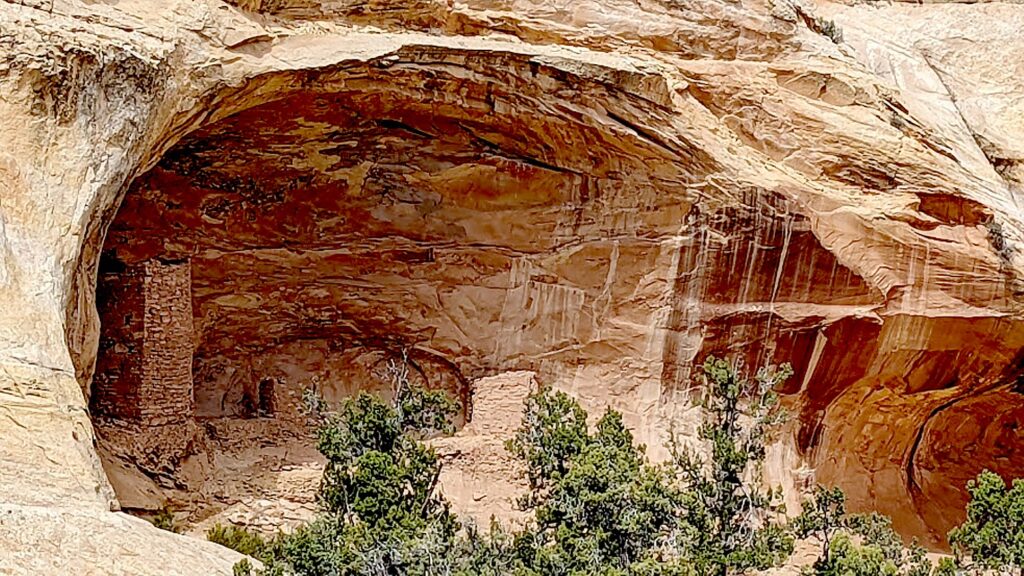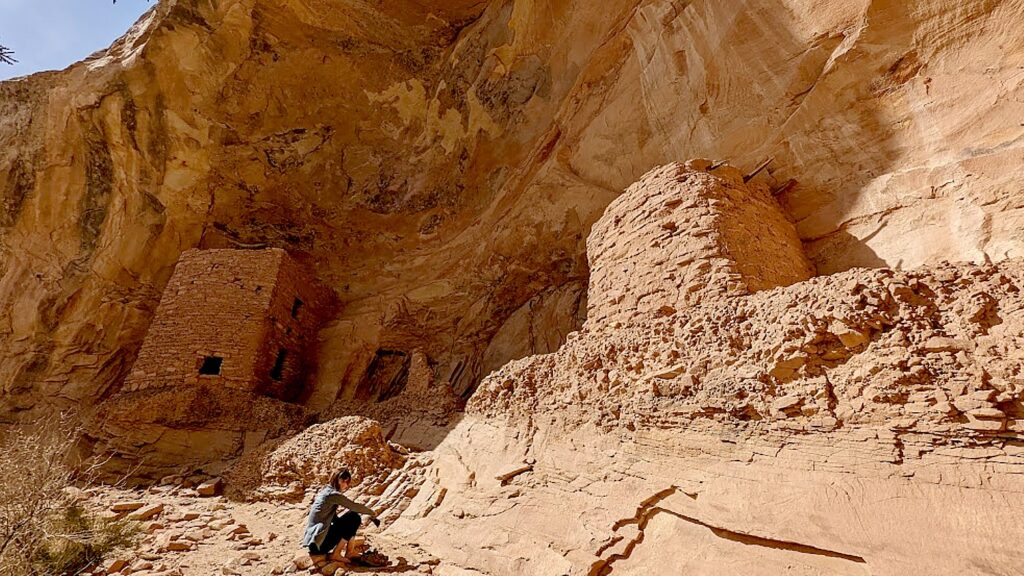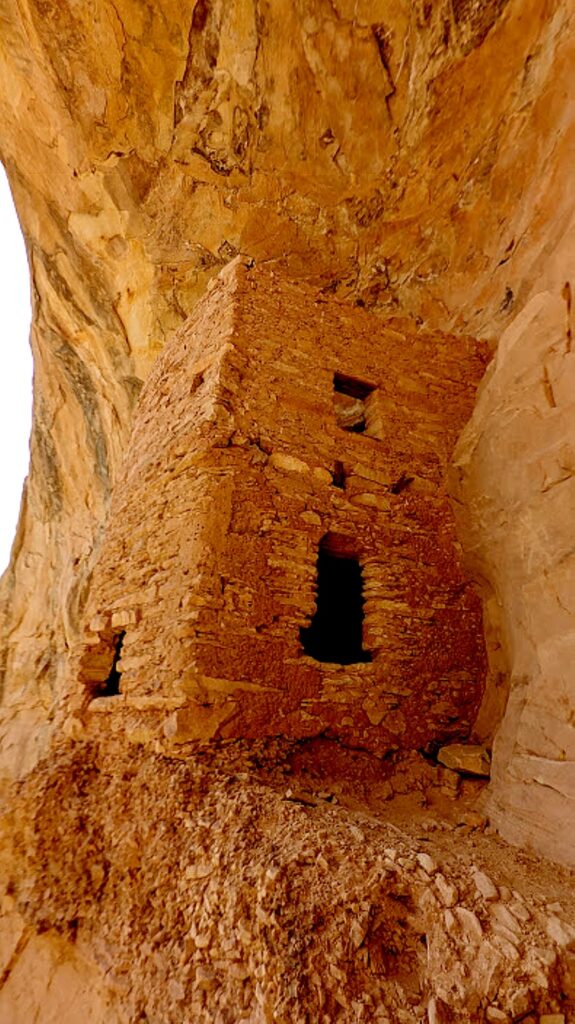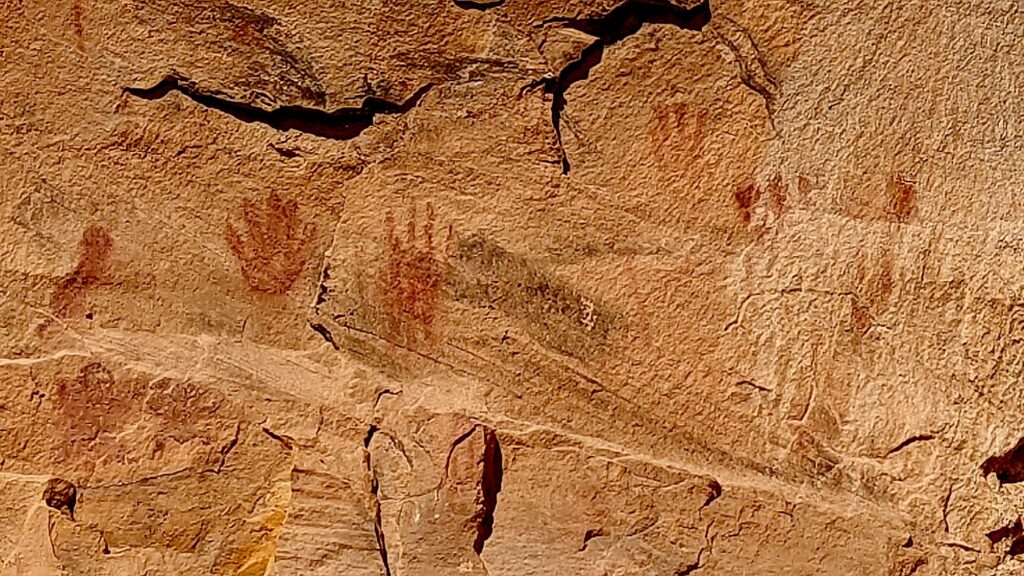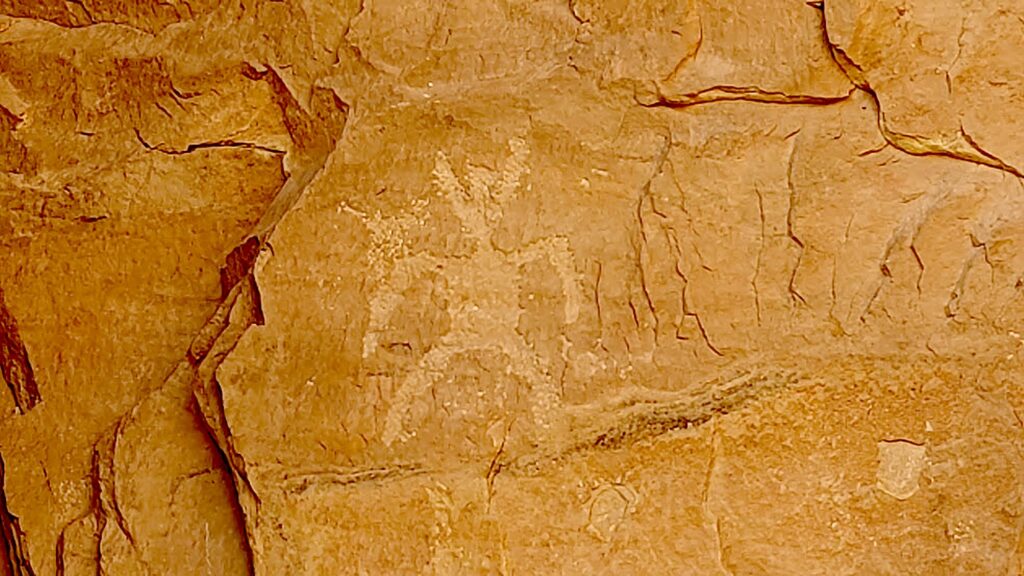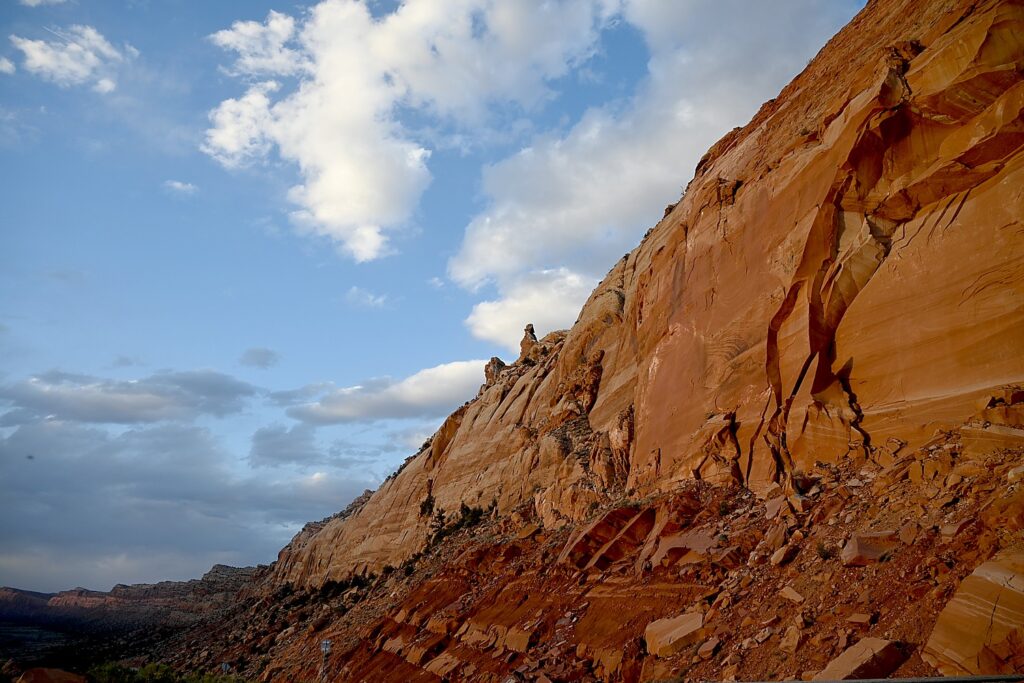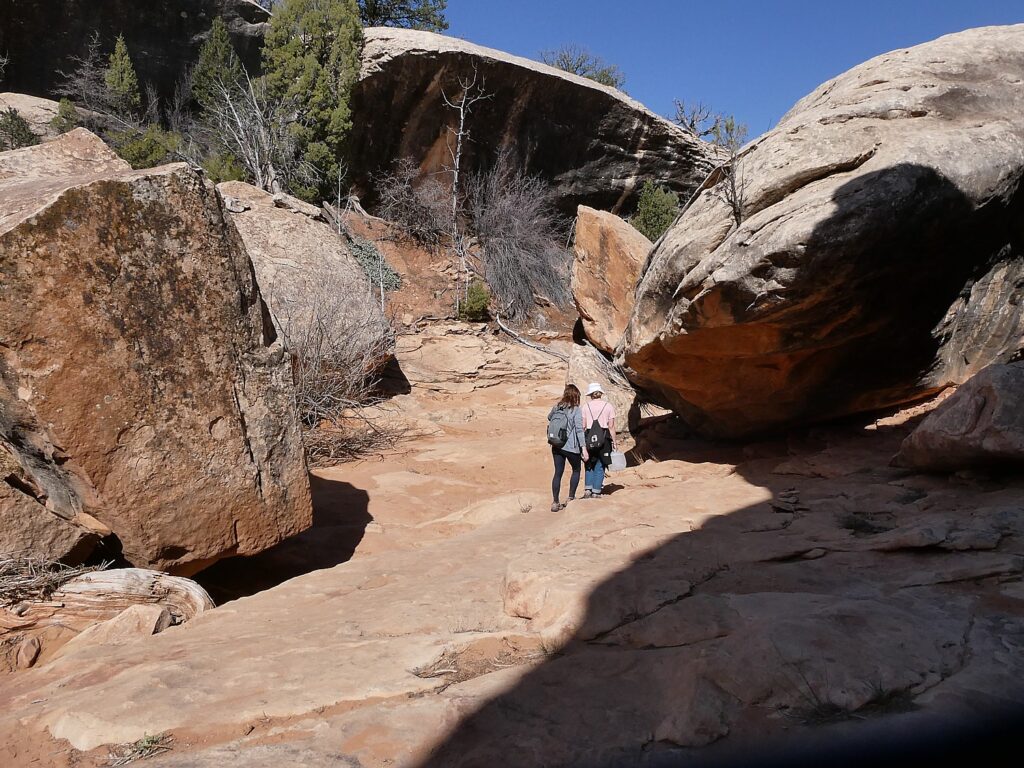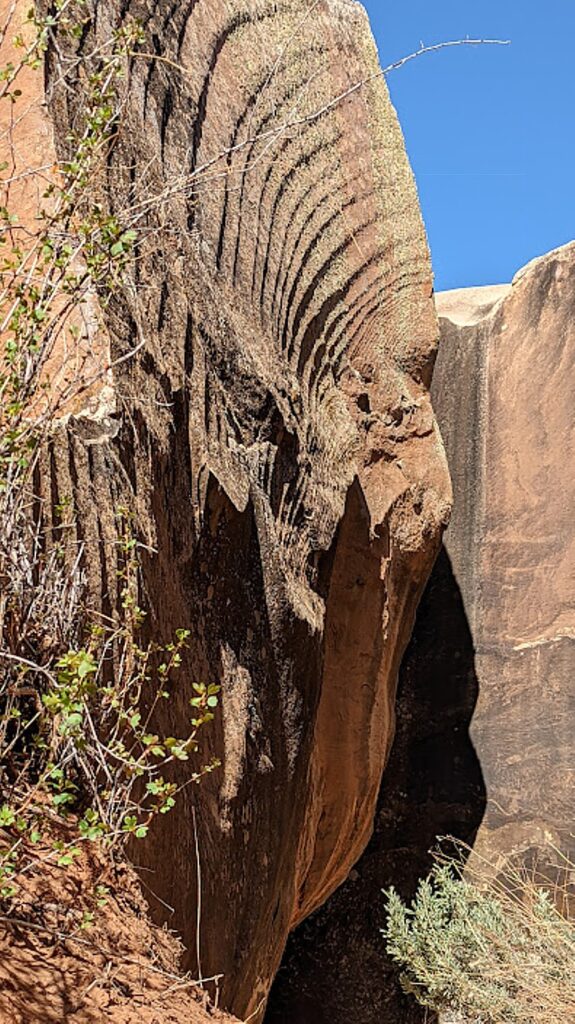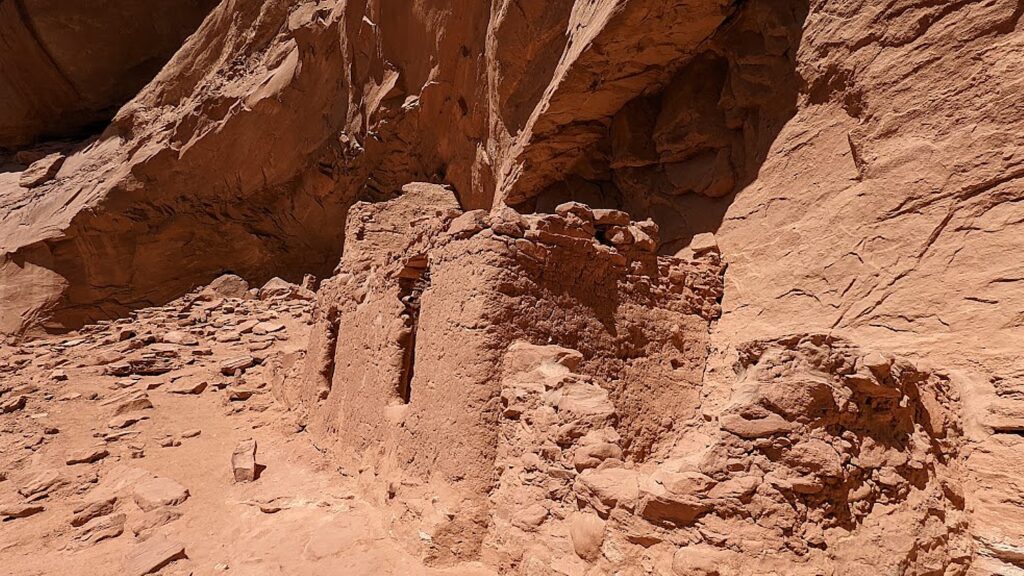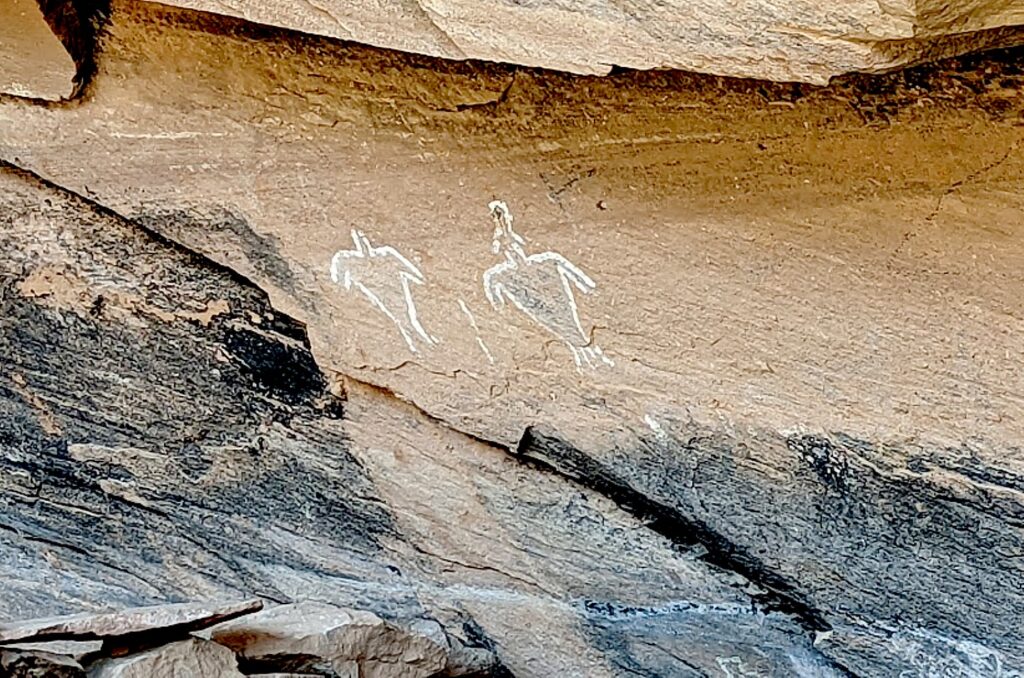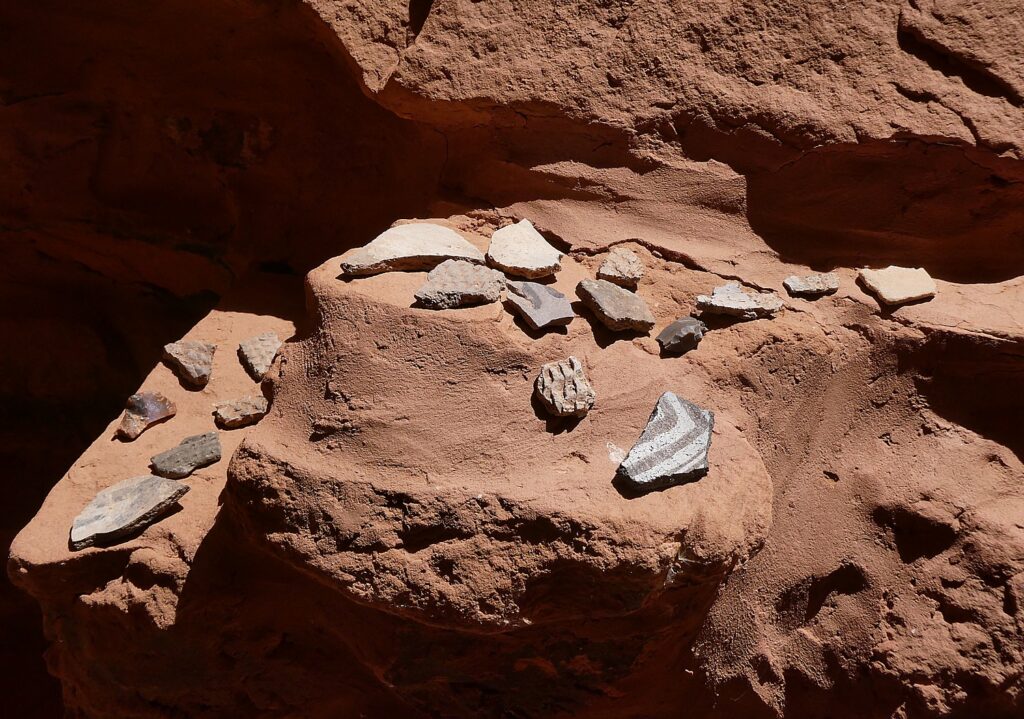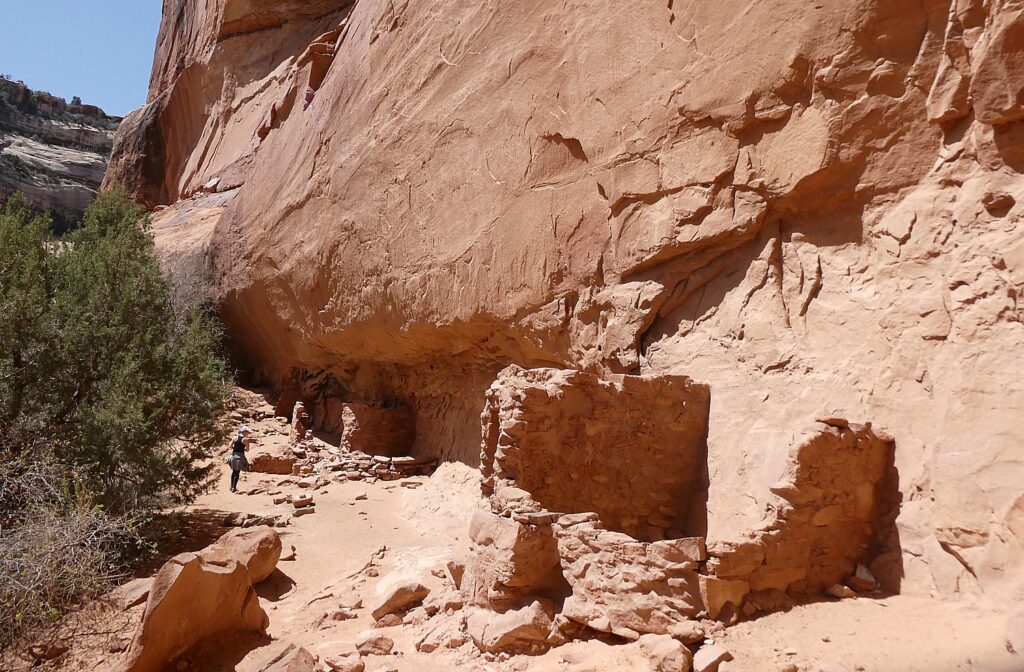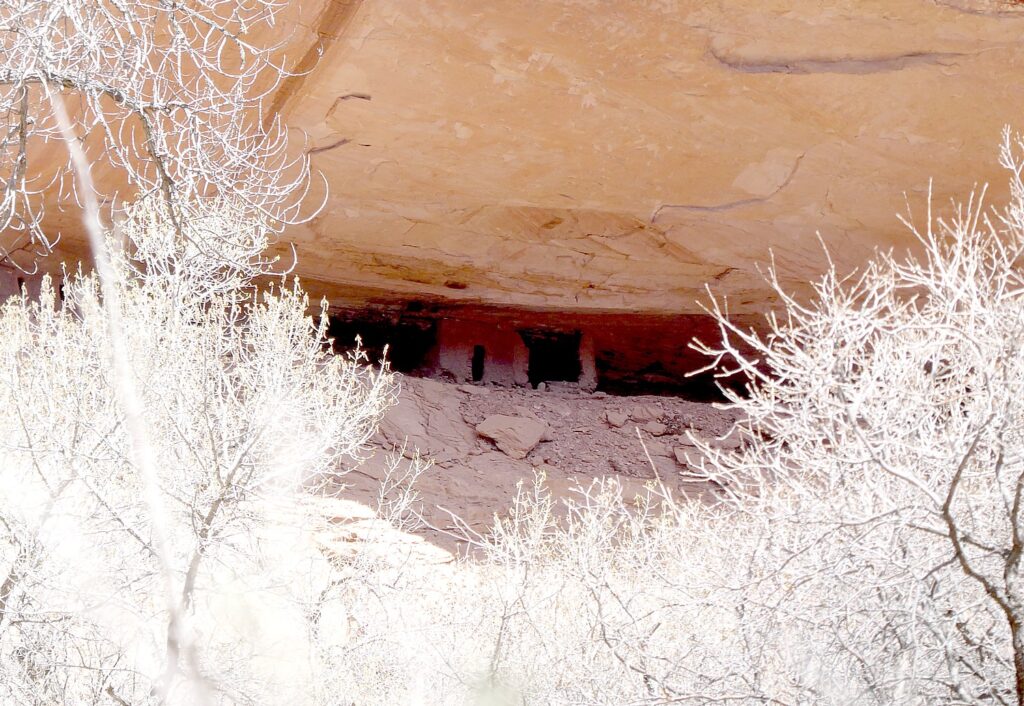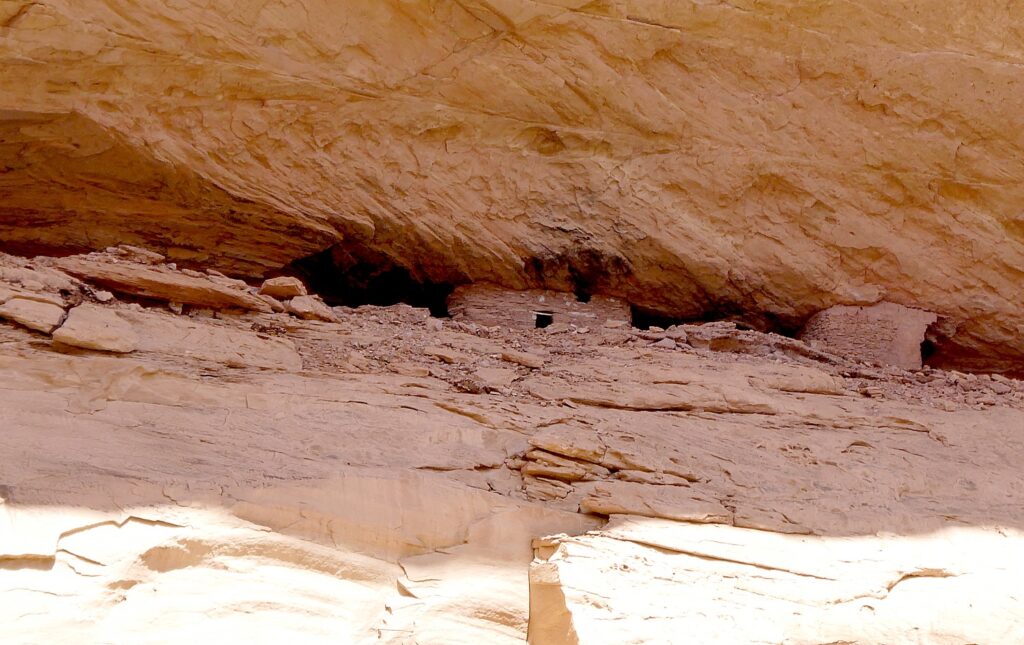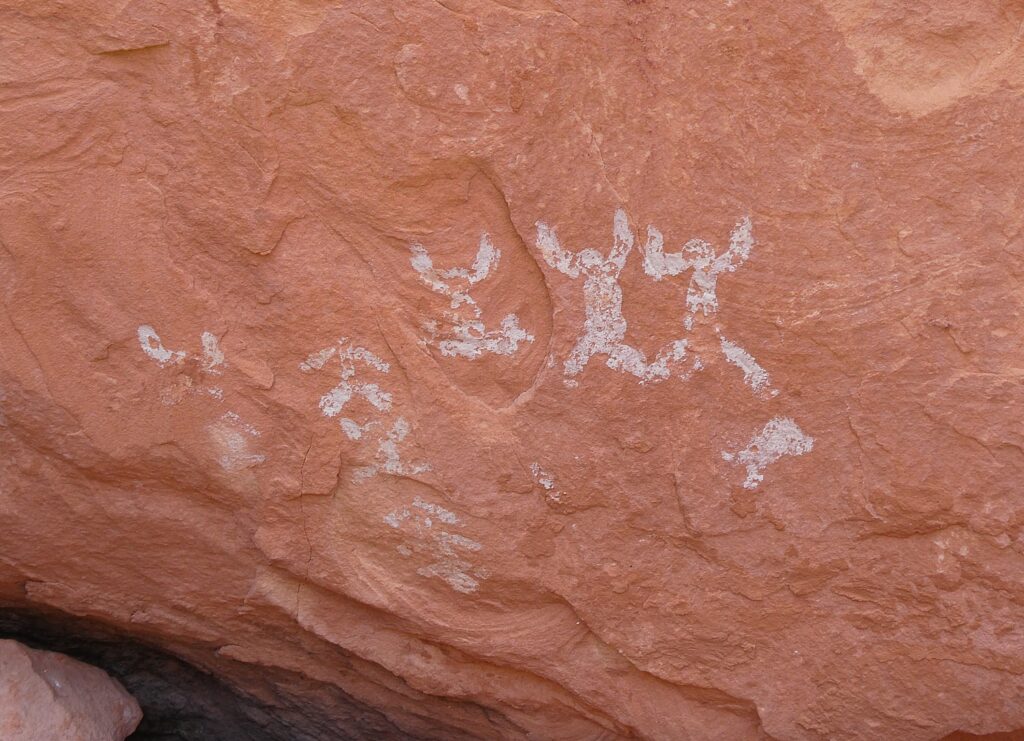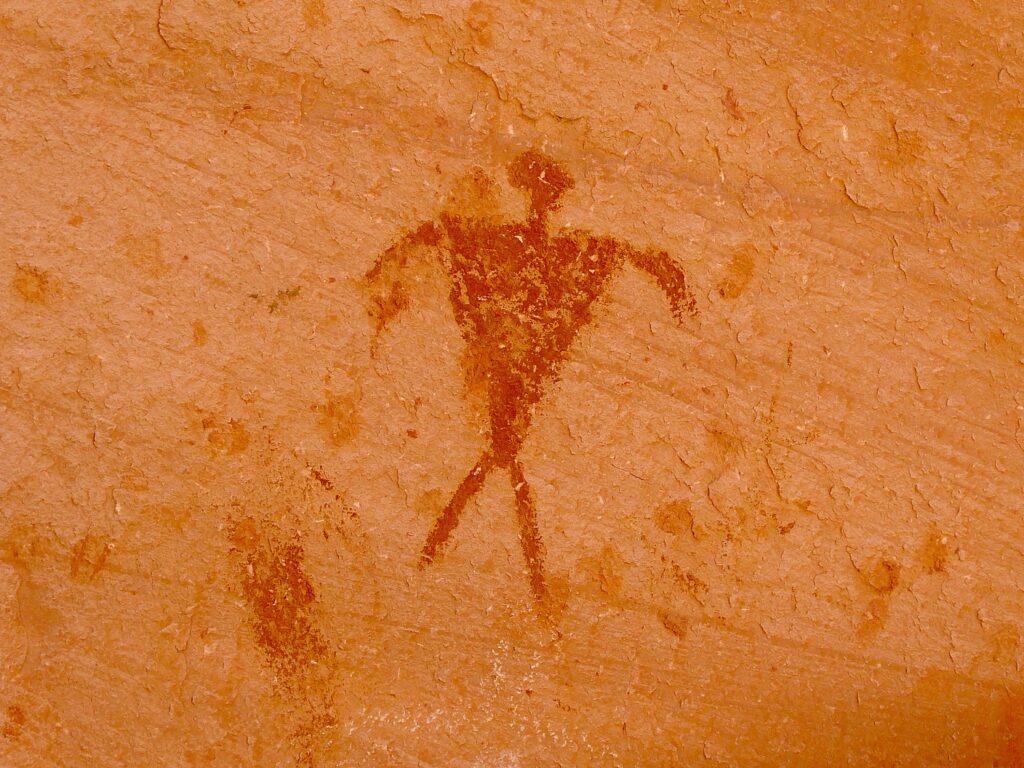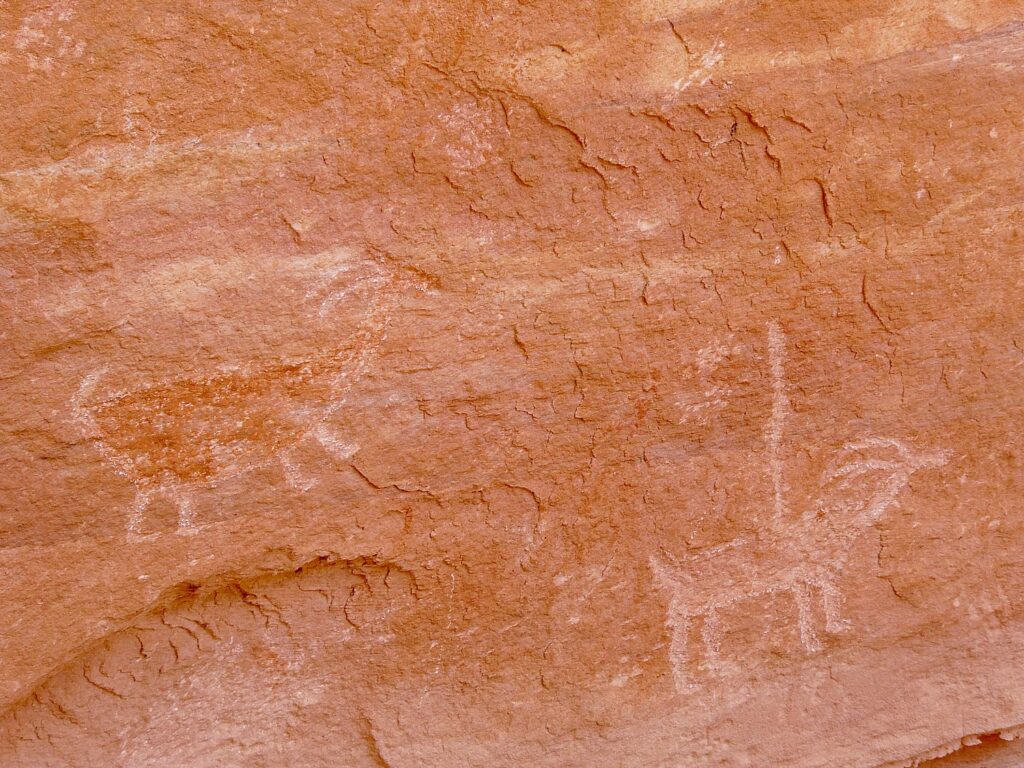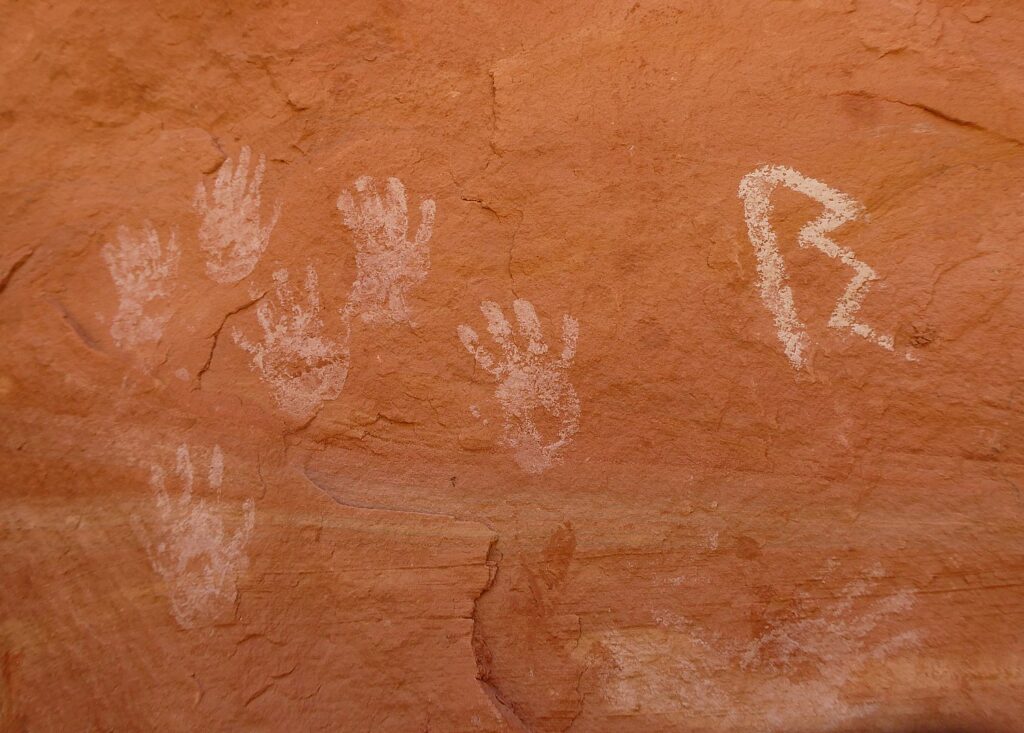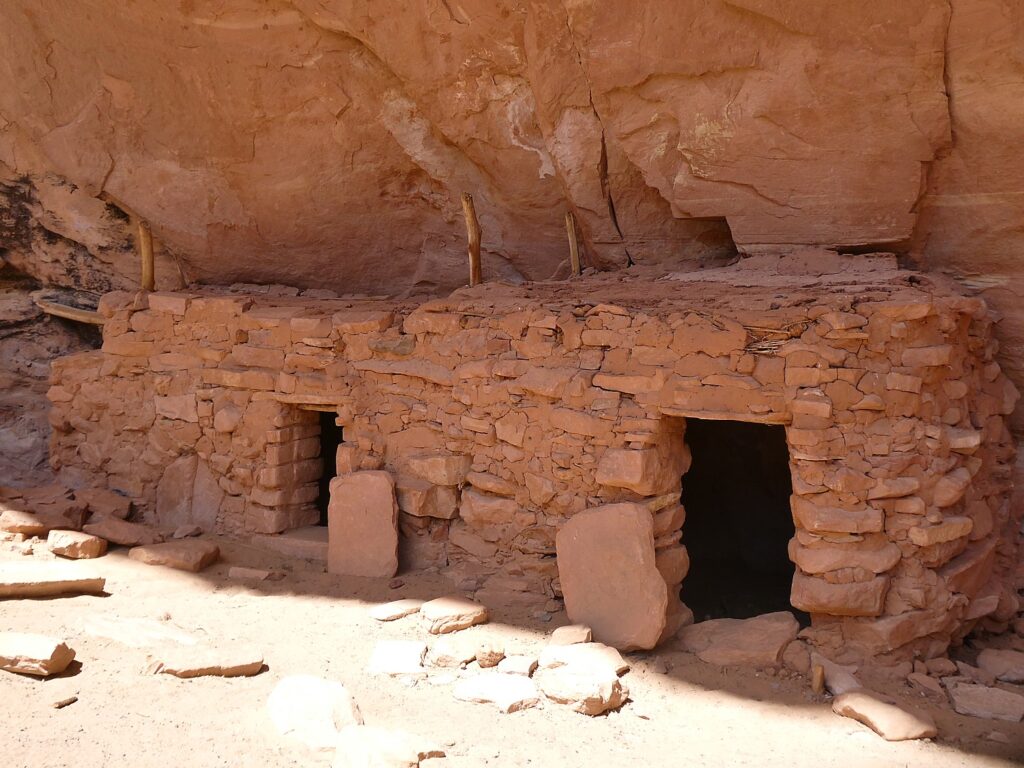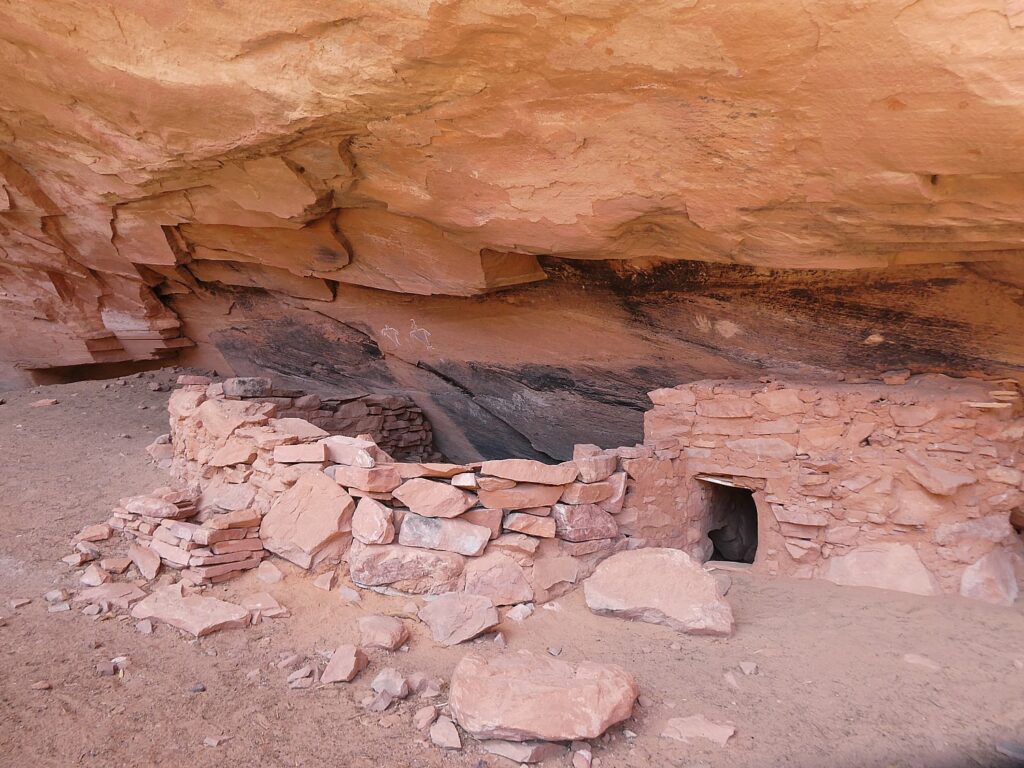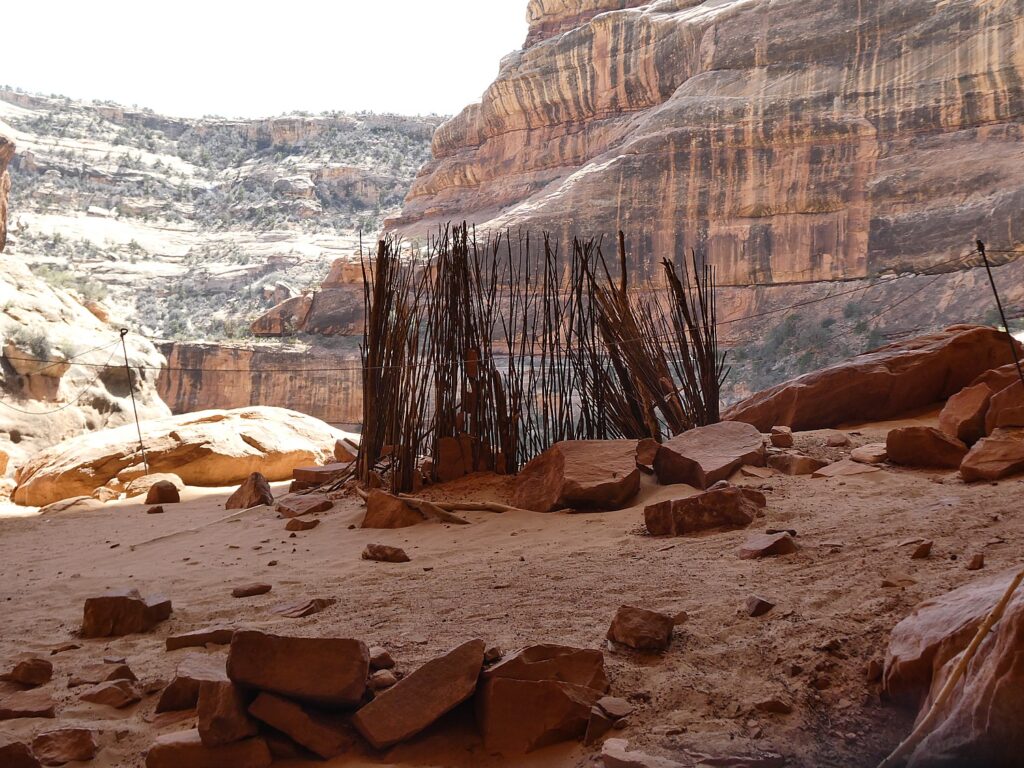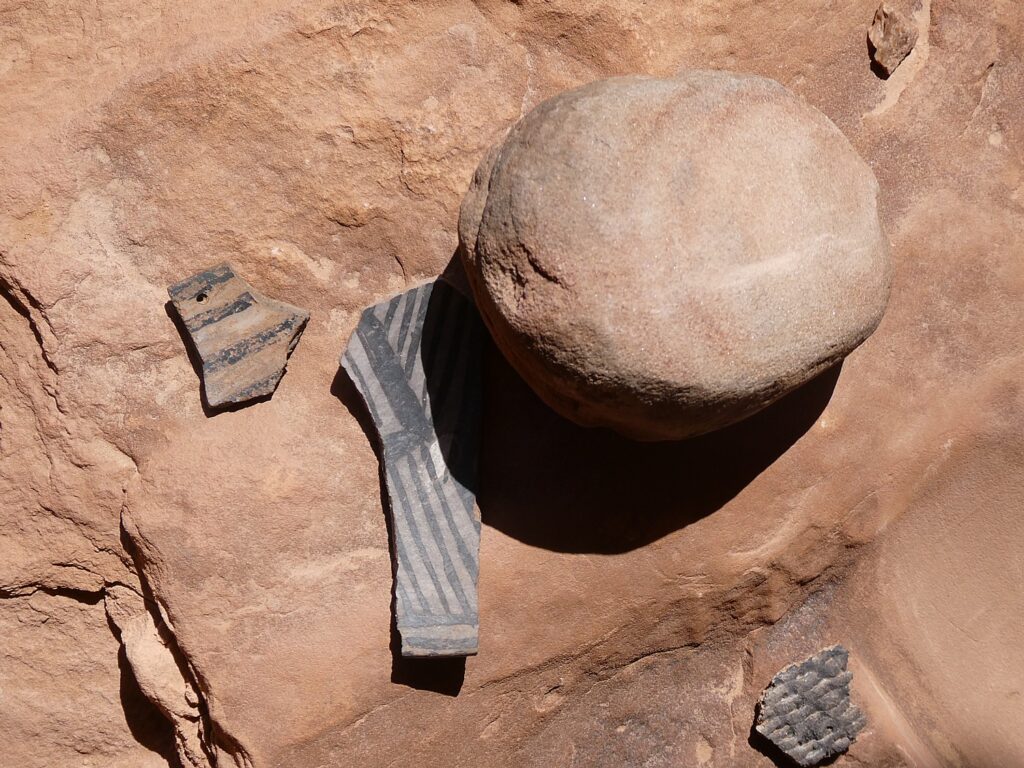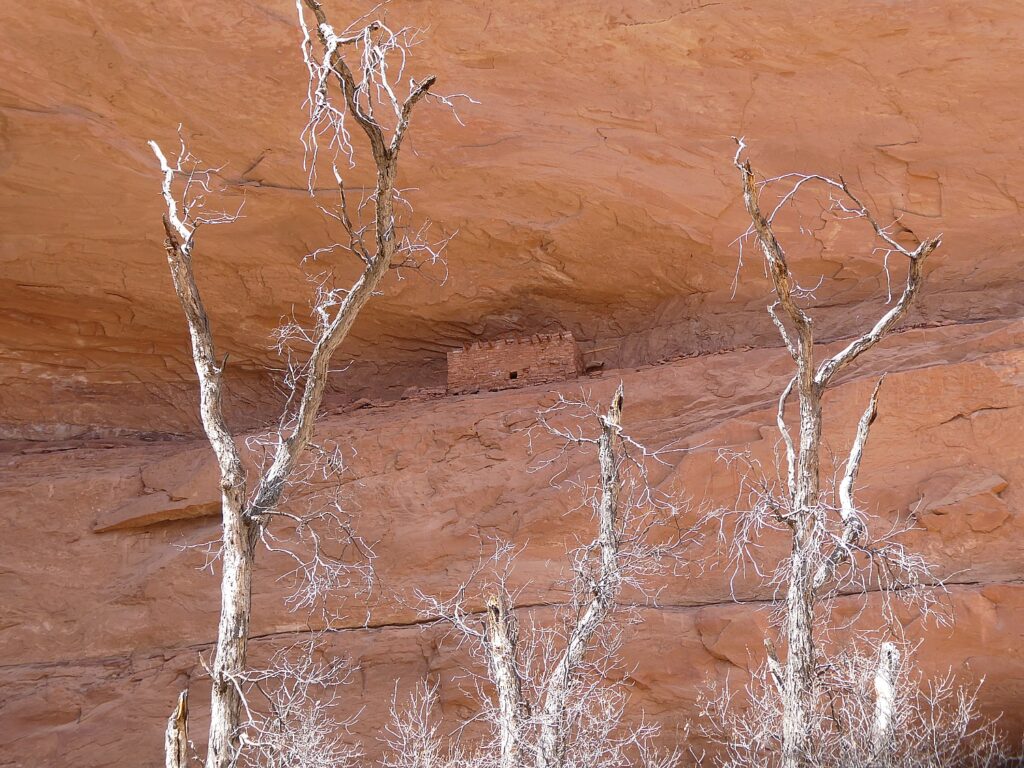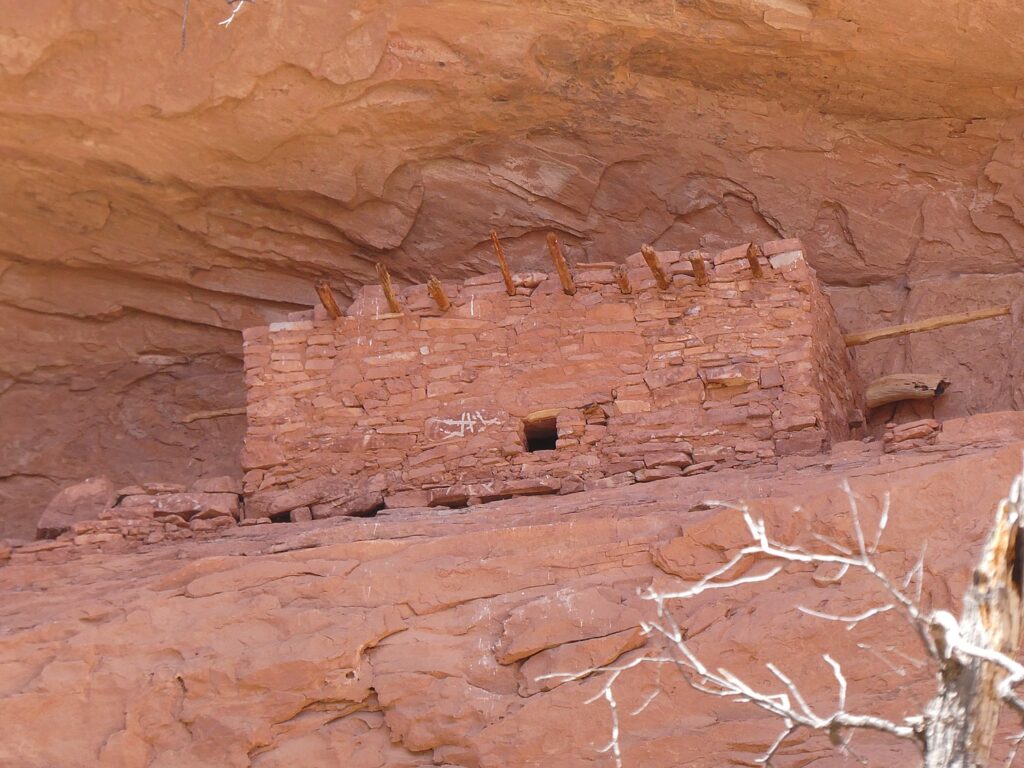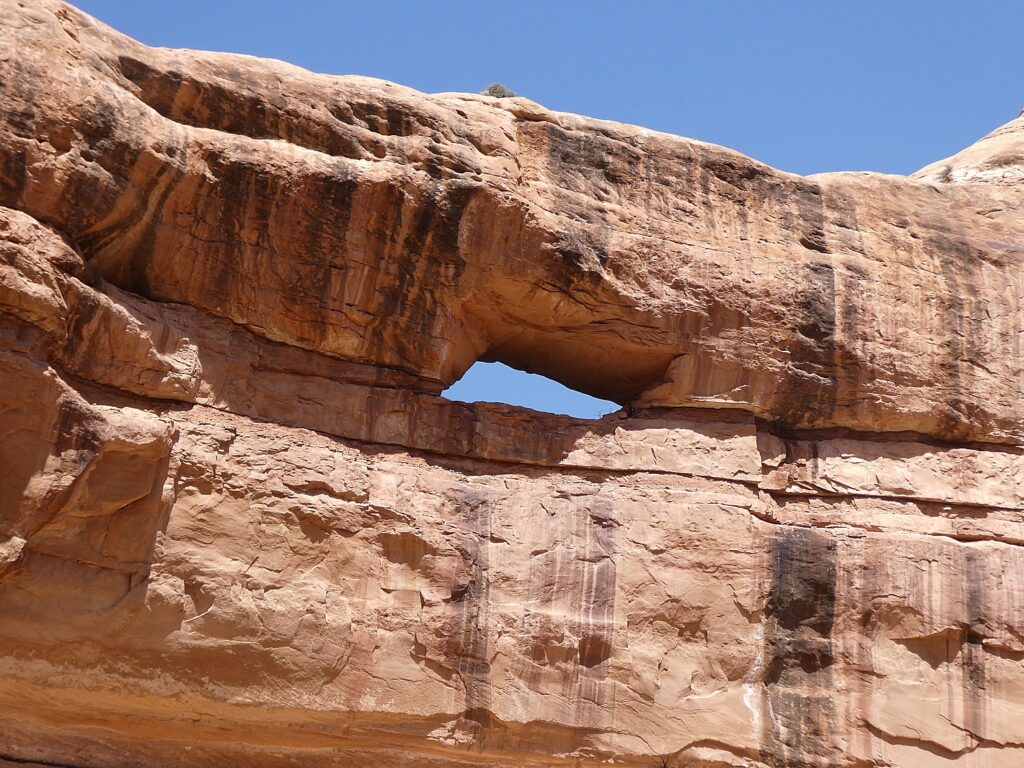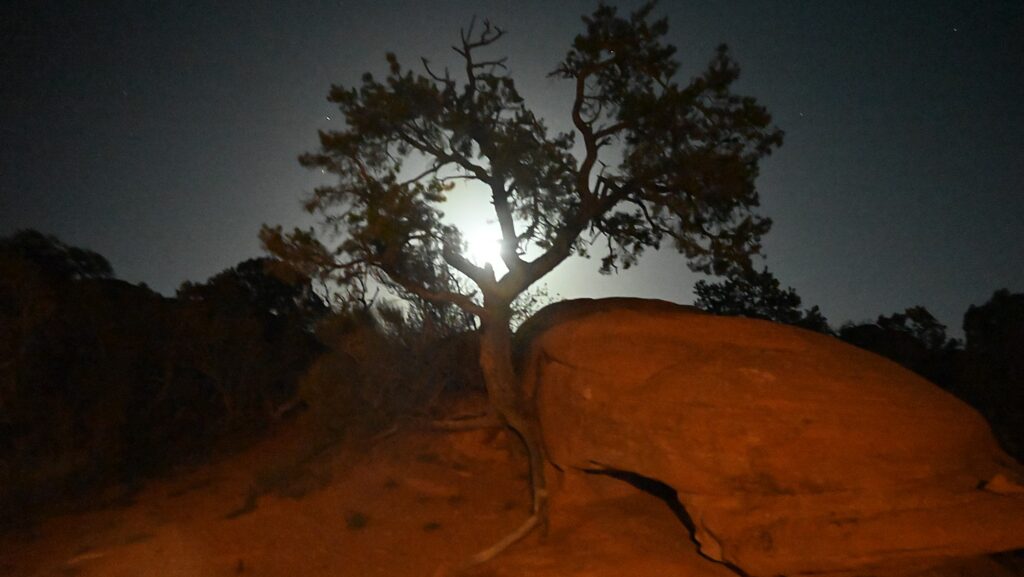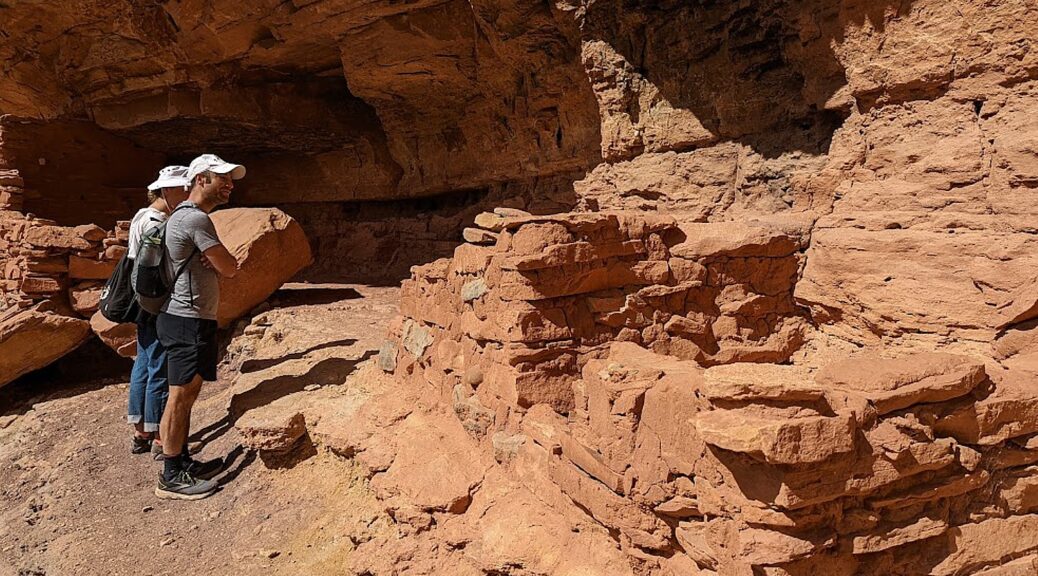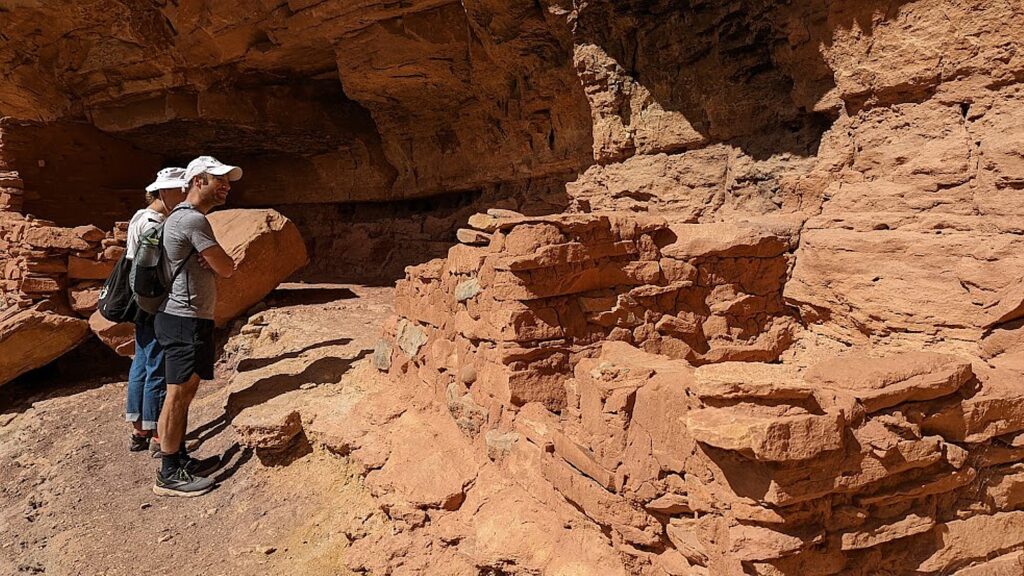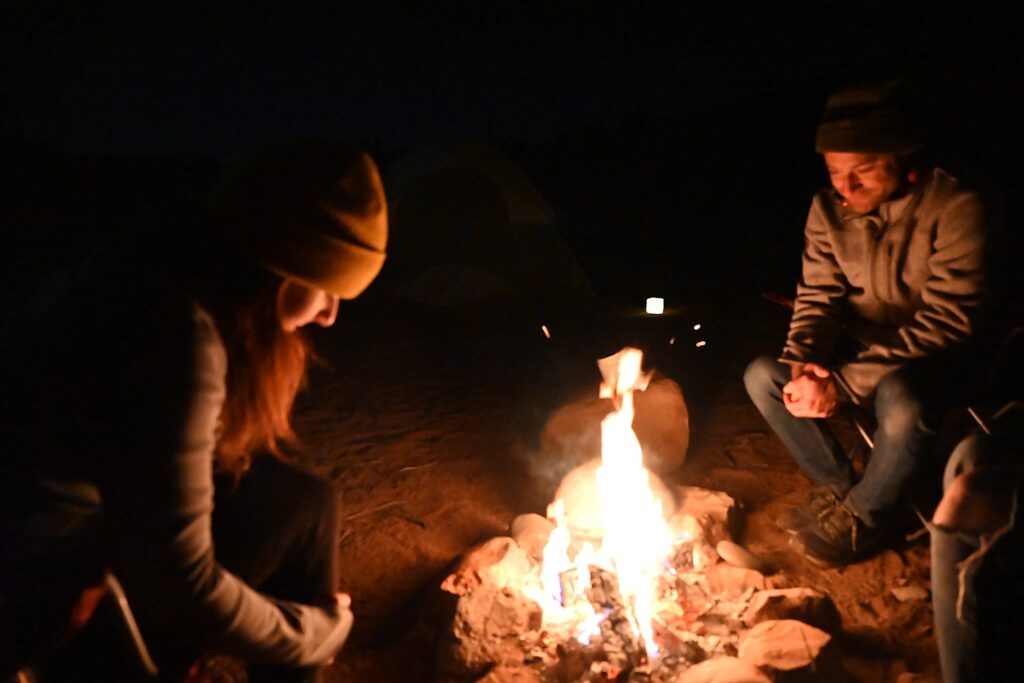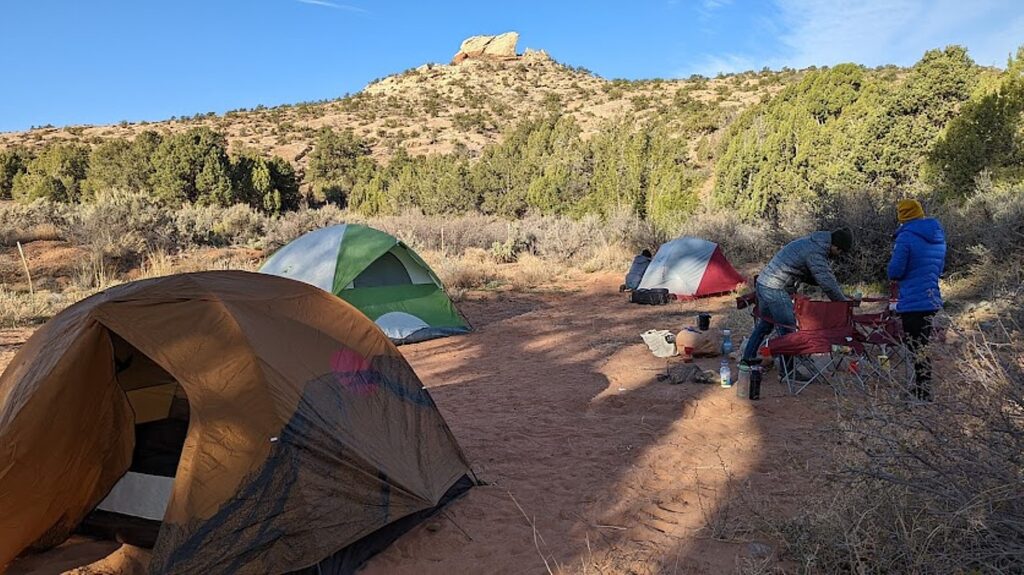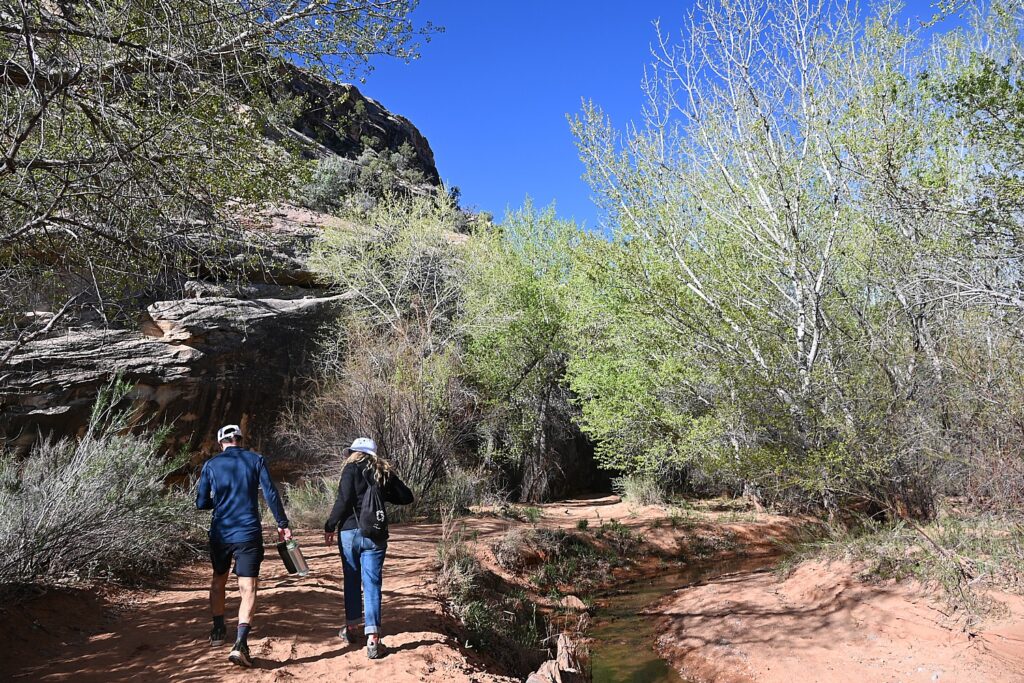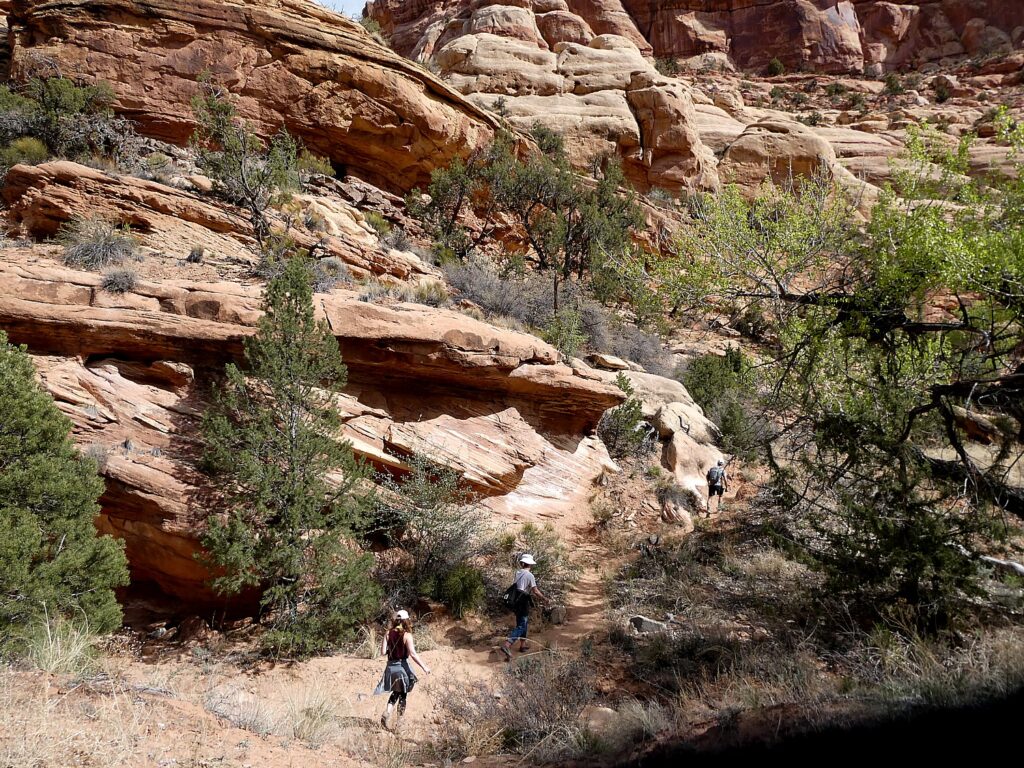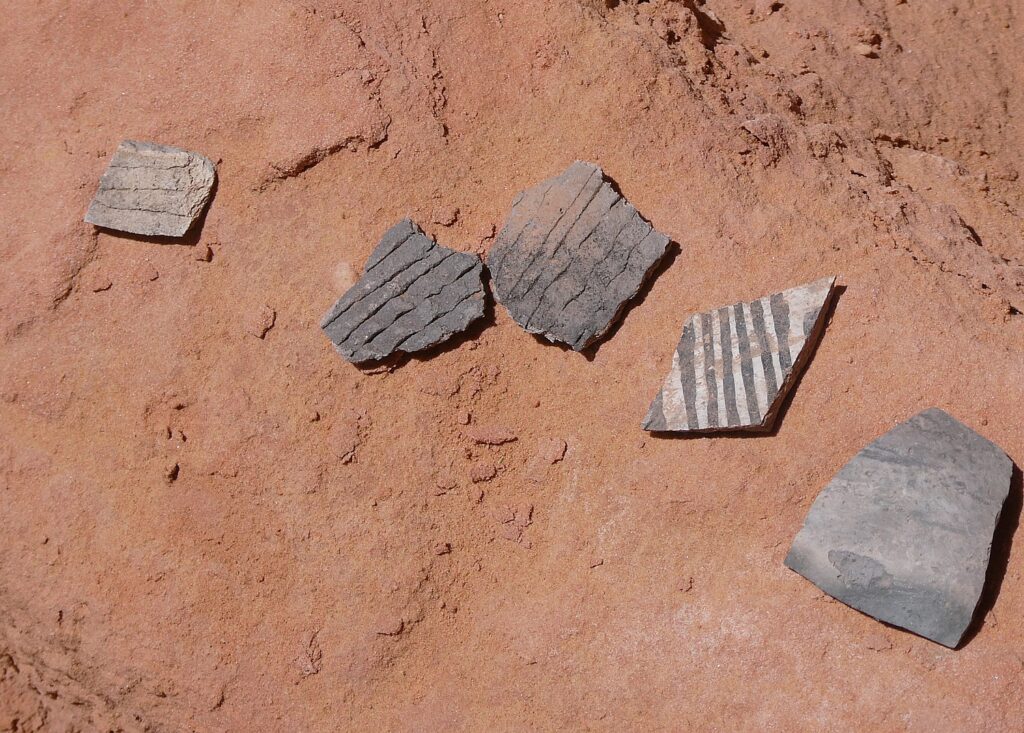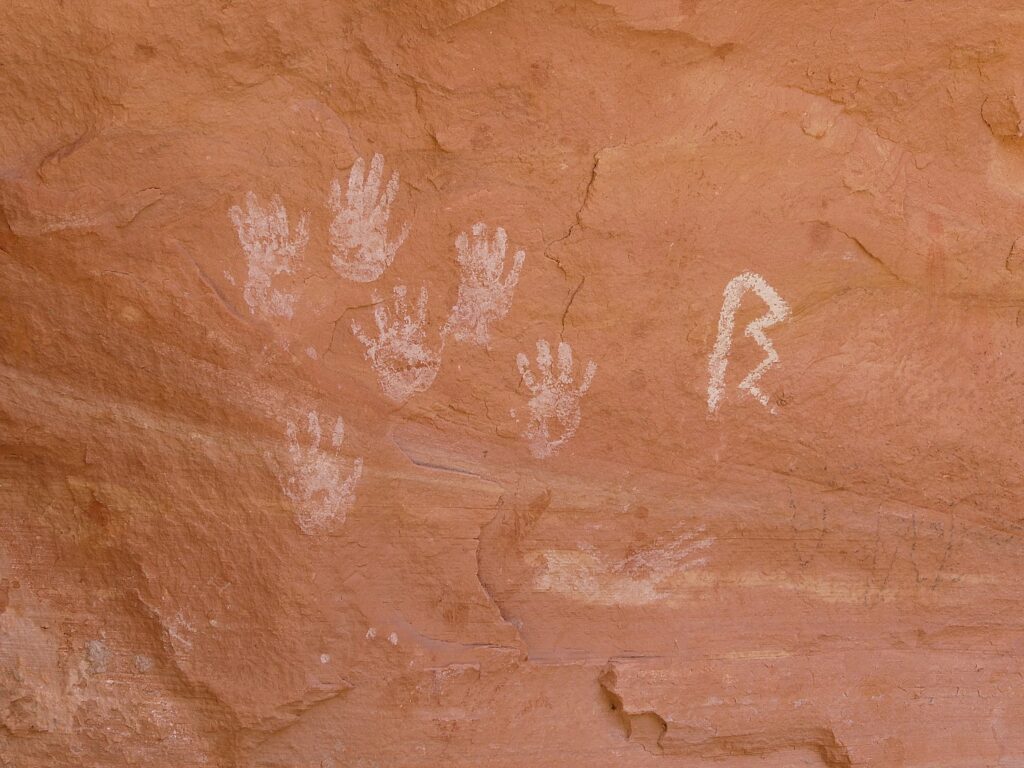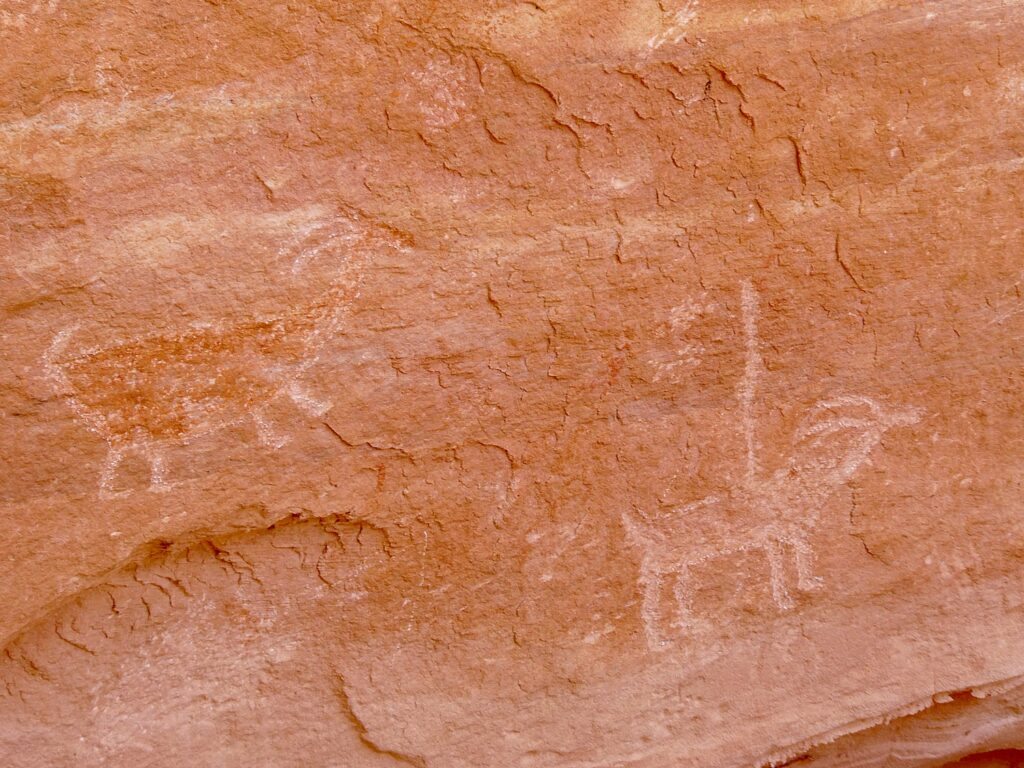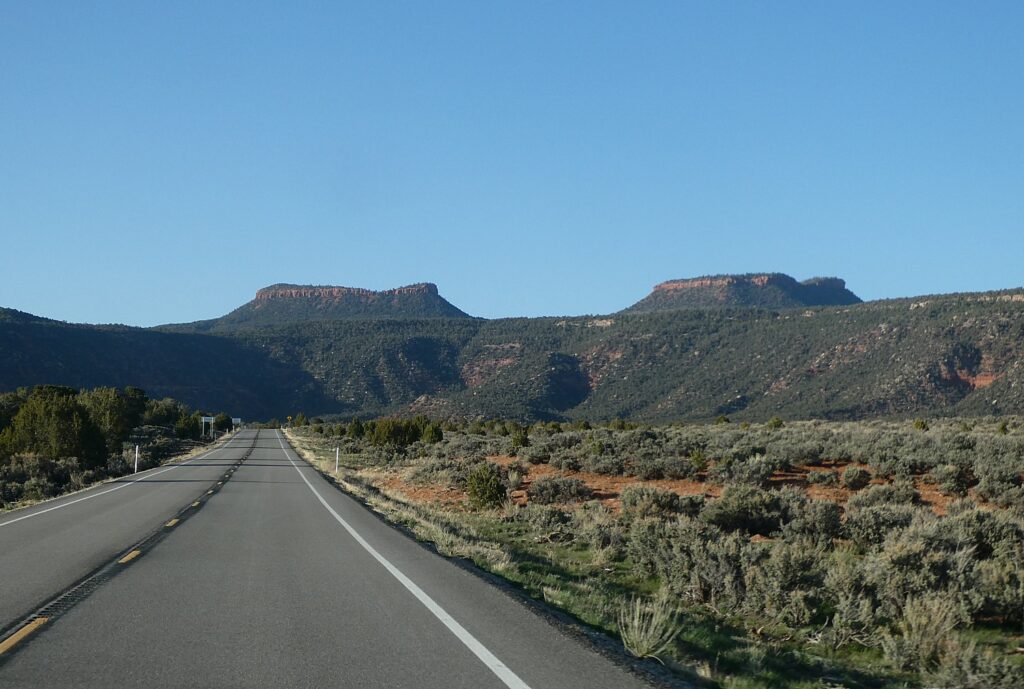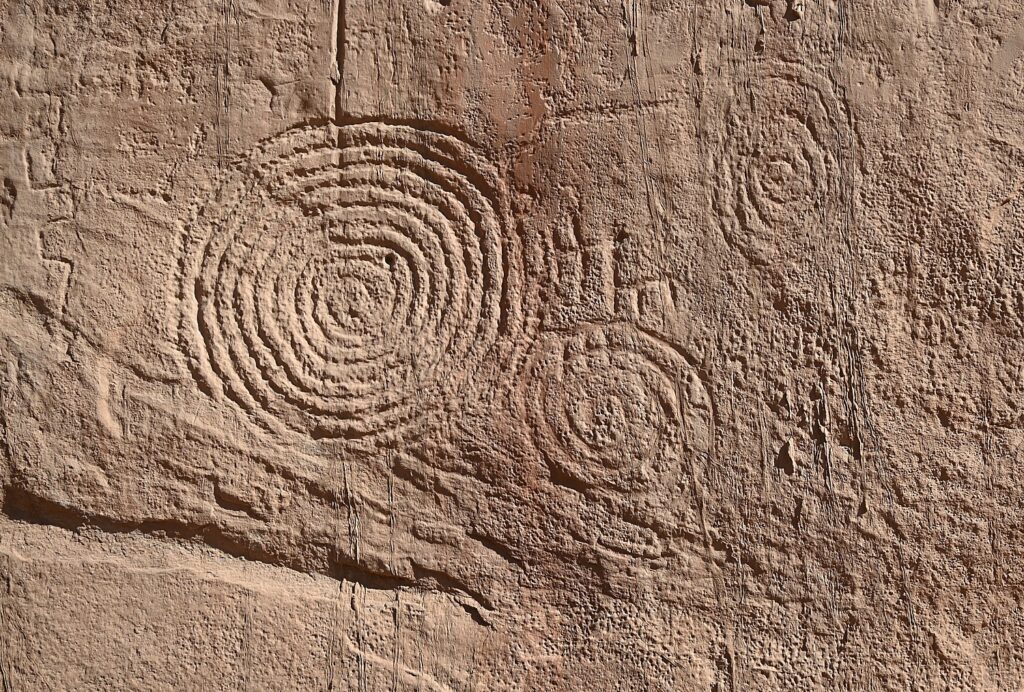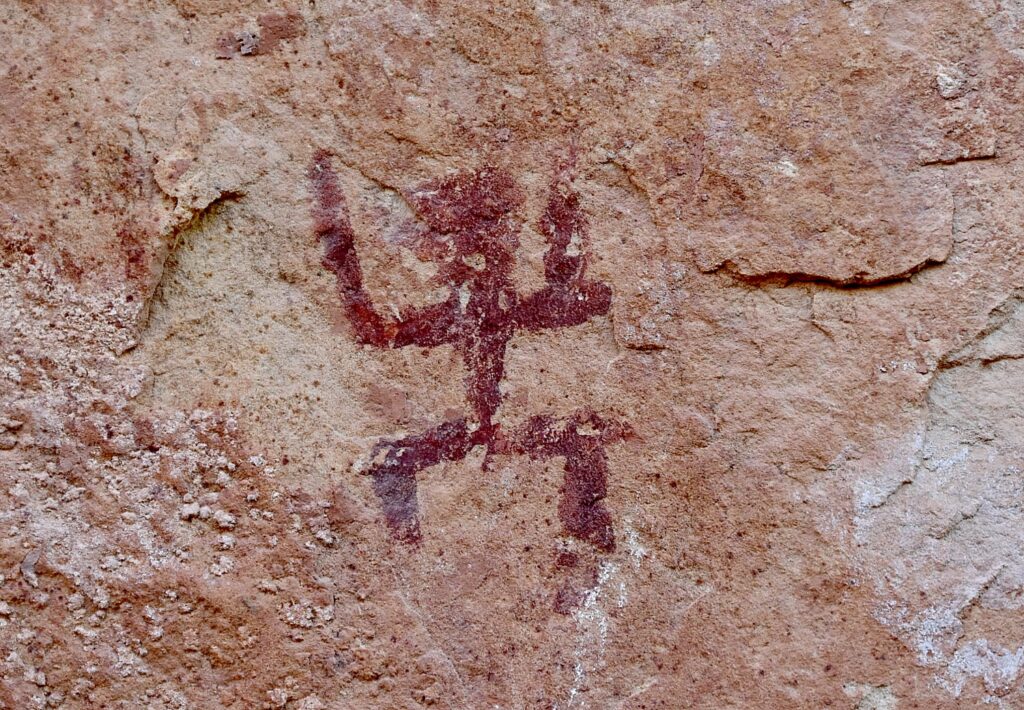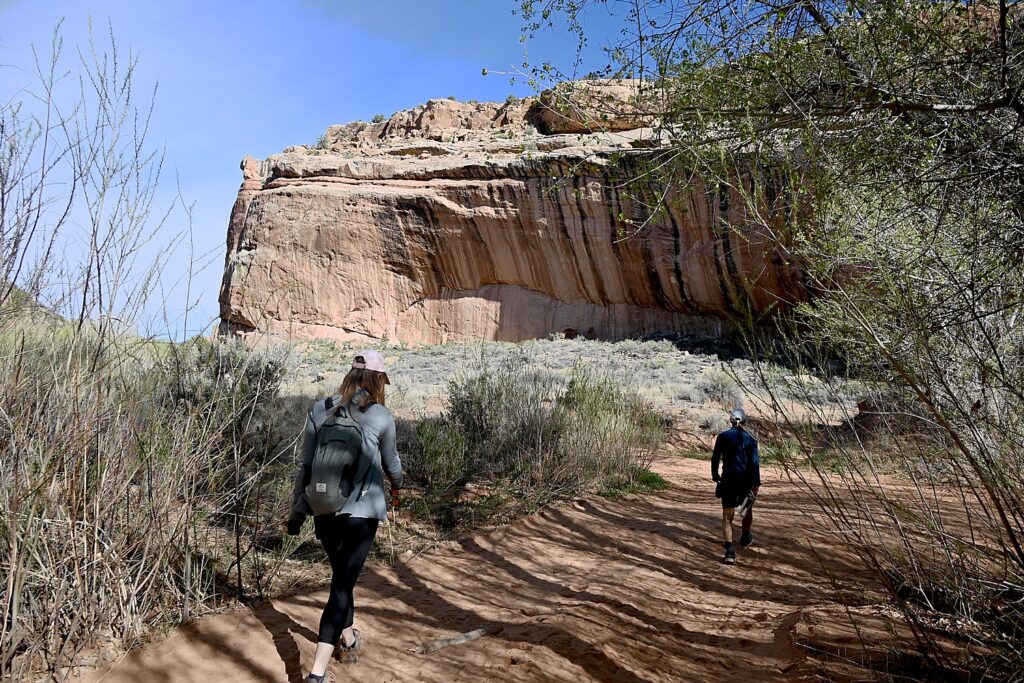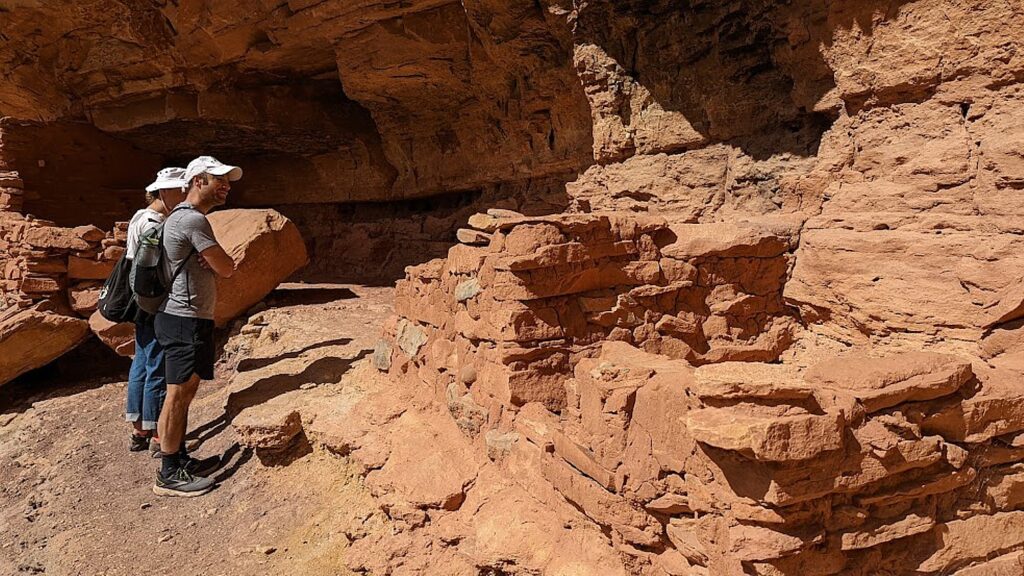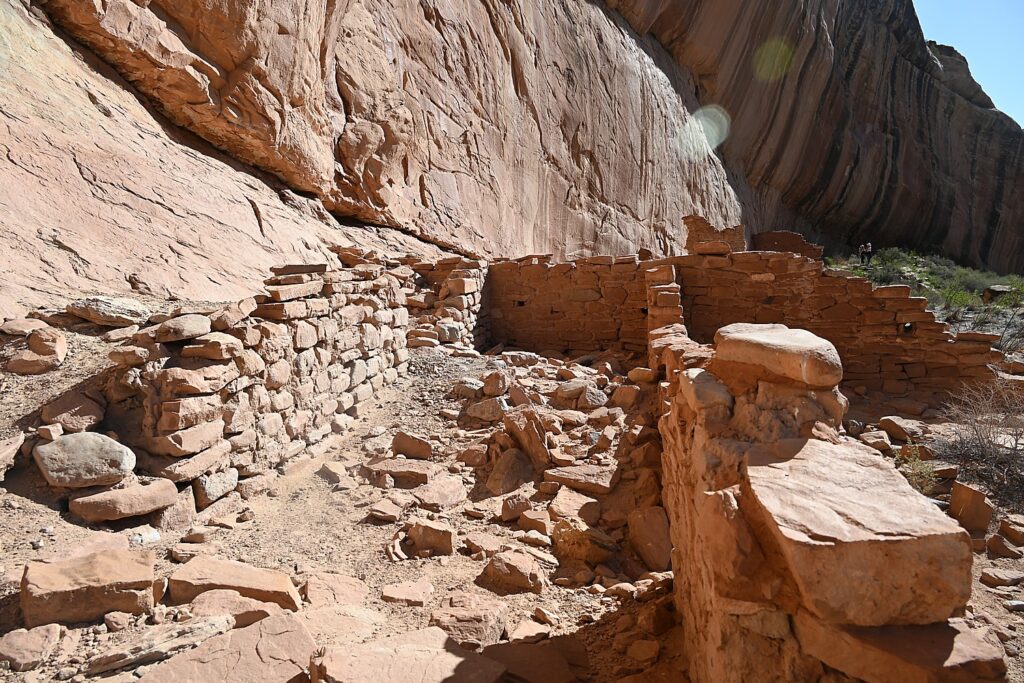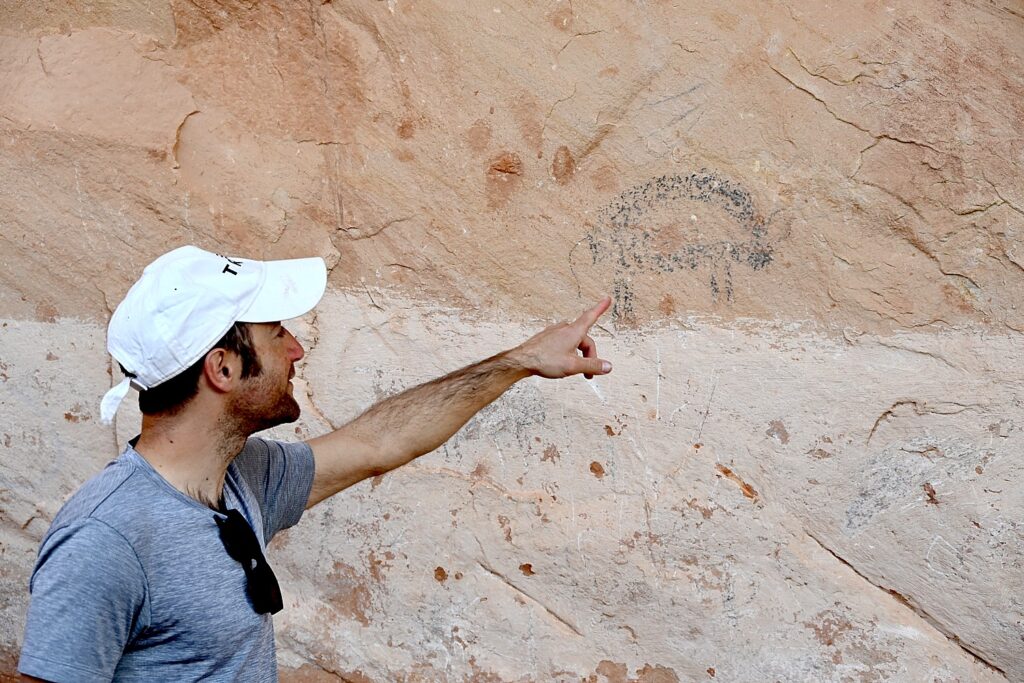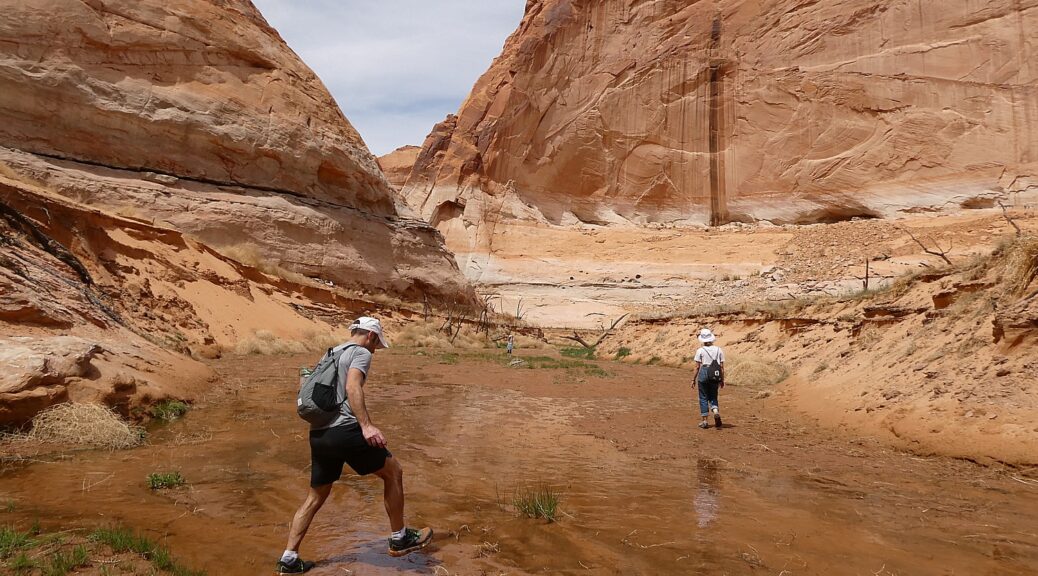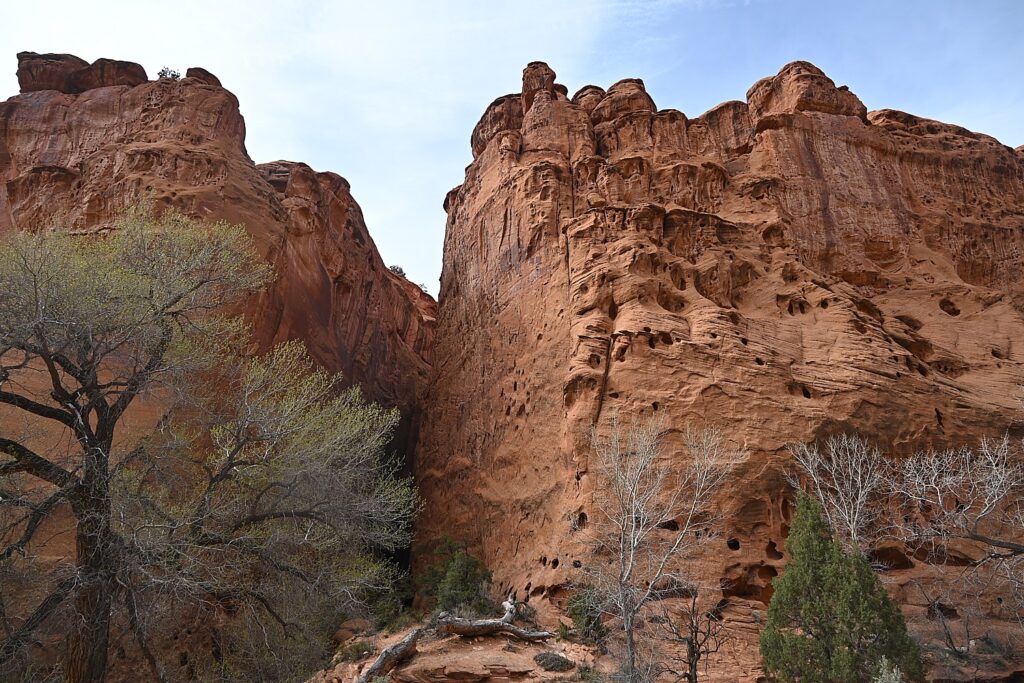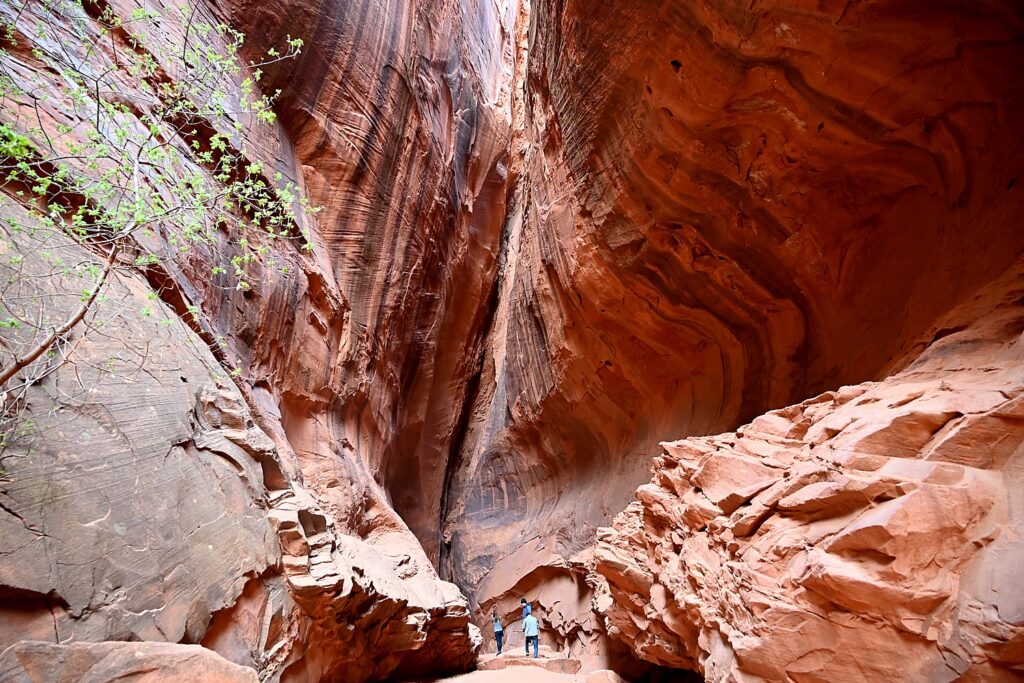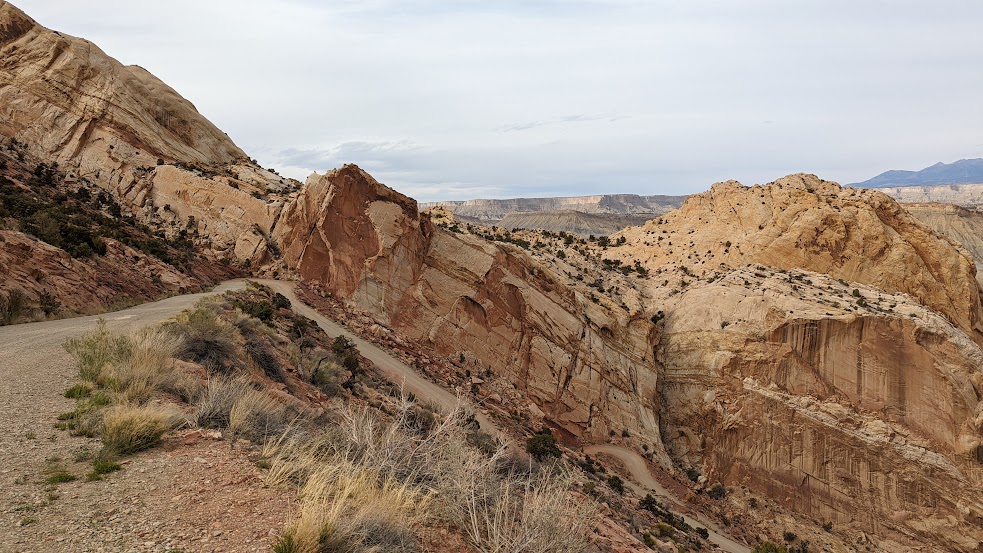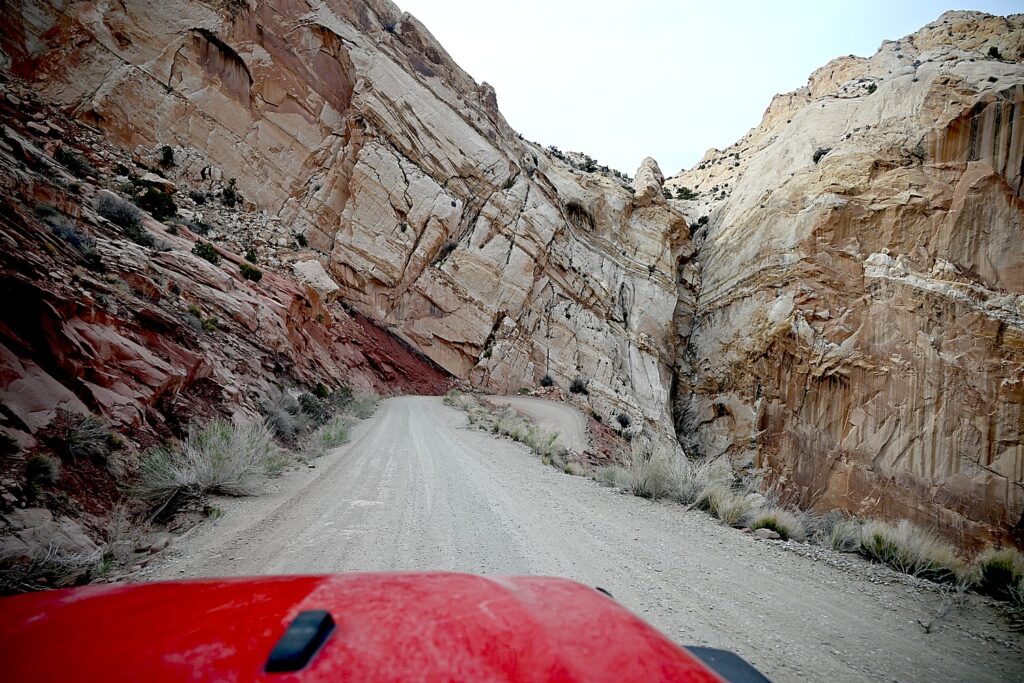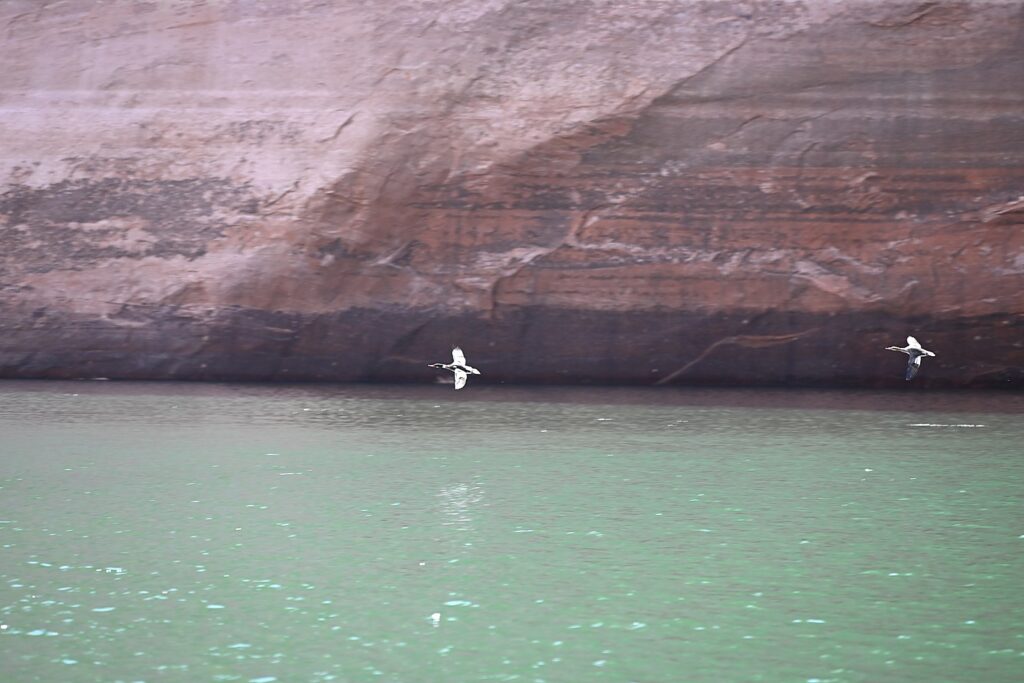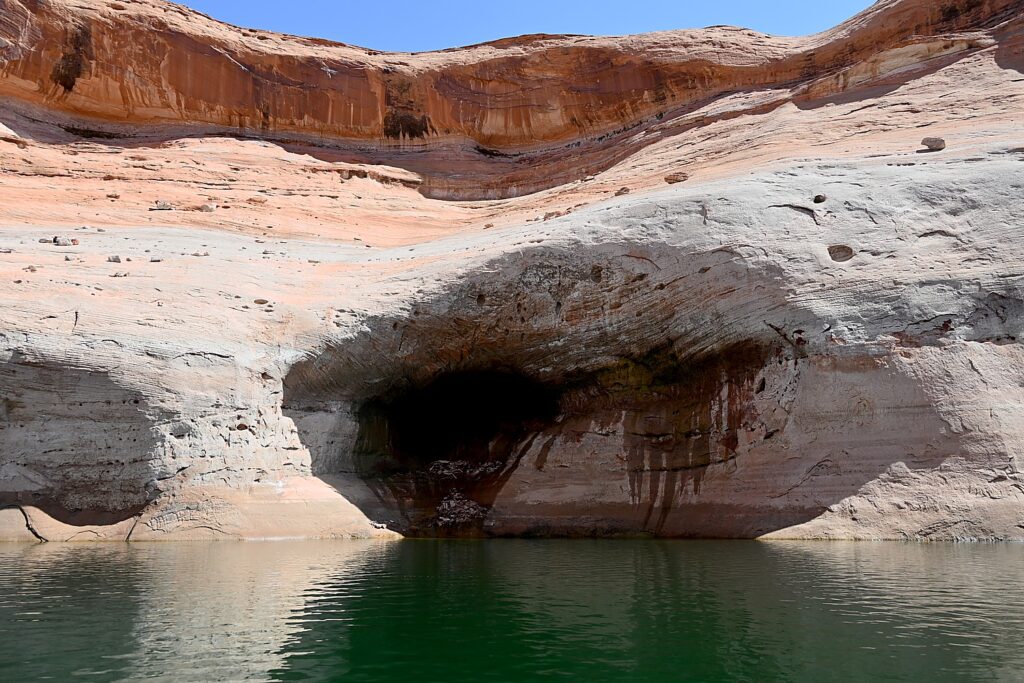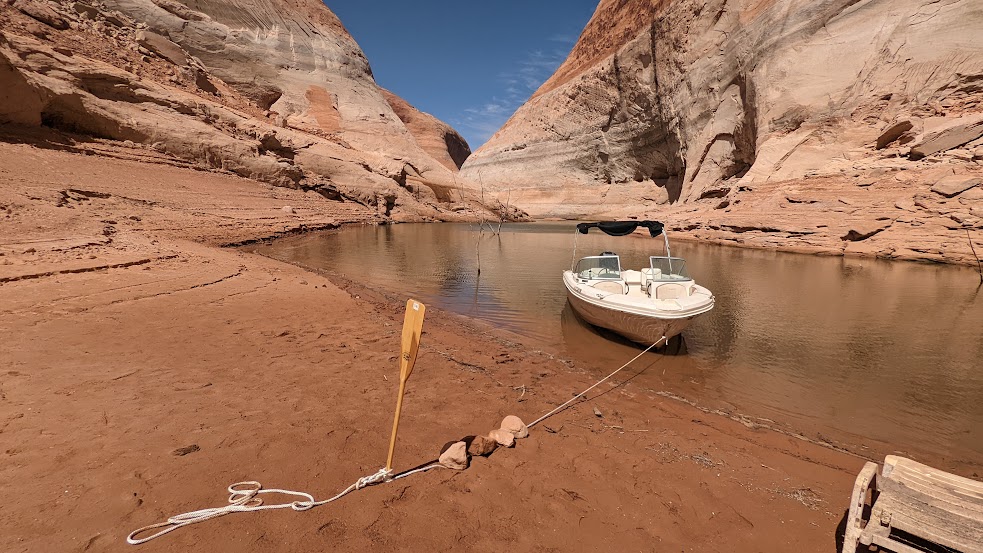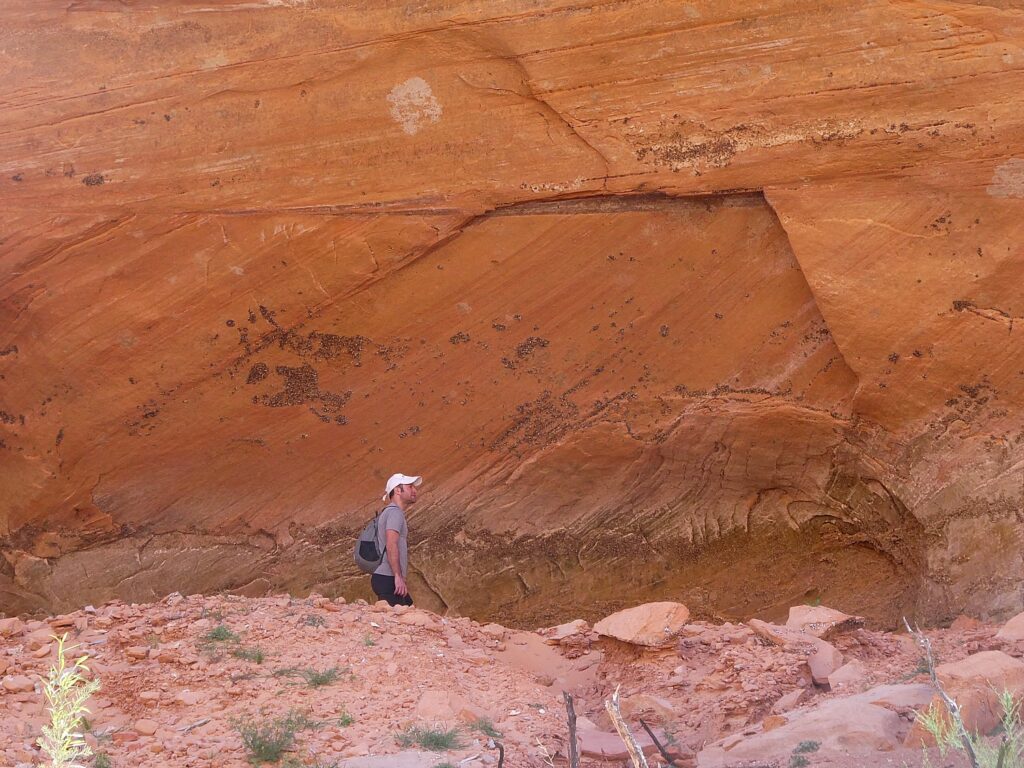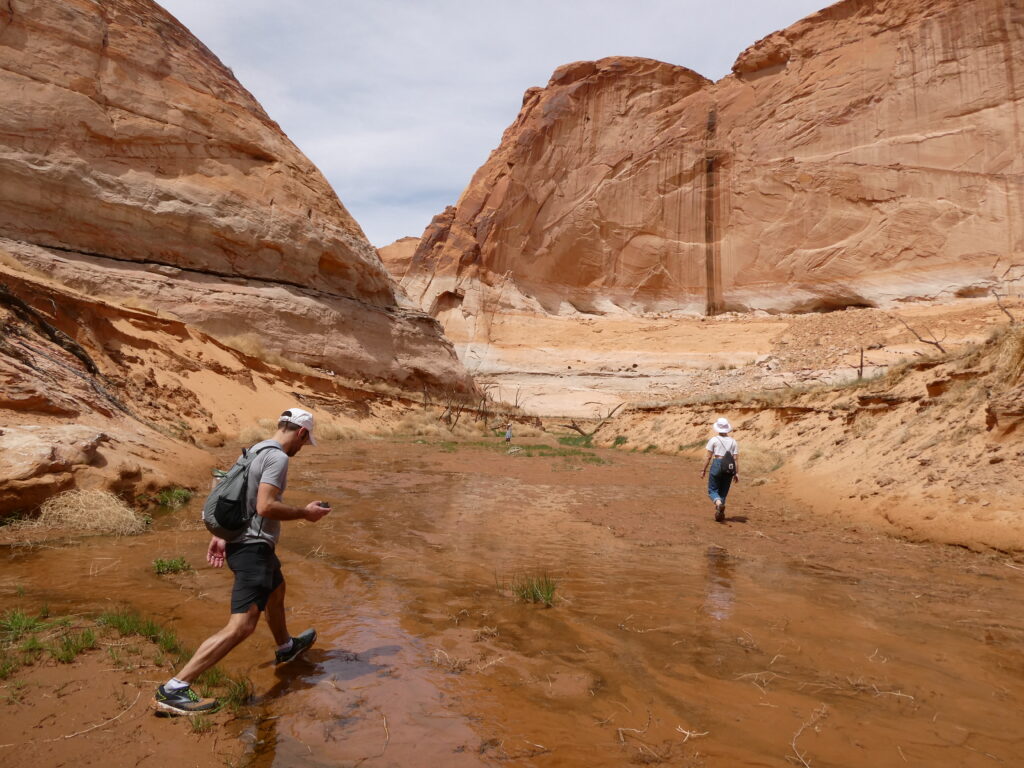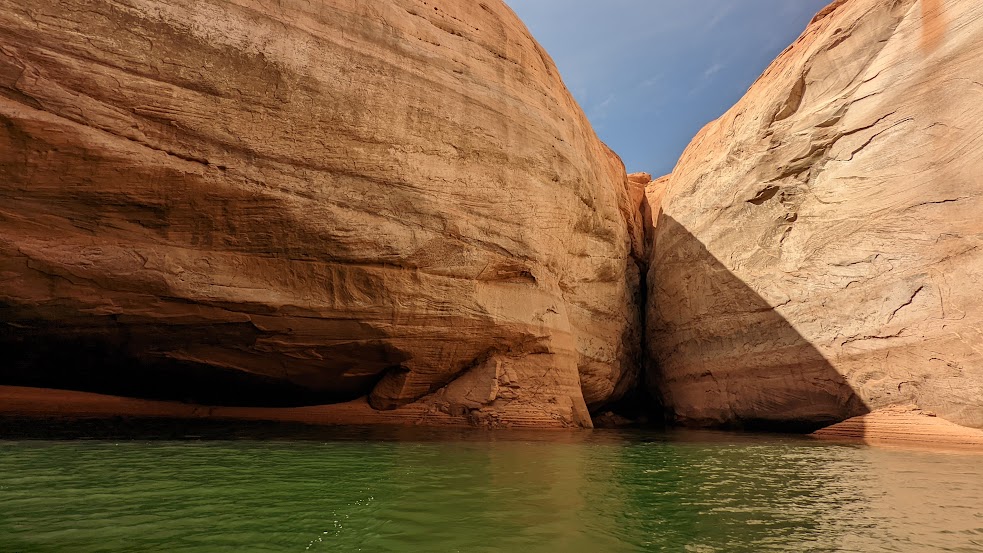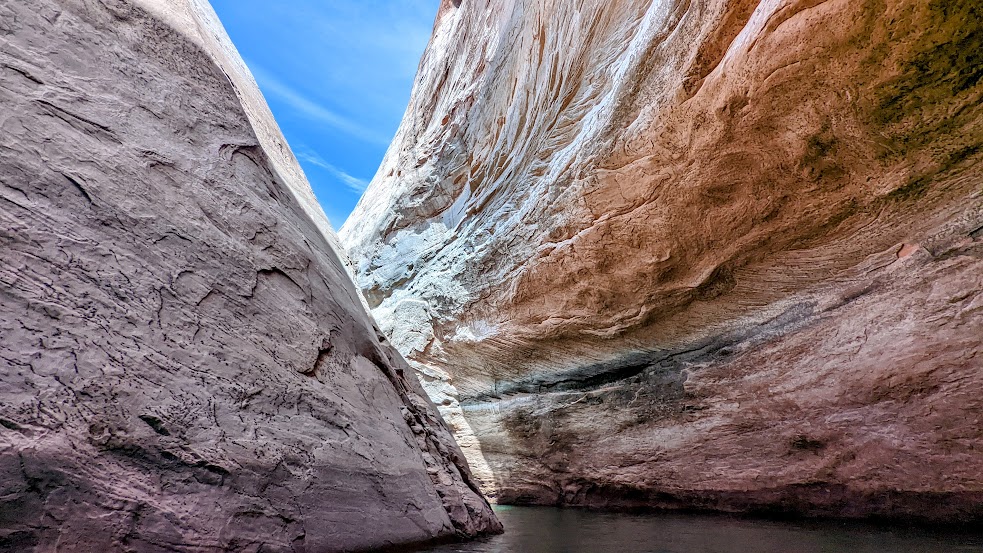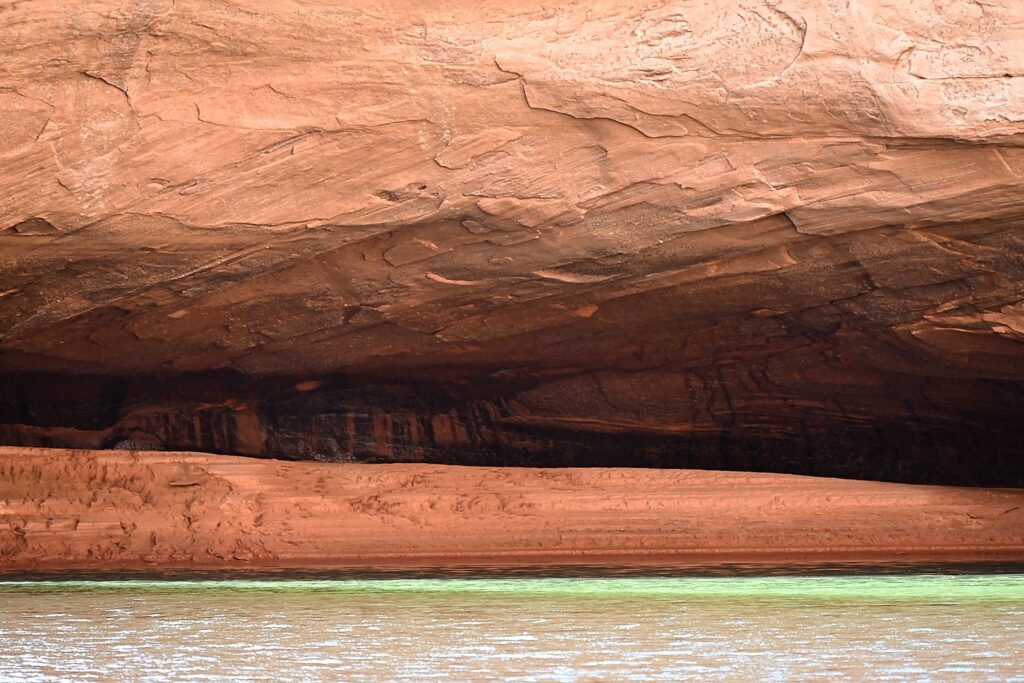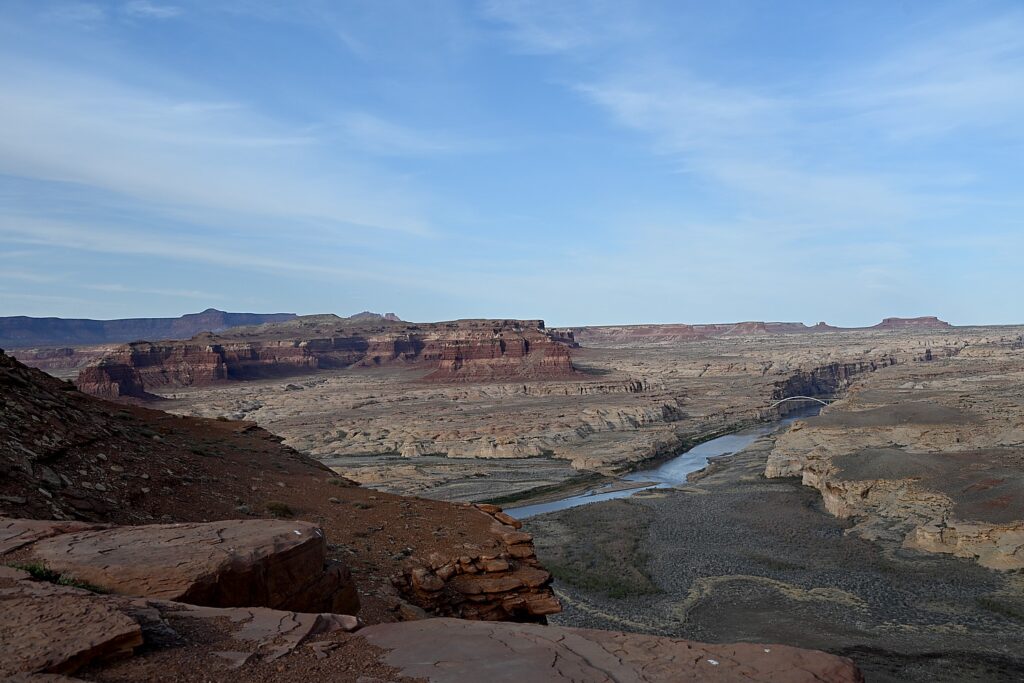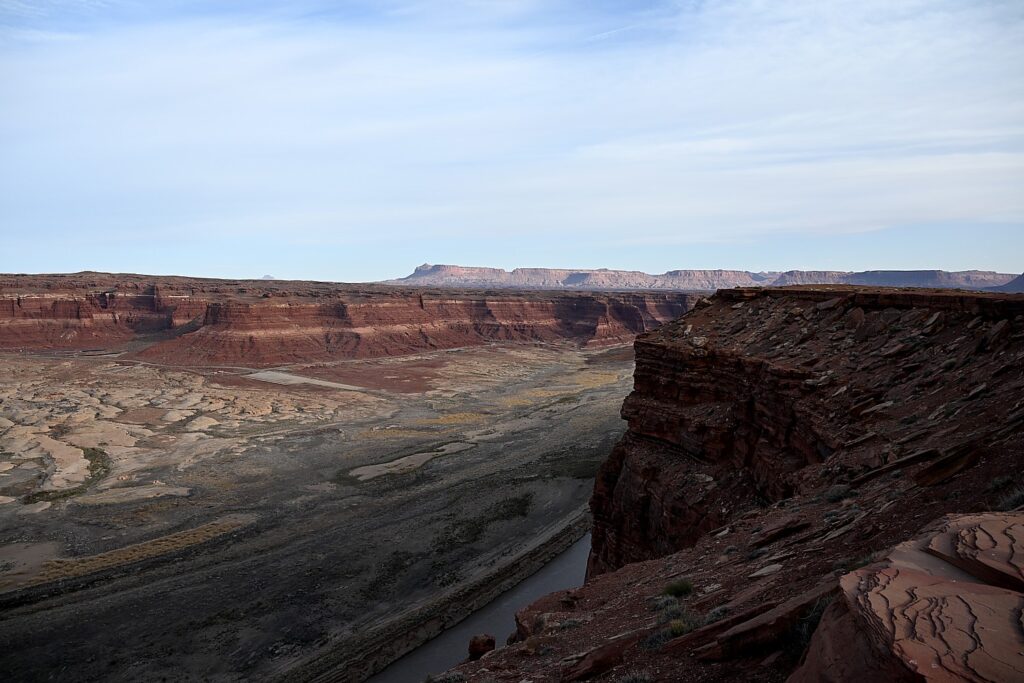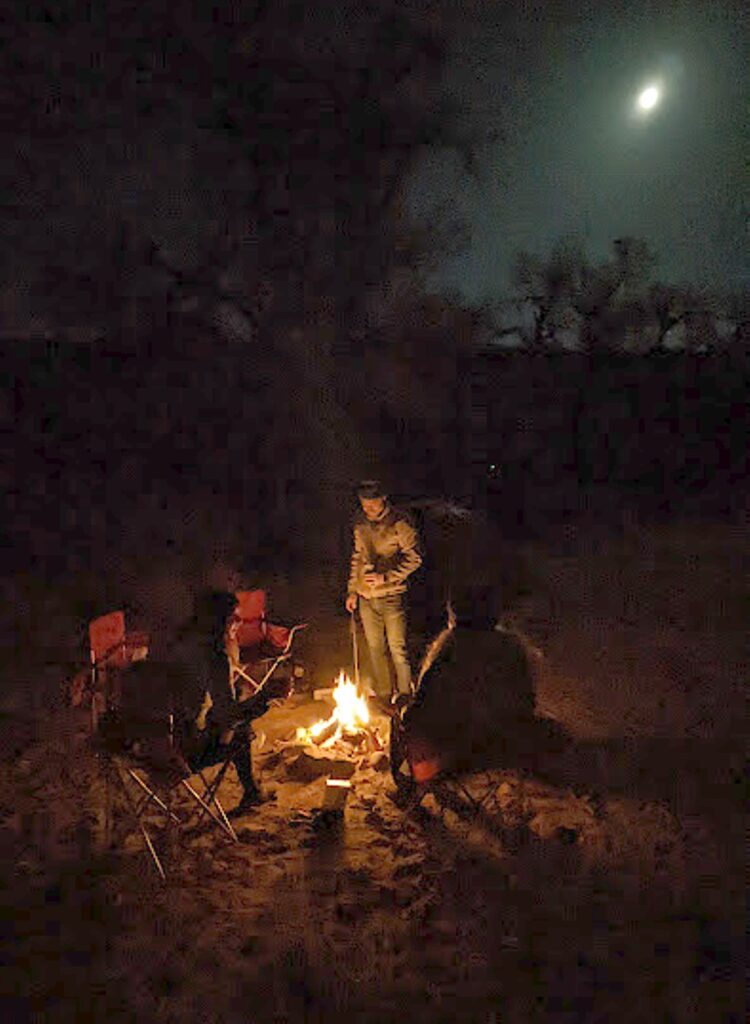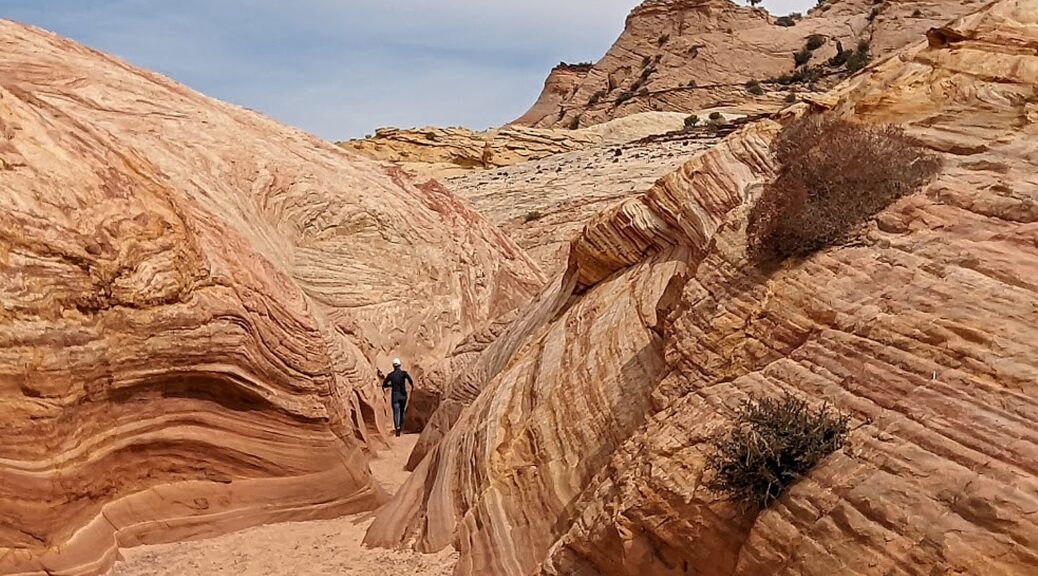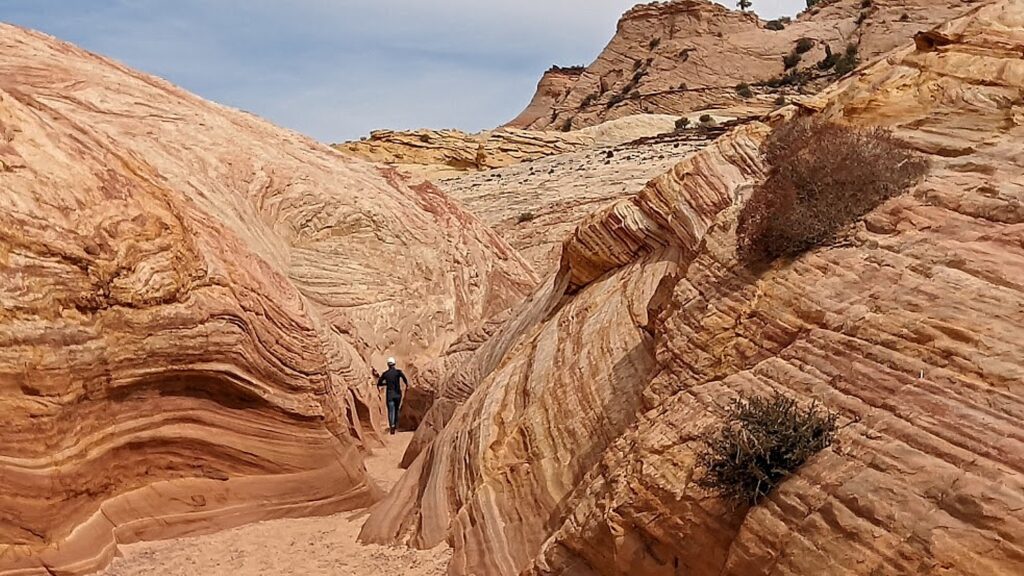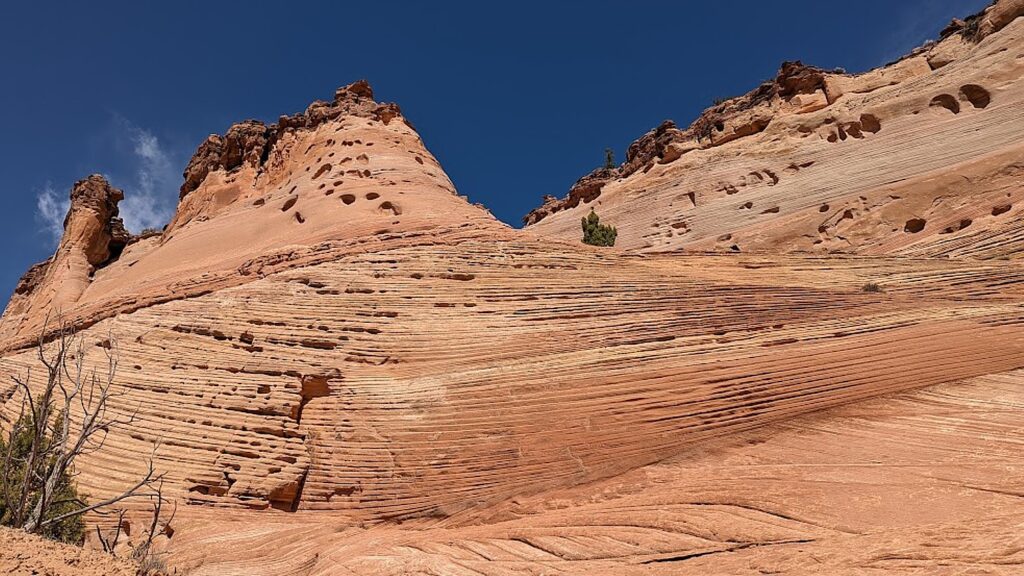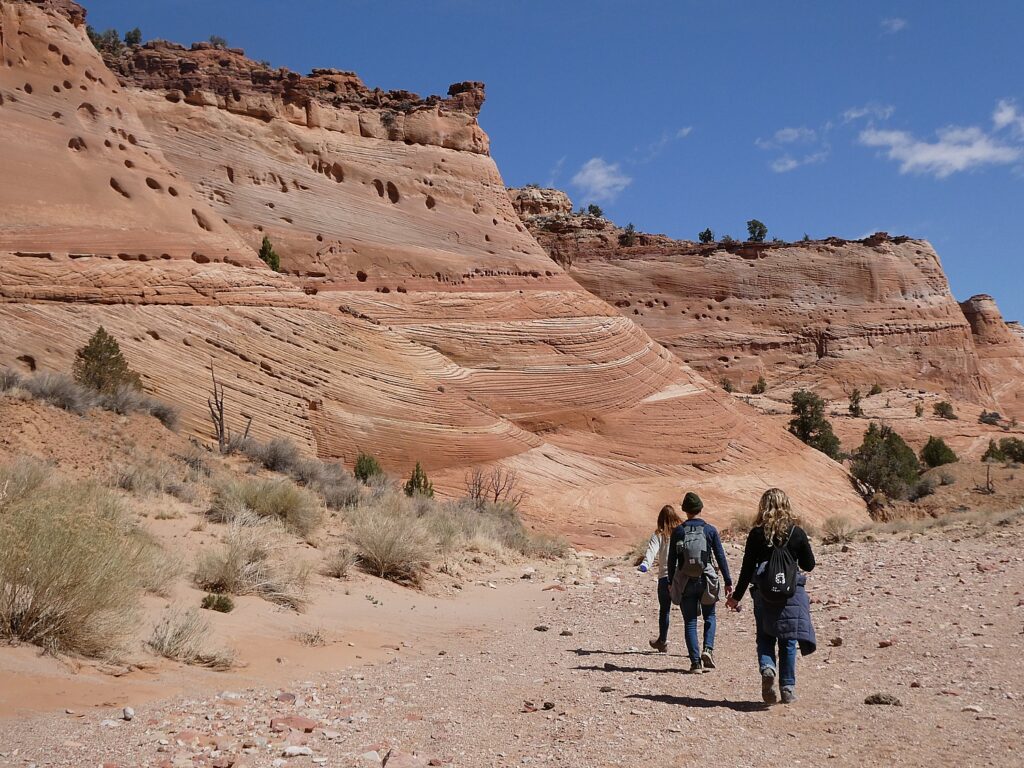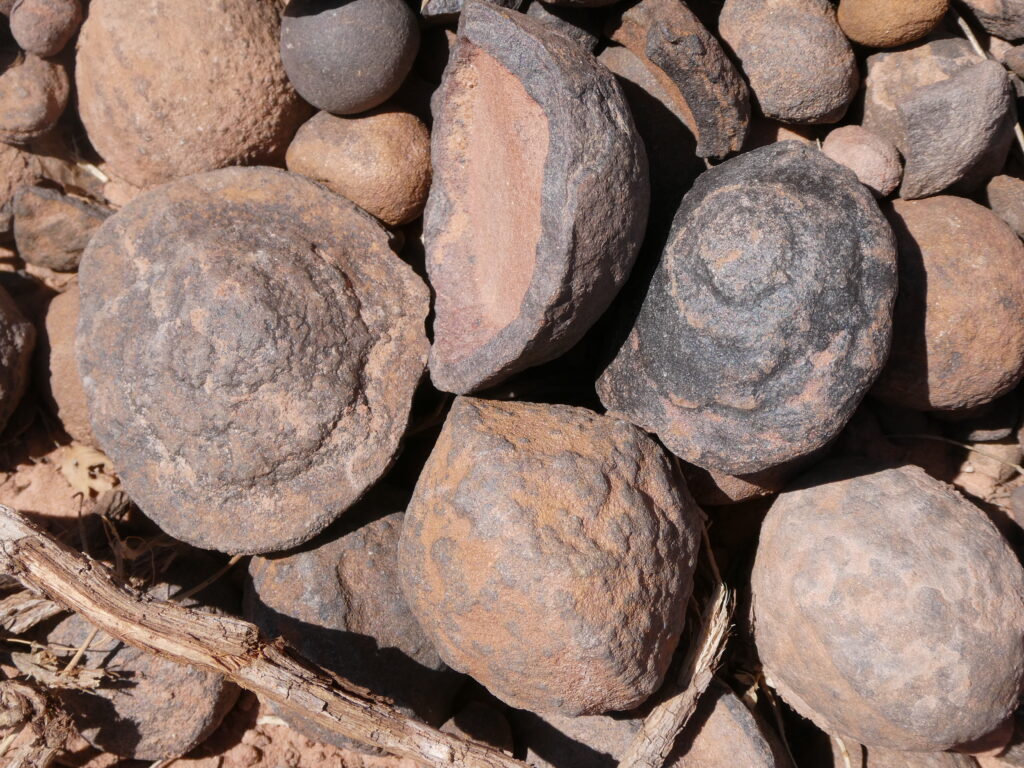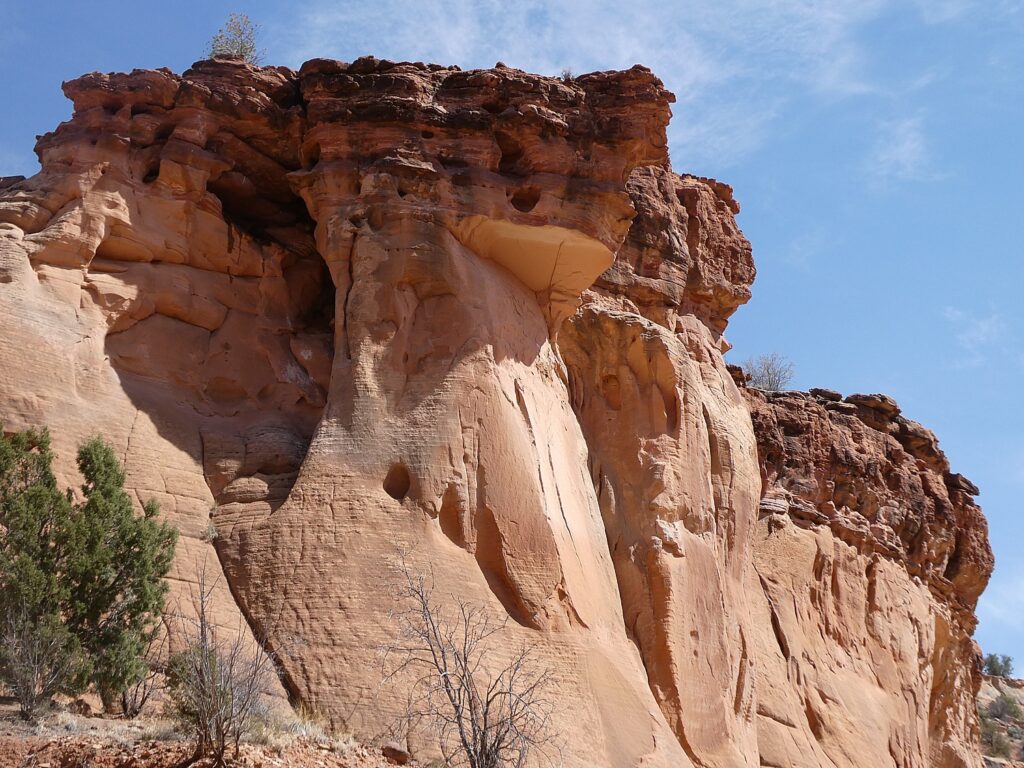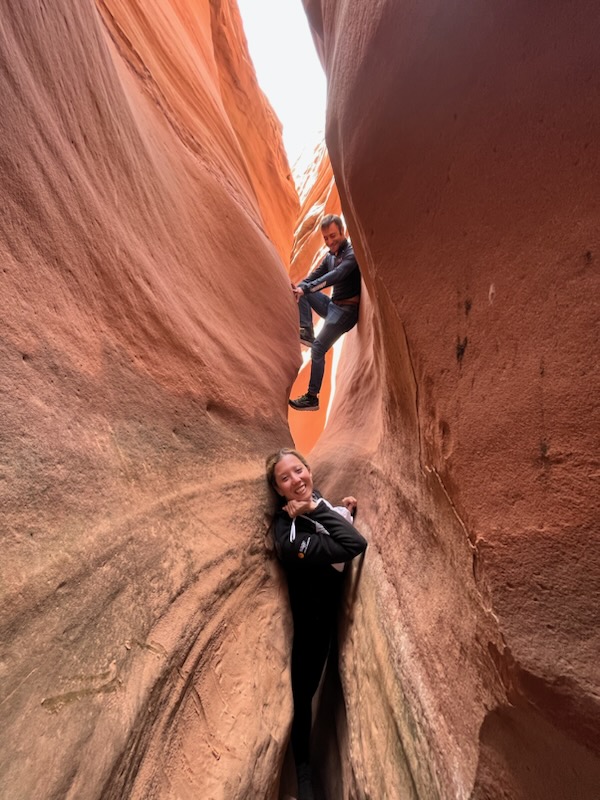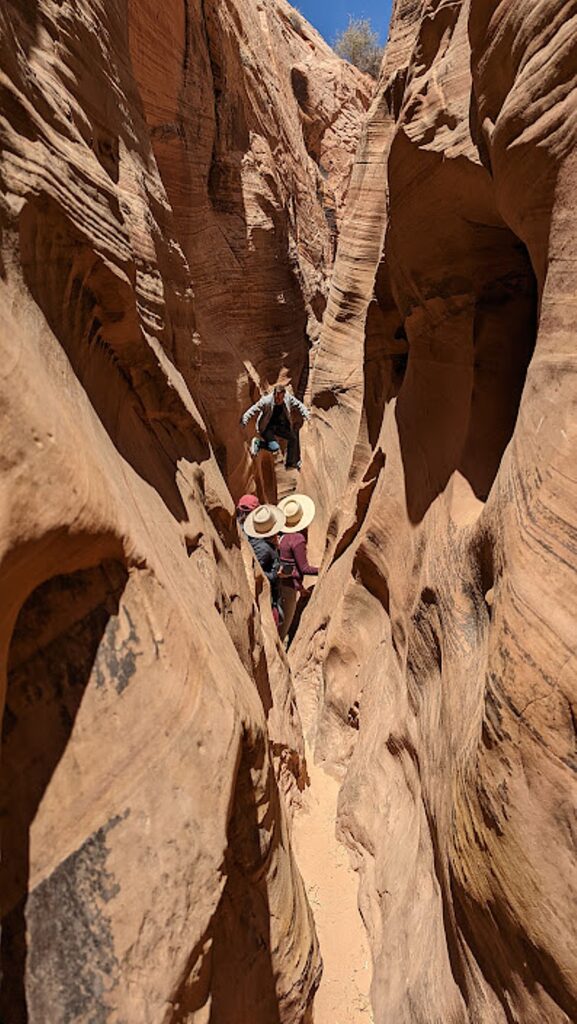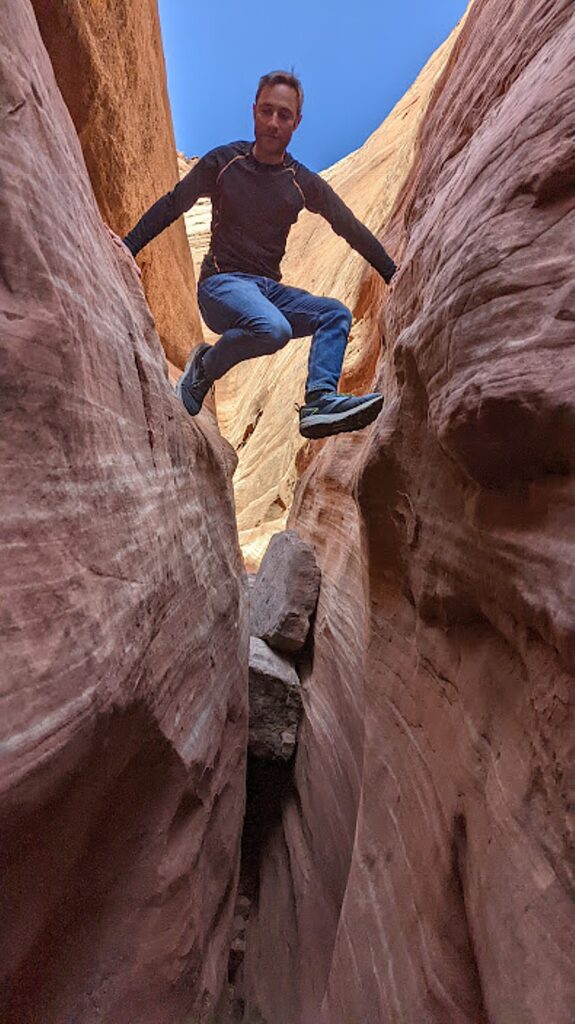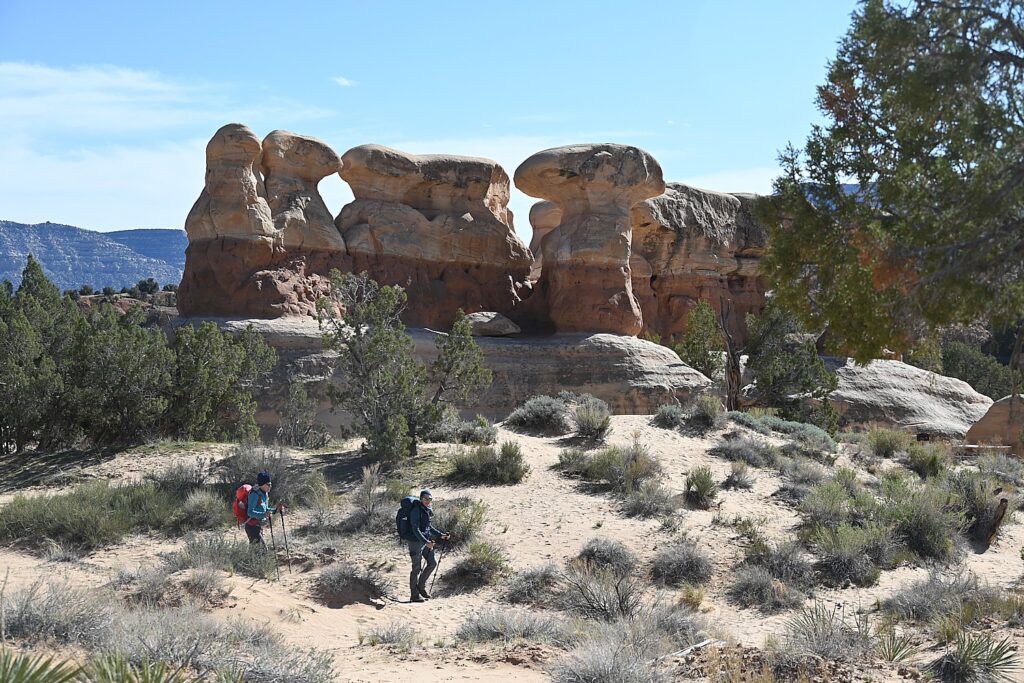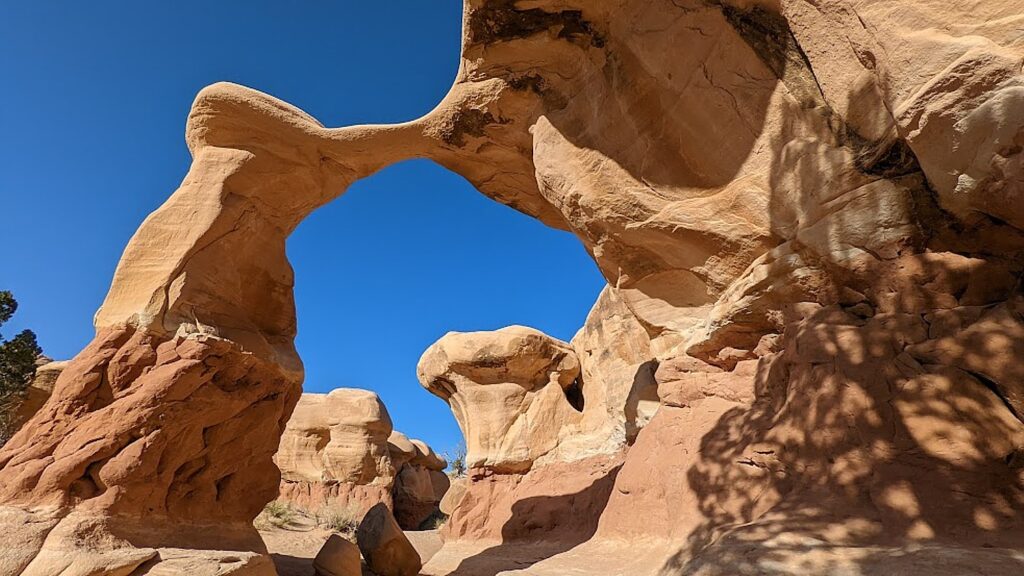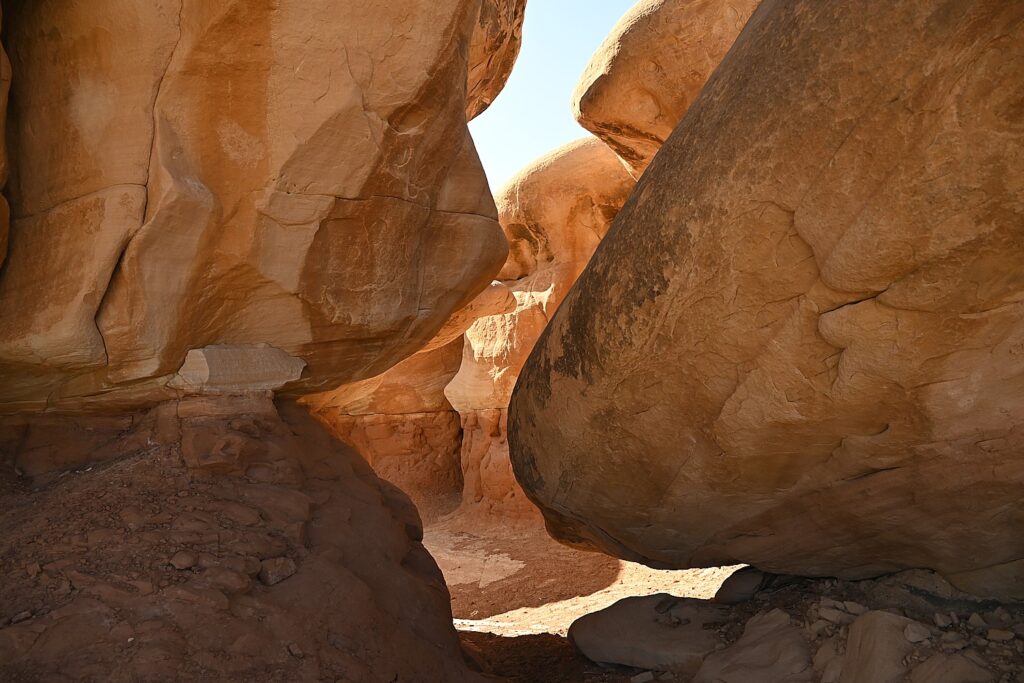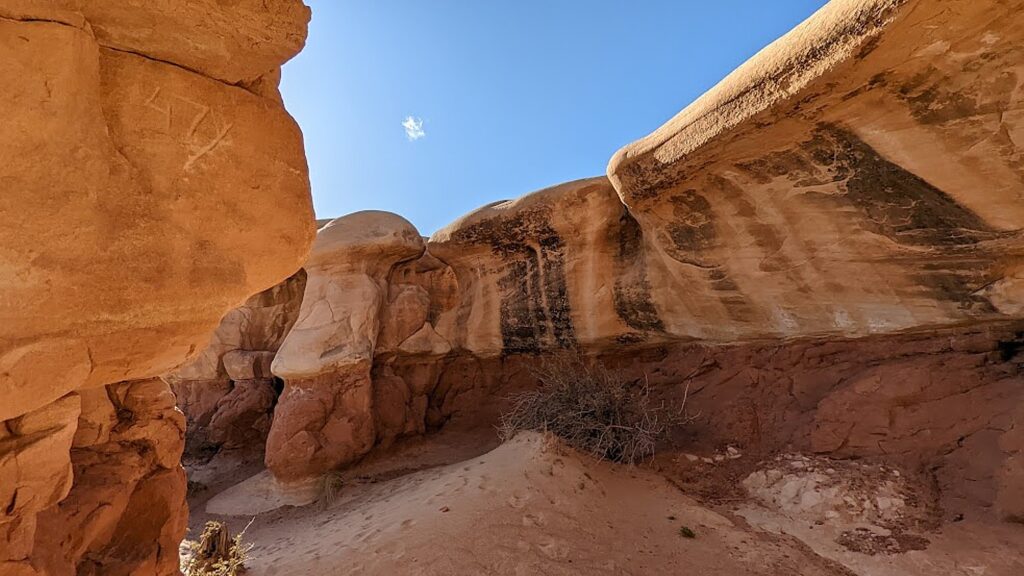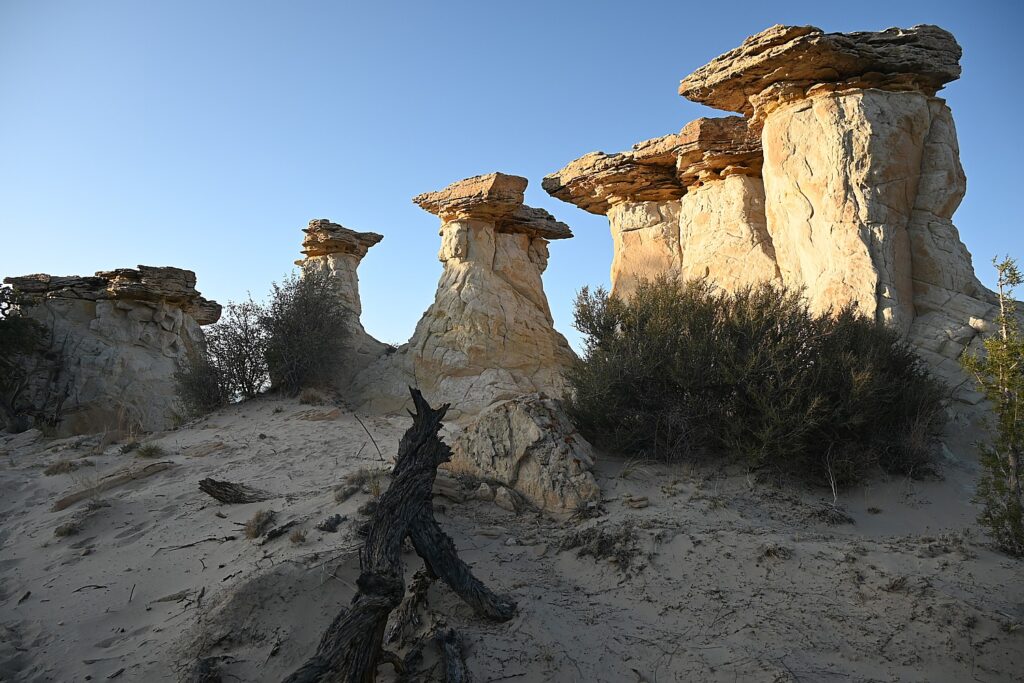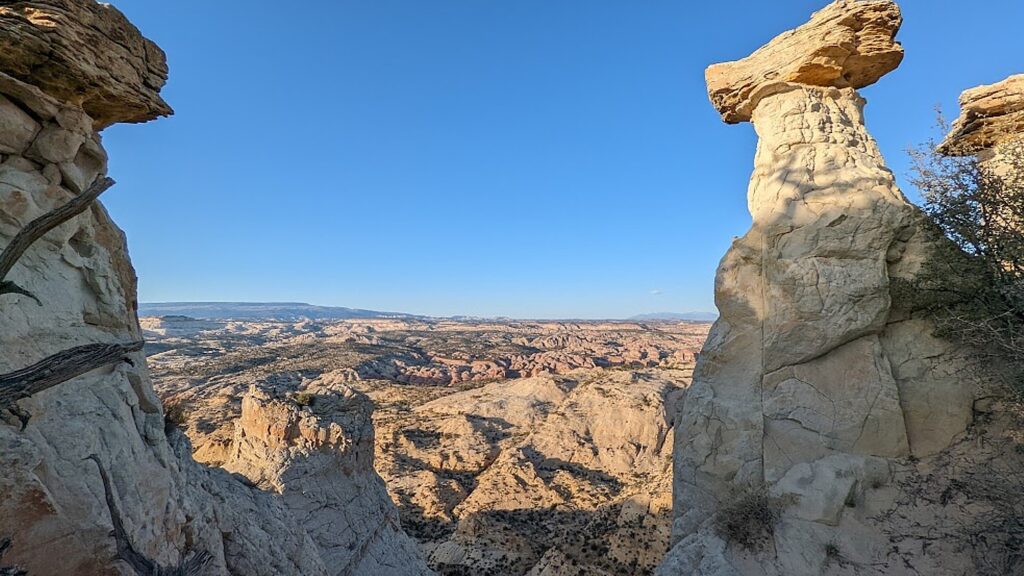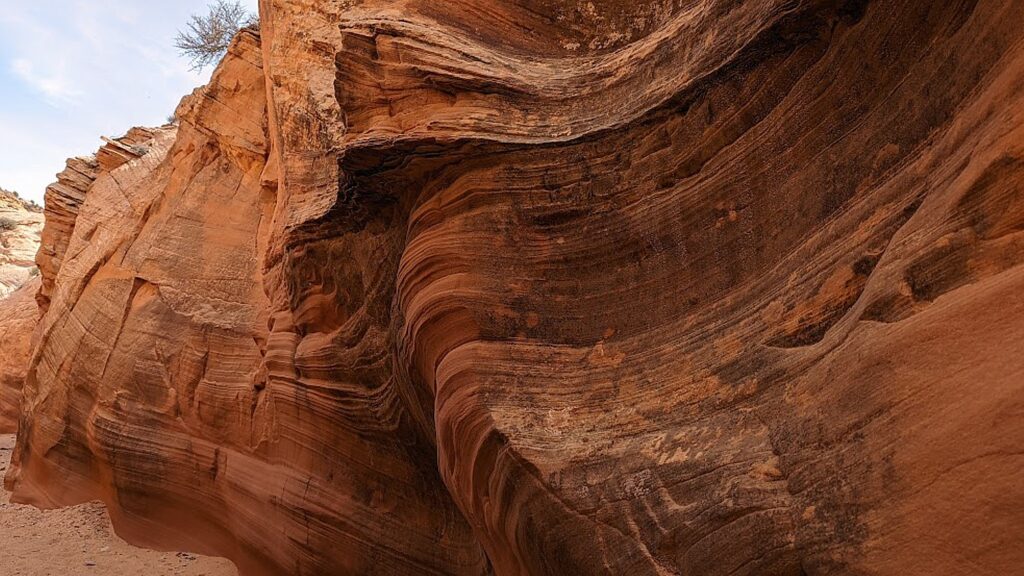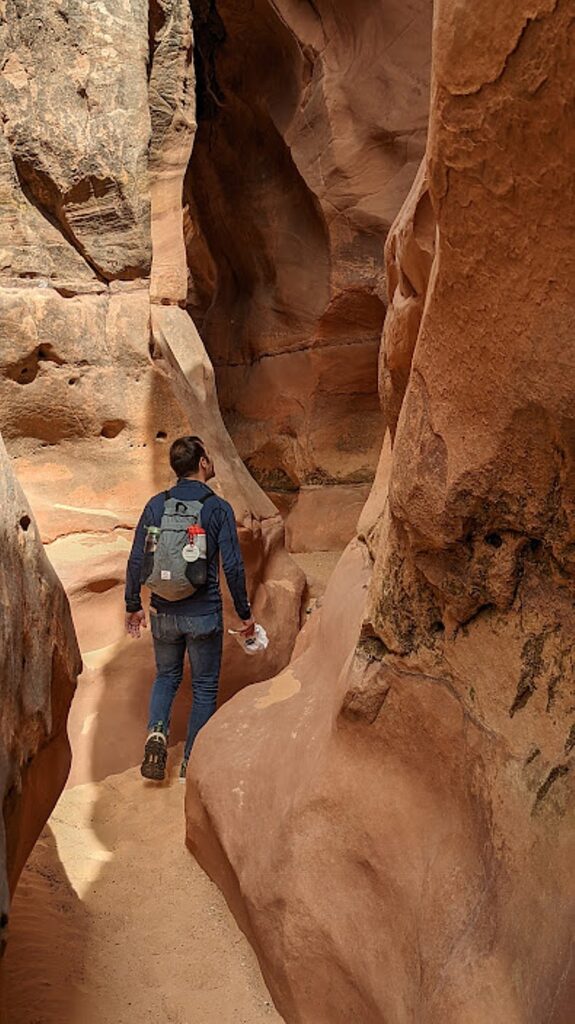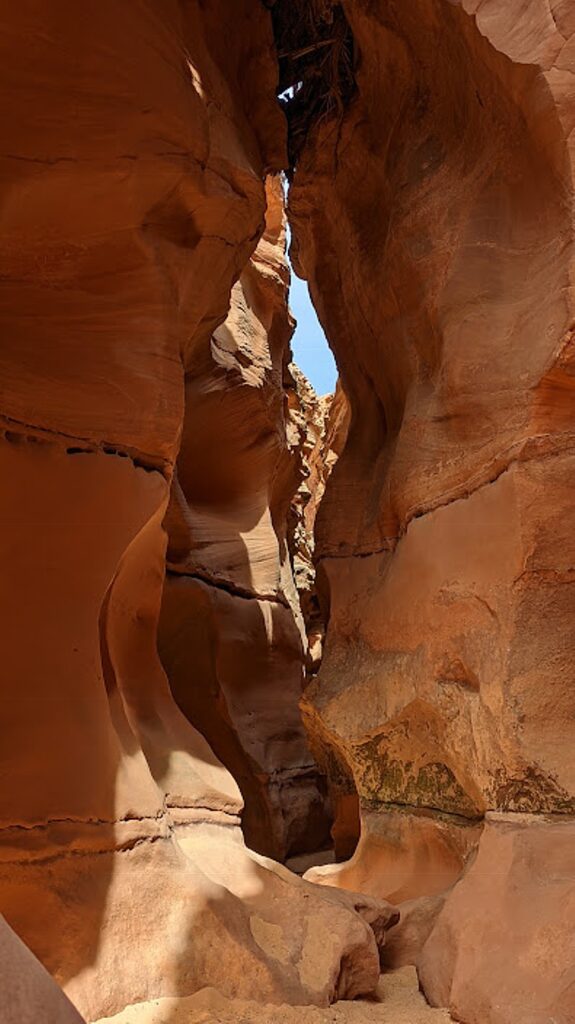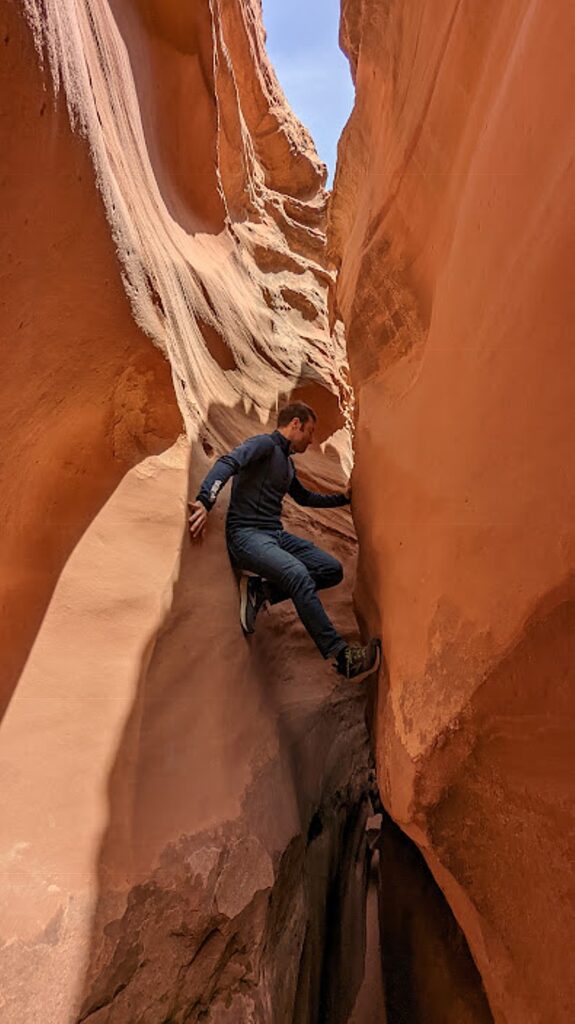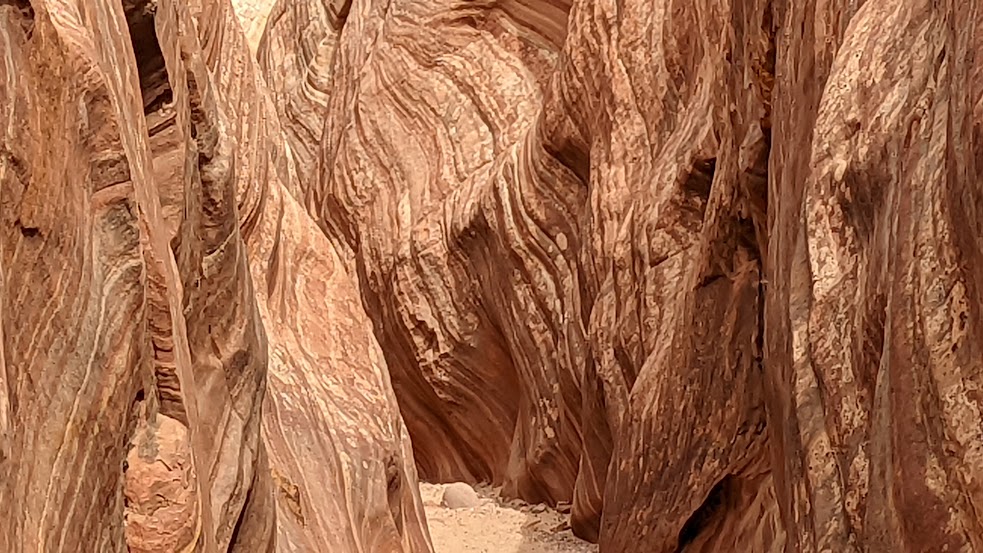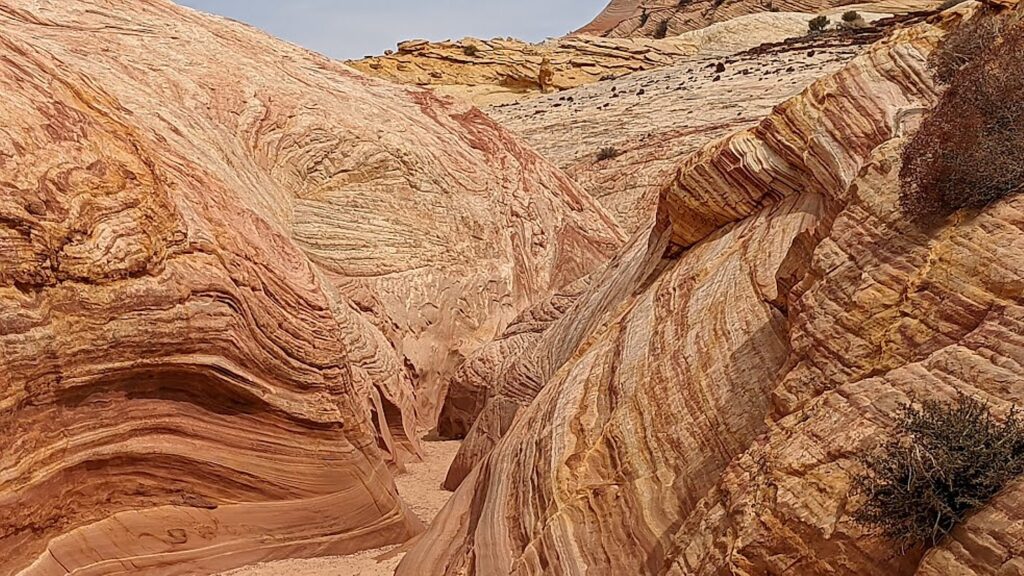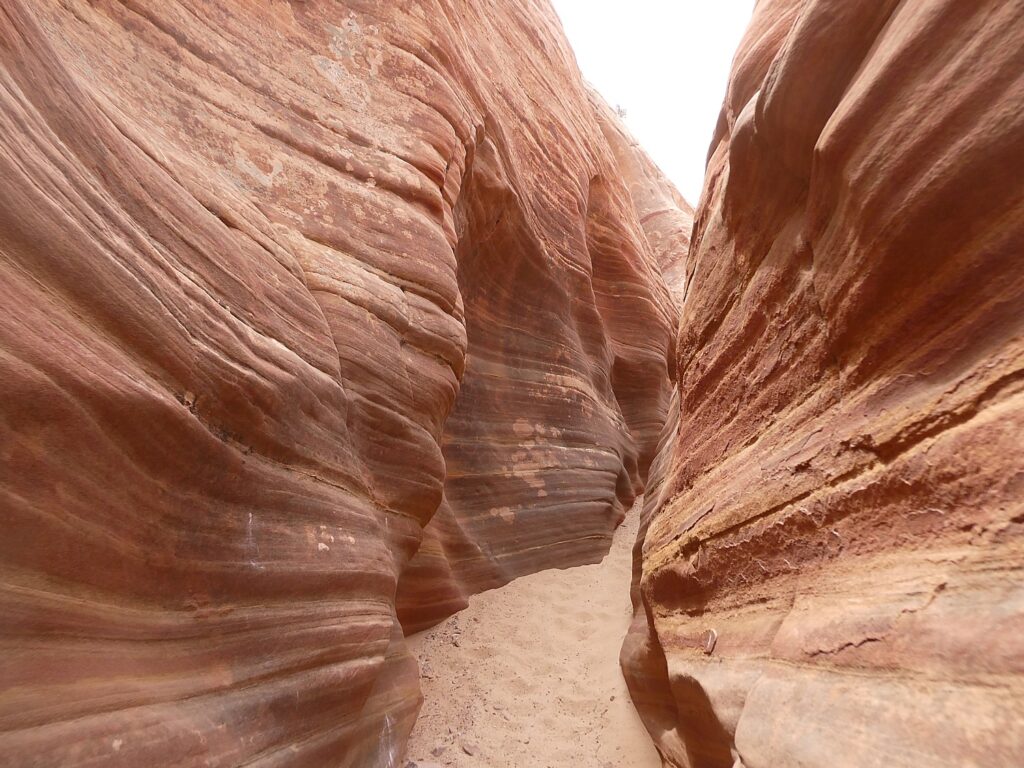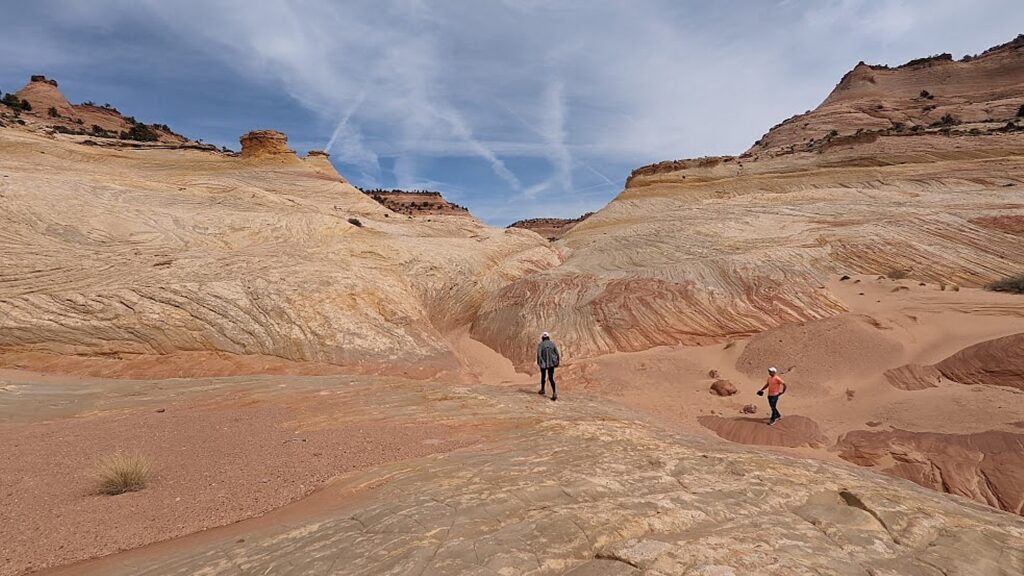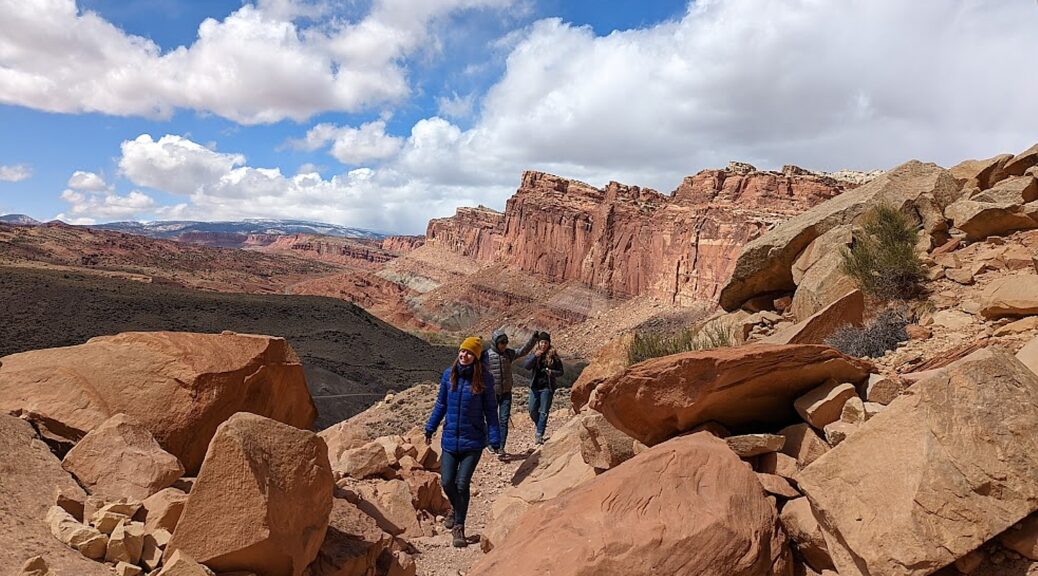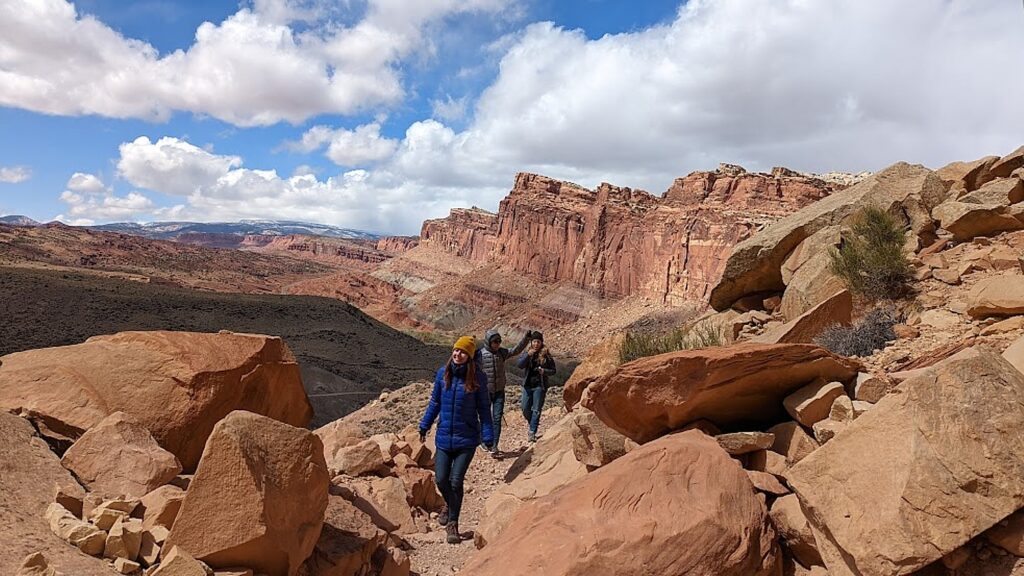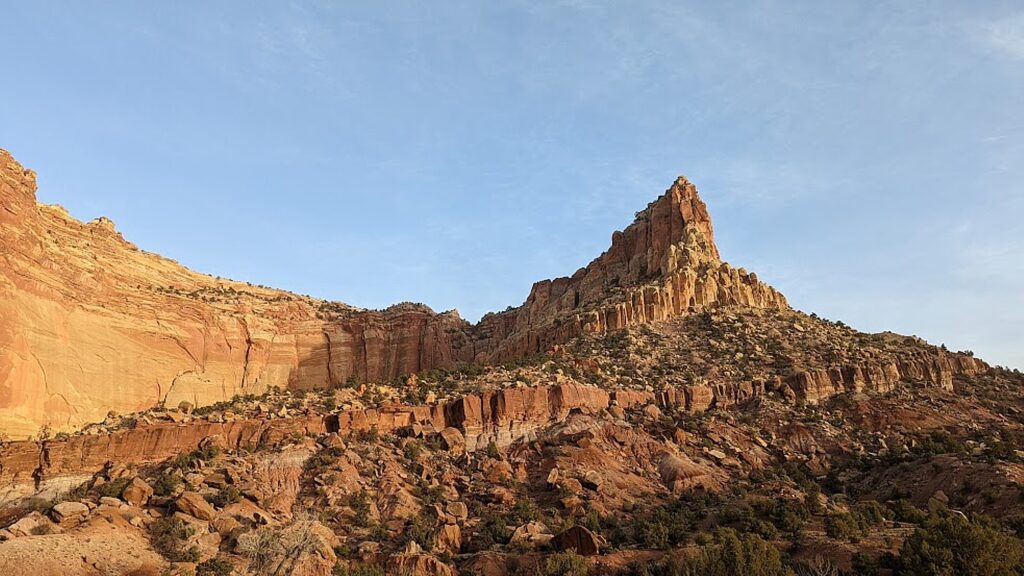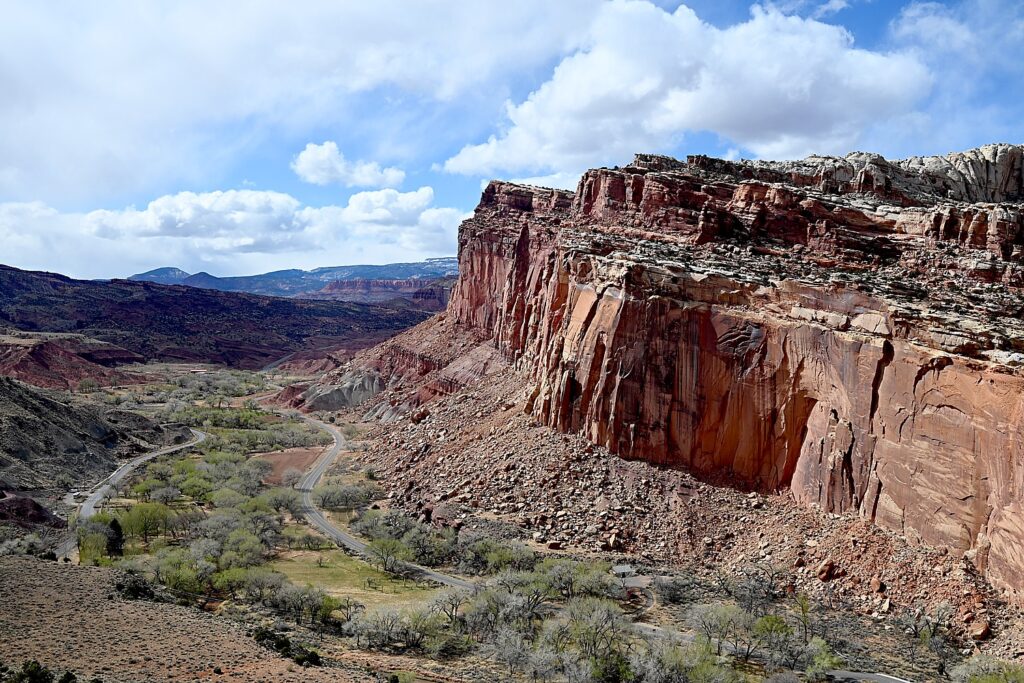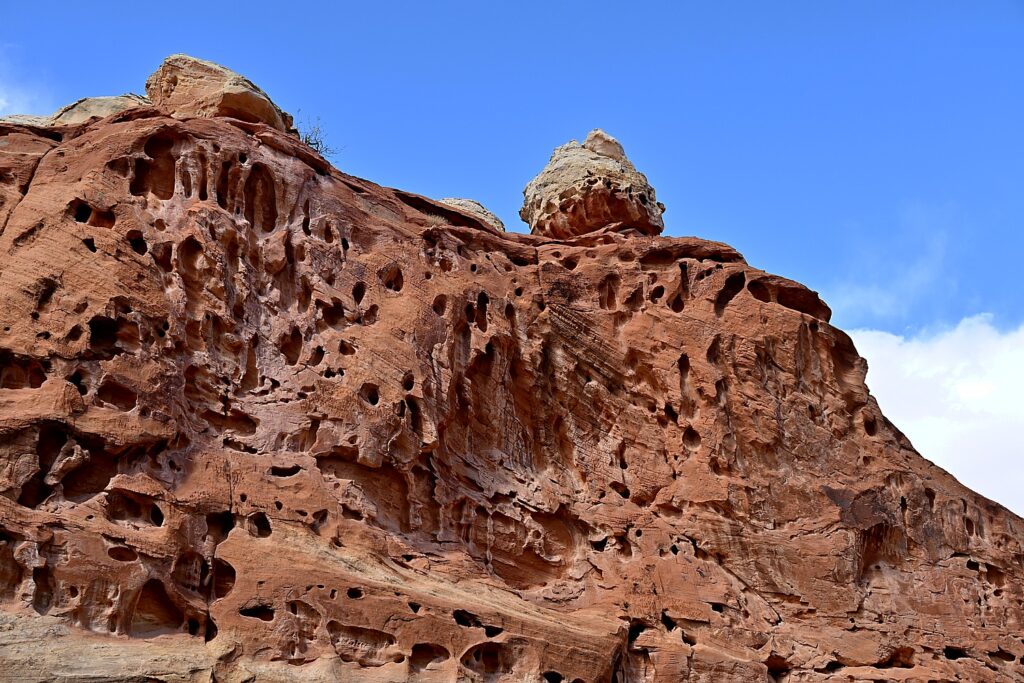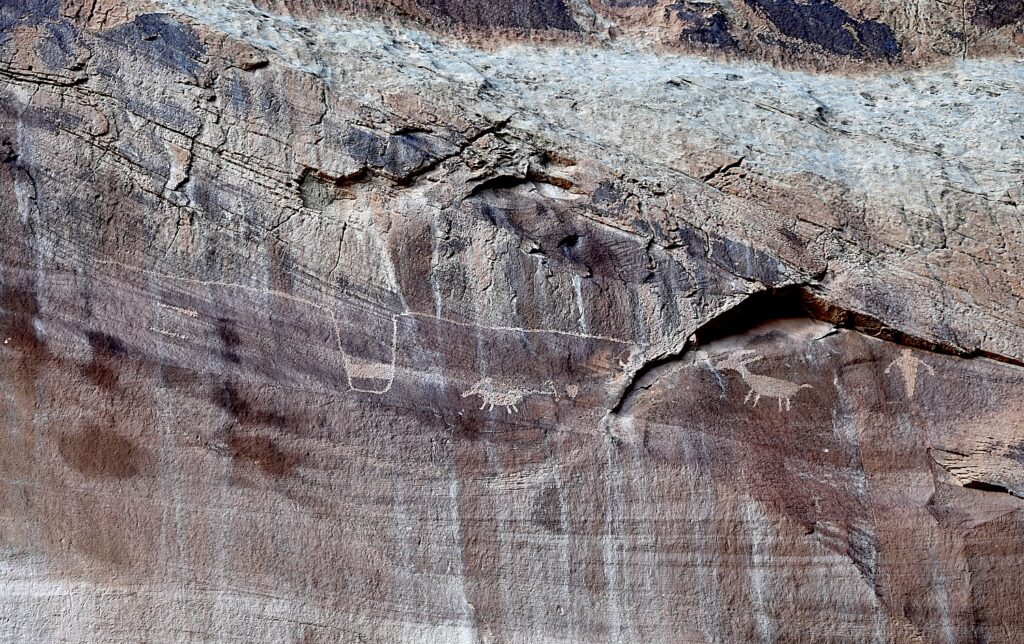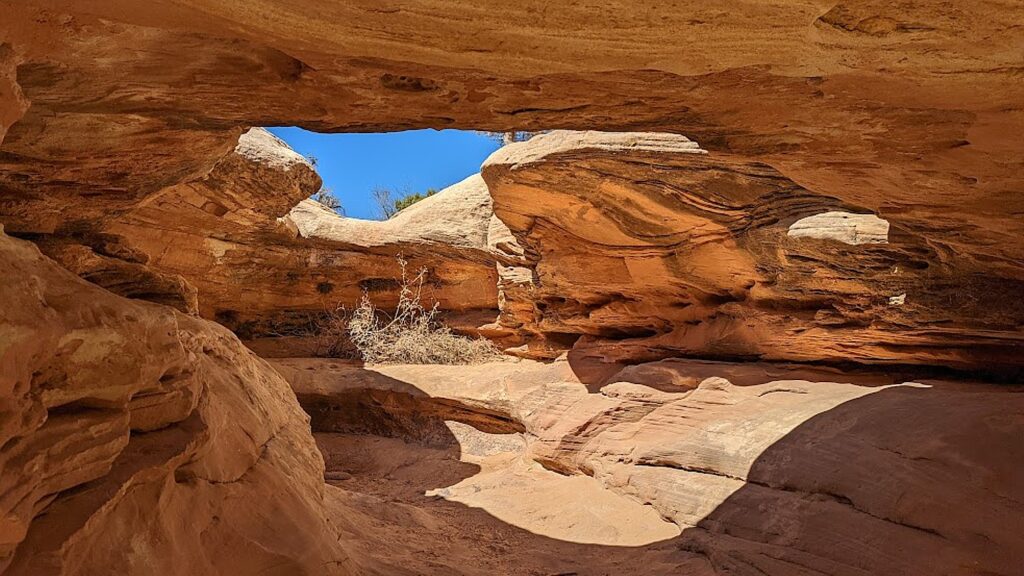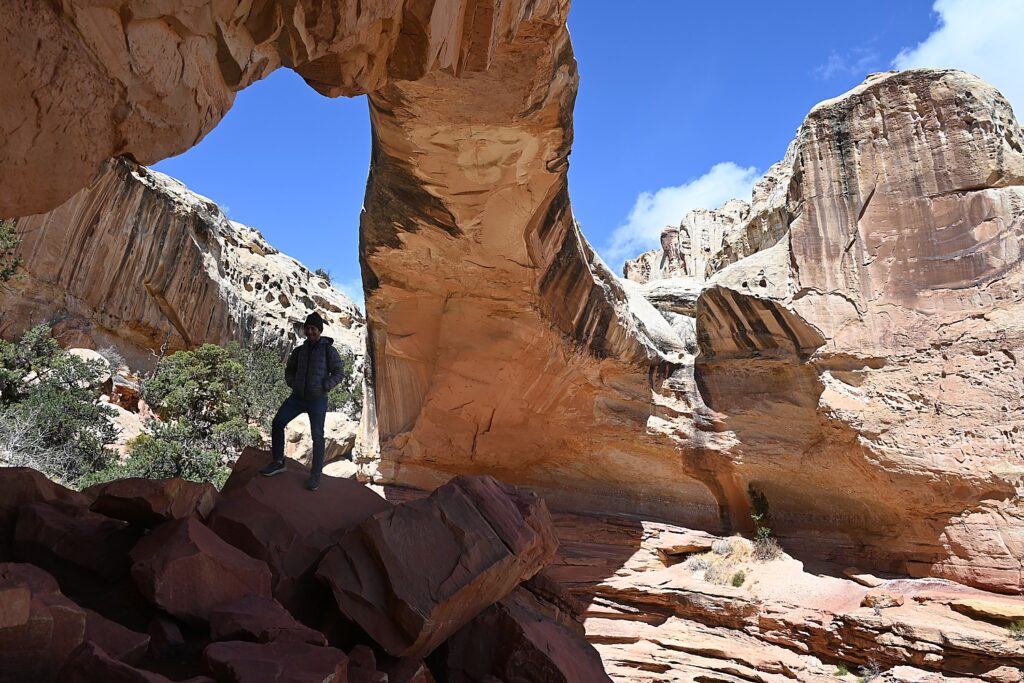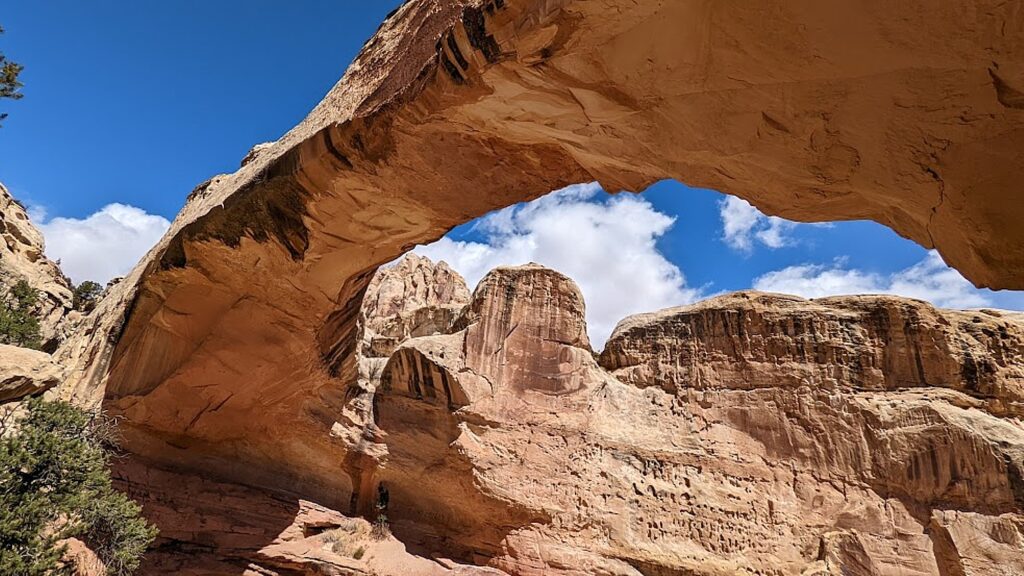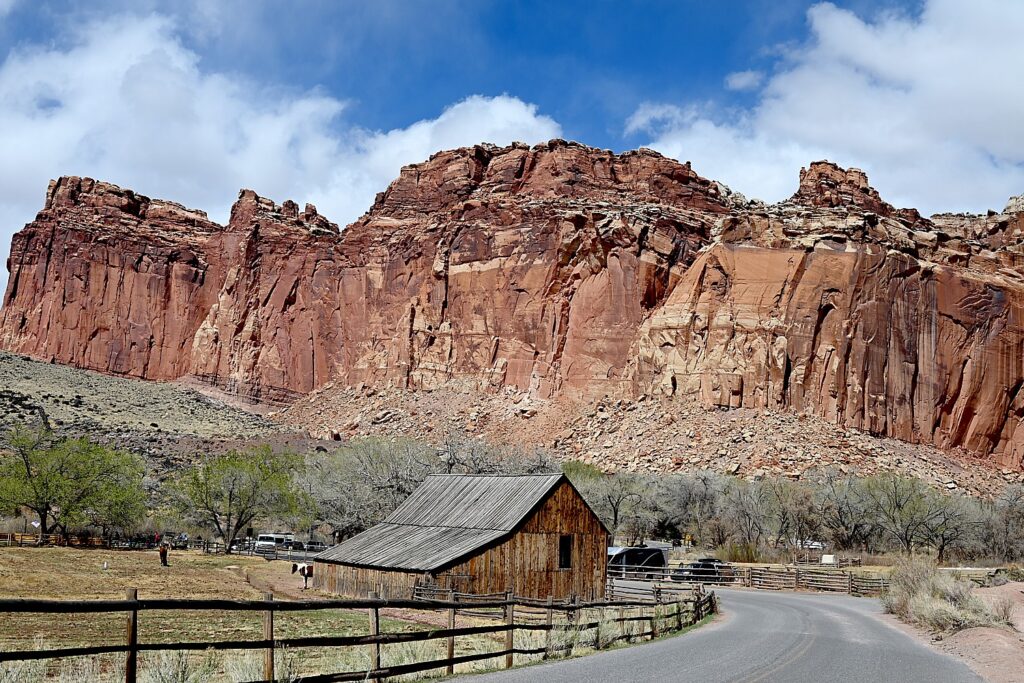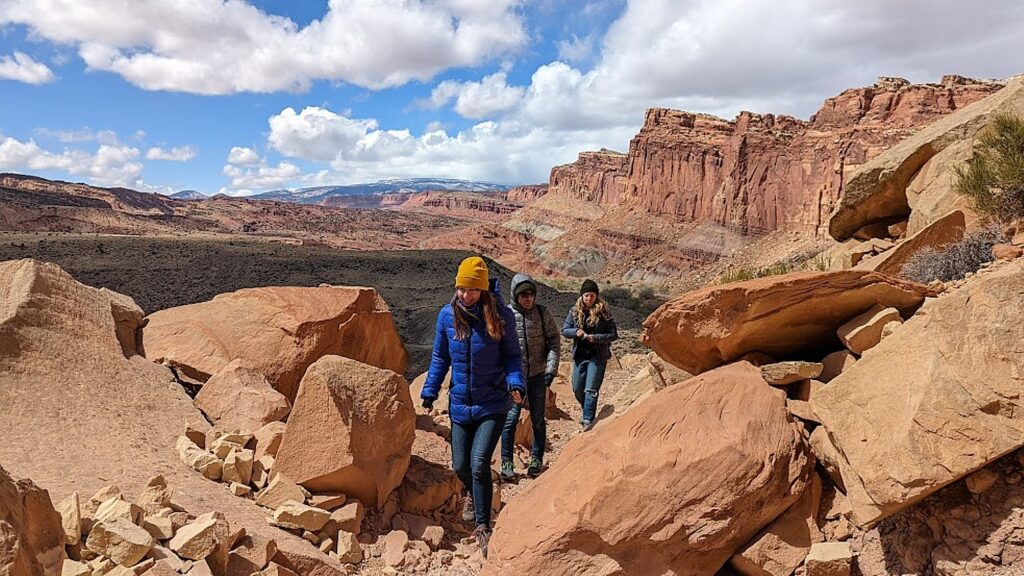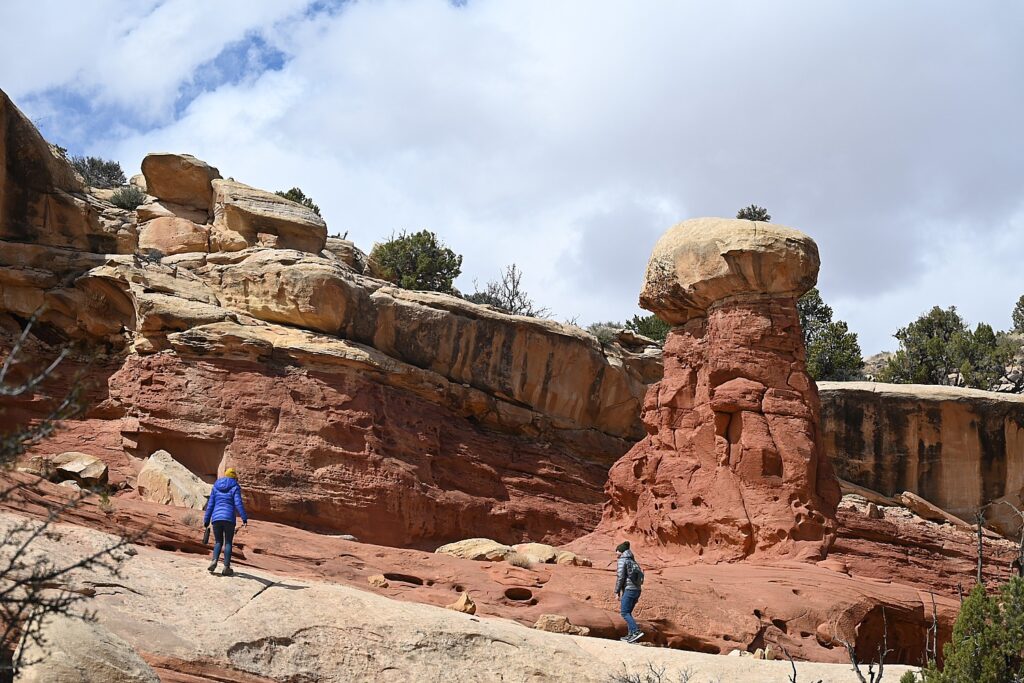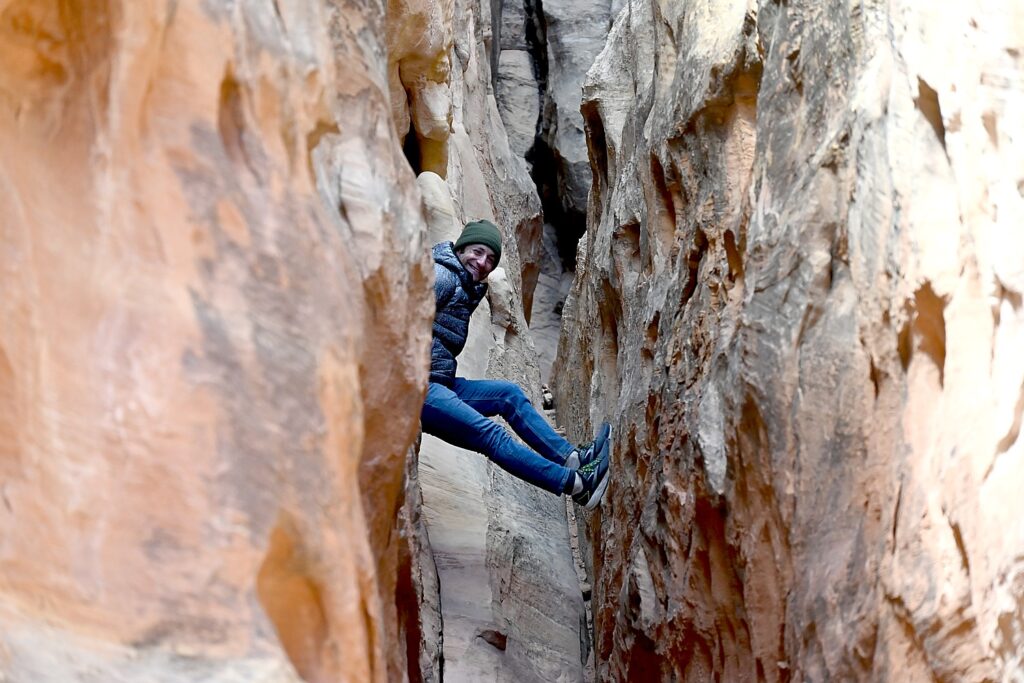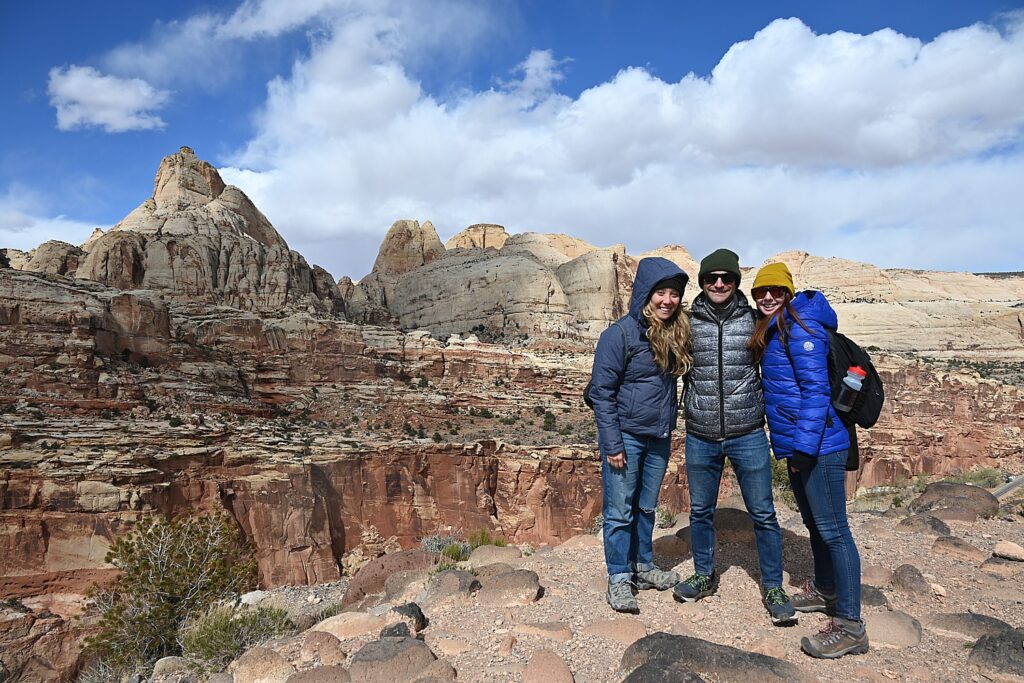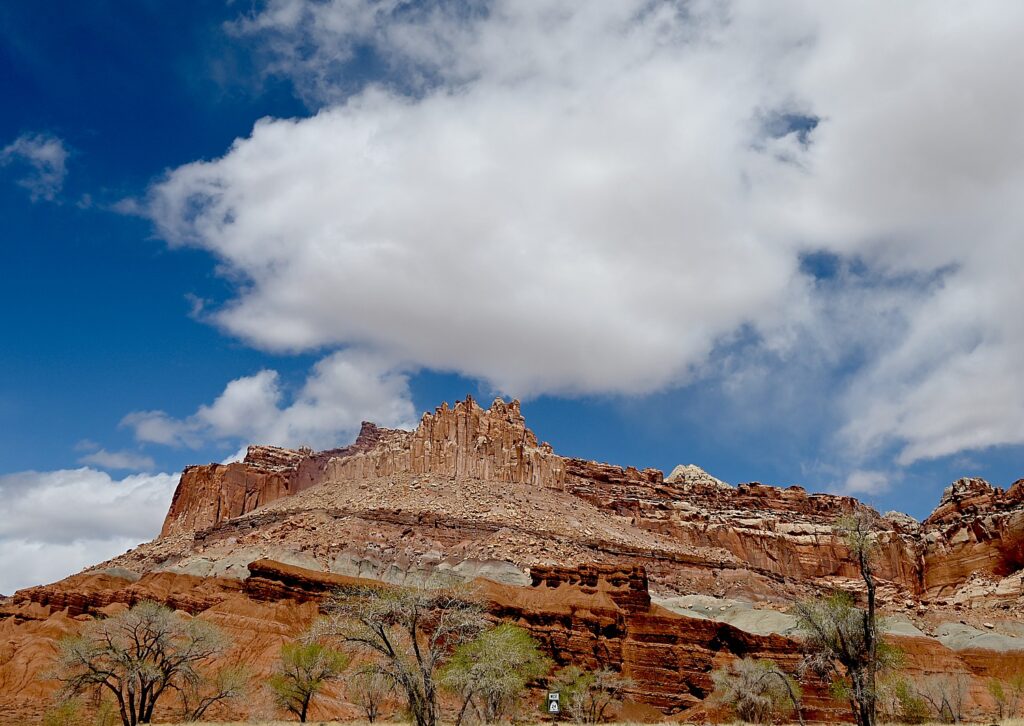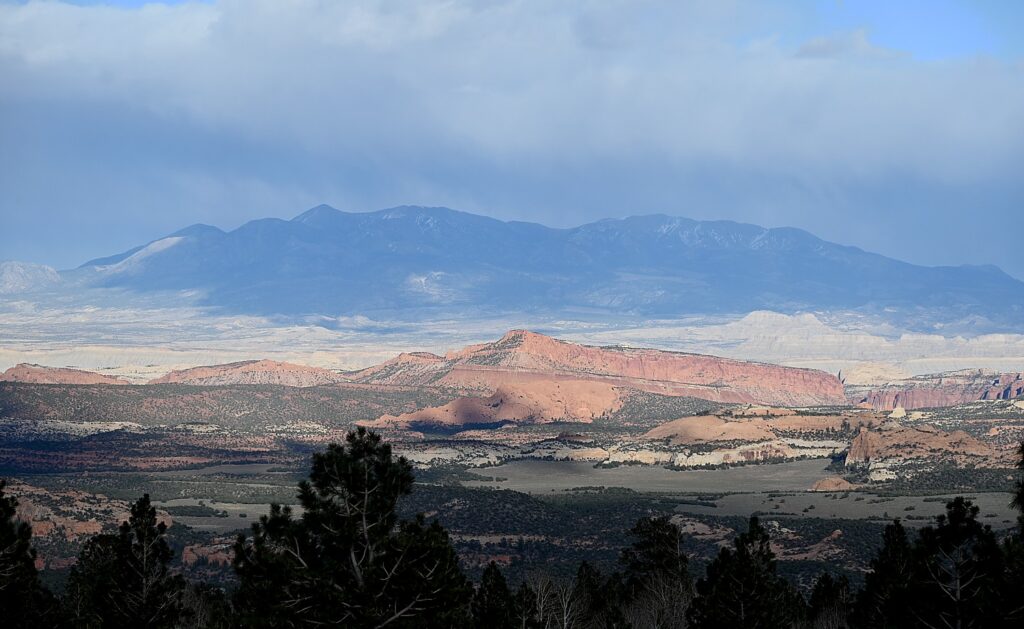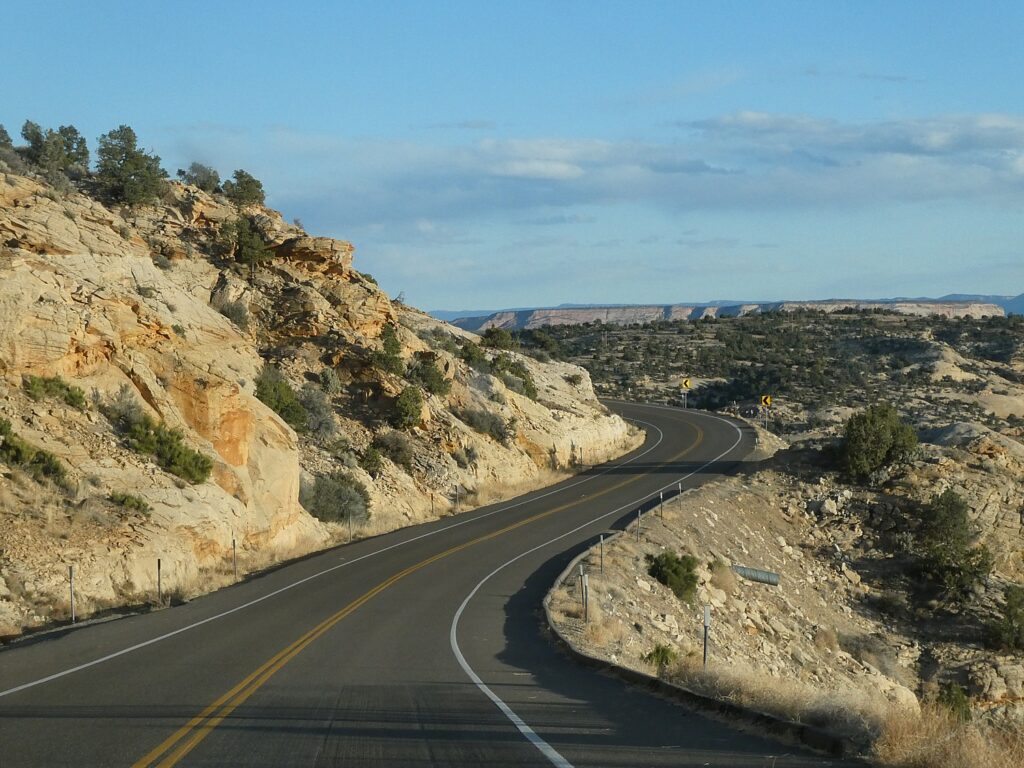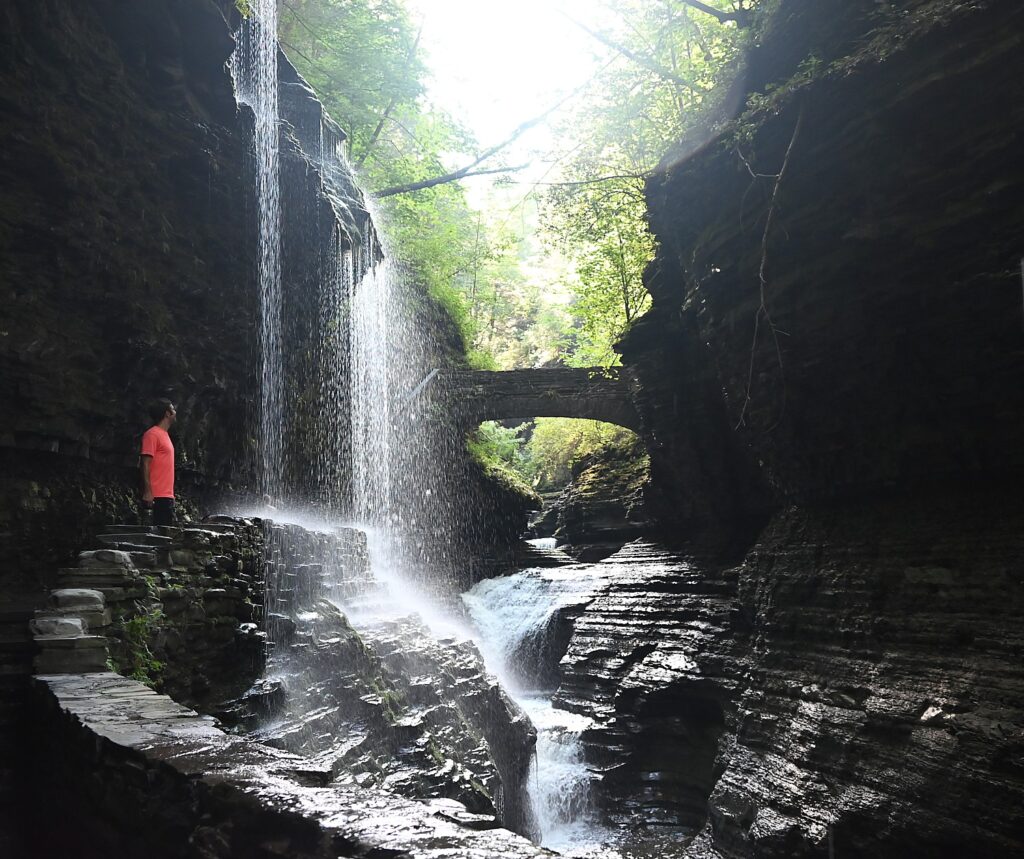
Edited by Karen Rubin, Travel Features Syndicate, goingplacesfarandnear.com
New York State offers some of the best destinations for summer family vacations, with Independence Day festivities providing an added spark:
If a staycation is your cup of tea, enjoy the Macy’s 4th of July Fireworks (New York City) over the Hudson River starting at 8pm or Jones Beach State Park, where, after a day enjoying the beach, boardwalk, surfing, fishing, miniature golf, and adventure center, stay for 9:30 pm The Jovia Financial Credit Union Fireworks Spectacular at Jones Beach when 8,000 fireworks blaze through the sky accompanied by patriotic songs.
But there is so much to explore in New York State this summer:
Capital-Saratoga
Albany’s 4th of July Celebration : Celebrate the holiday with 20,000 other revelers at Empire State Plaza . The 4th of July Celebration takes place from 5-10 pm with live performances, food and fireworks. Watch the sky over The Egg, the New York State Capitol, and Corning Tower.
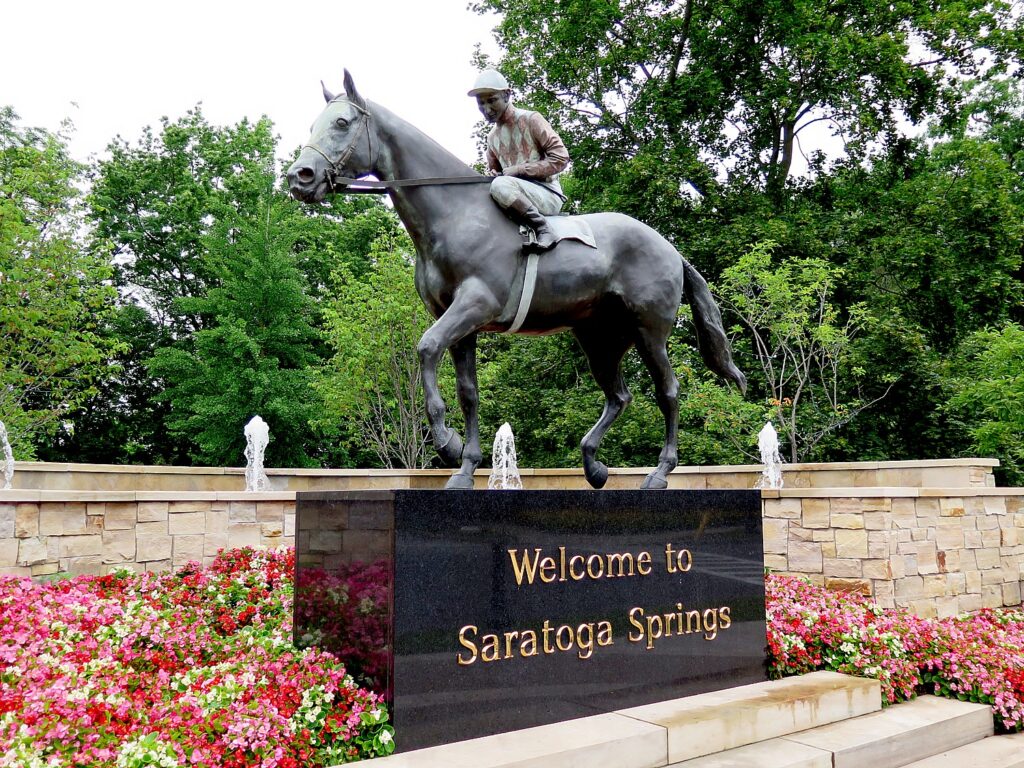
Saratoga Springs exudes small town character and charm and is near where the famous Battles of Saratoga took place in 1777, marking the turning point of the Revolutionary War in favor of American Independence. Commemorate America’s independence in Saratoga Springs with annual events including the 18th annual Firecracker4 Road Race, the longest and largest Independence Day race in the Northeast. Stay: Saratoga Arms Hotel, a historic 31-room boutique hotel in the heart of downtown Saratoga Springs. Originally built in 1870, Saratoga Arms is a classic, Second Empire-style building that evokes old-world charm with a grand wraparound porch.
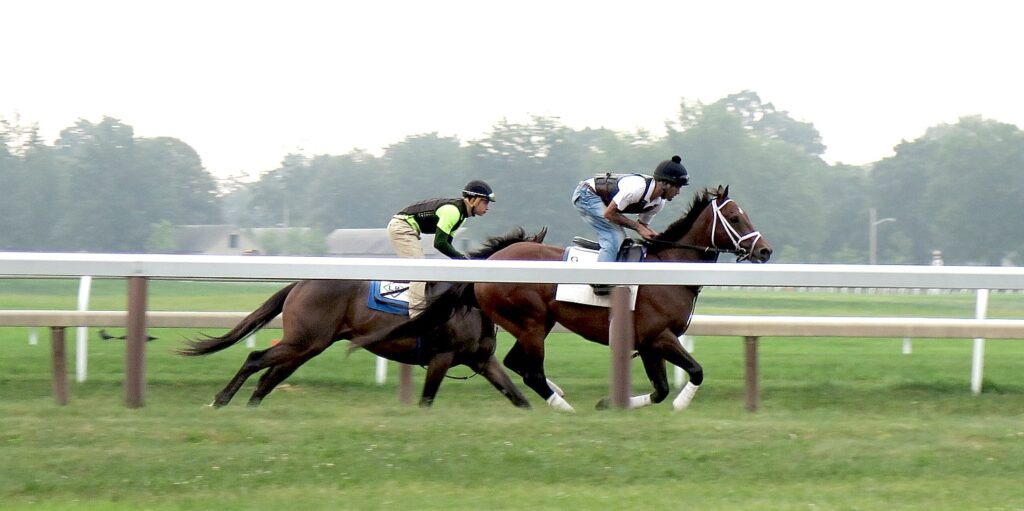
While in Saratoga: Saratoga Race Course offers summer race days, from watching the thrilling horse races to exploring the historic facilities and grounds which date to 1863 (you can get to the rail early and watch workouts and there is an outstanding Racing Hall of Fame). The summer season officially runs July 11–September 2 with popular races like Travers Day on August 24. Saratoga Spa State Park is the place to go for swimming, golfing, hiking, biking, and fishing. The park is also home to a resort and spa, performing arts center, as well as a museum dedicated to automobiles.
Hudson Valley
LEGOLAND New York Resort in Goshen is a theme park destination for kids ages 2–12, with 50 rides, shows, and attractions on 150 acres it’s the largest LEGOLAND theme park in the world, is hosting Red, White & BOOM at LEGOLAND (included with the cost of regular admission). Also in the area: hike the trails along the waterfalls of Neversink Gorge.
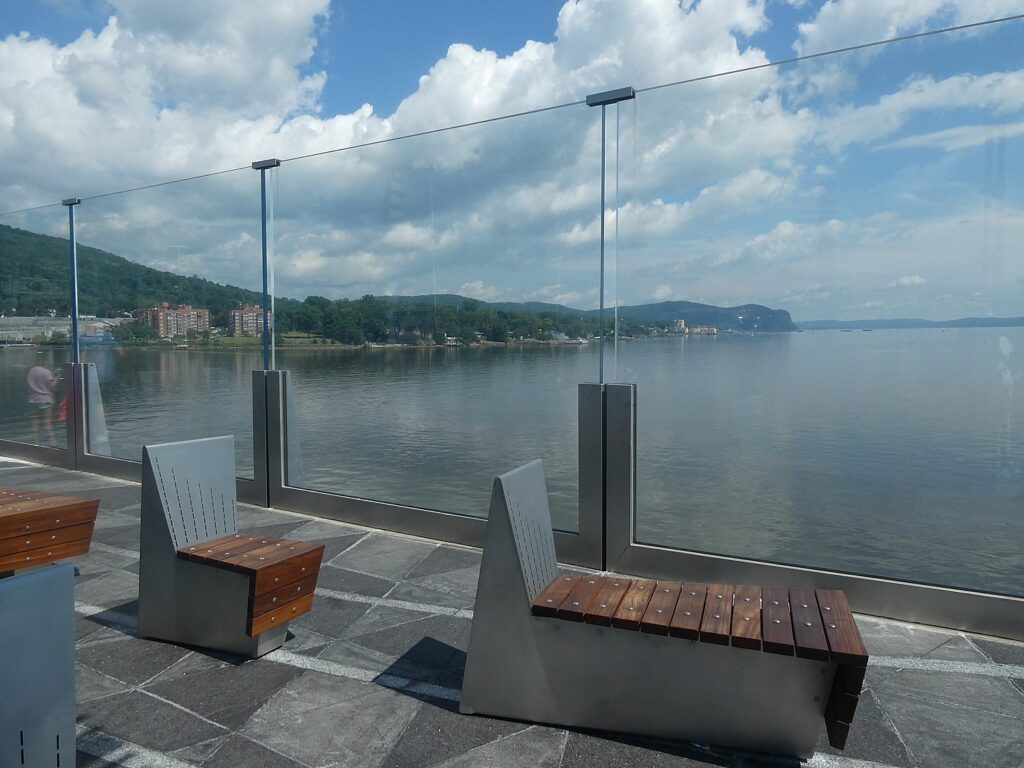
Walkway Over the Hudson’s Fireworks Spectacular: Walkway Over the Hudson, one of the longest pedestrian/cycling bridges in the world, is an ideal platform for viewing the City of Poughkeepsie’s fireworks. The New York State historic park will hold a ticketed event 6:30-10 PM (fireworks begin after 9 PM). See website for tickets.
4th of July in Dutchess County: Head to the home of the minor league baseball team, the Hudson Valley Renegades. Fireworks displays will take place at Dutchess Stadium for three nights (July 4-6) after their games against the Brooklyn Cyclones. Enjoy the Hyde Park Independence Day Parade.
Catskills
4th of July at Windham Mountain: The annual parade at Windham Mountain begins at 7 PM on Route 296, through Main Street, followed by fireworks beginning at dusk.
The Catskills also affords a new experience: camp at Bethel Woods Center for the Arts on days when you attend concerts. (Bethel Woods was the site of the legendary Woodstock music festival). For the 2024 summer concert season (May-October), concert-goers can pitch their own tent, glamp in style, or roll into Best Road Campground with an RV.

Finger Lakes
Genesee Country Village & Museum Independence Day Celebration: This family-friendly daytime celebration will feature games, picnics, a pie-eating contest, patriotic tunes, and a swearing-in of new U.S. citizens. The Genesee Country Village & Museum is hosting its grand 19th-century style parade and a reading of the Declaration of Independence. July 4, $23 for adults, $20 for senior citizens, $20 for students 13-18, free for children 12 and younger.
Cortland County Independence Day Spectacular has a day-long celebration at Dwyer Memorial Park in Preble with live music (starting at 2 pm), food vendors, and a beer and wine garden, and fireworks from 9-10 PM. July 6, free, $5 parking per car starting at 8PM.
A stellar Finger Lakes destination is Watkins Glen State Park where you are kept spellbound as you walk the two miles trail along the stream that descends 400 feet passing 200-foot cliffs, creating 19 waterfalls along its course. The gorge path winds over and under waterfalls and through the spray of Cavern Cascade. Rim trails overlook the gorge. The park is a sensational place for camping (Olympic-size pool, tours the gorge), or stay in the charming village, on Seneca Lake. (To book NYS Park campsites, https://newyorkstateparks.reserveamerica.com/)
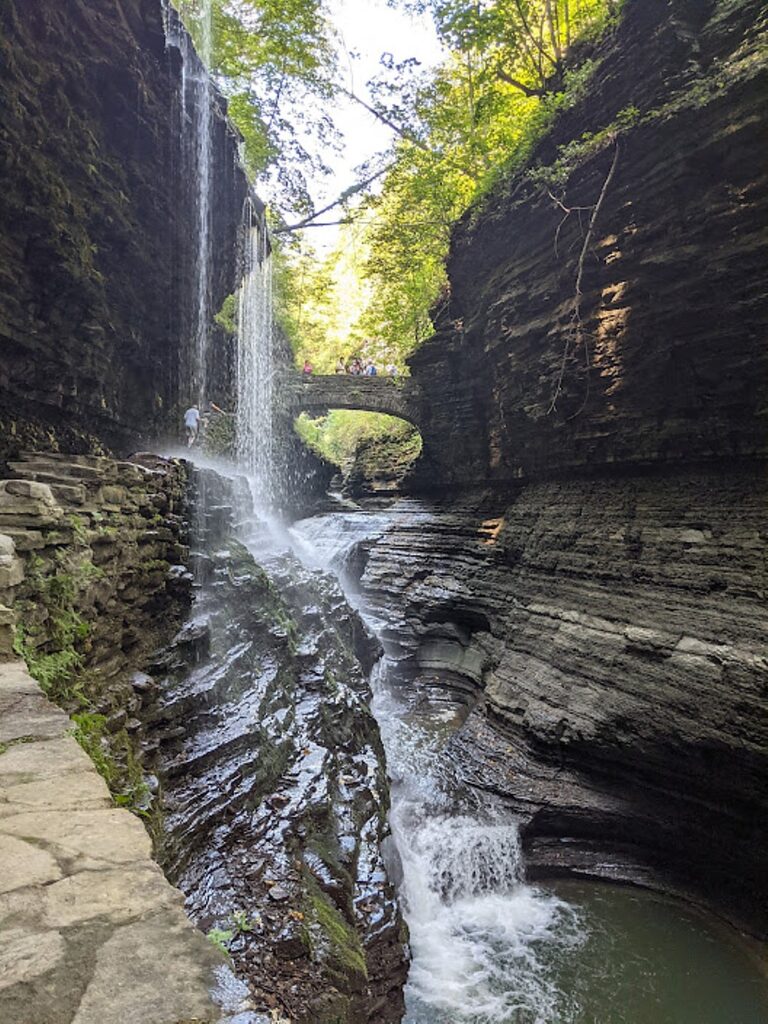
Got a need for speed? Head to Watkins Glen International, the famous auto race track where you can experience world-class racing and events throughout the season. You can even drive your own car around the track on Drive the Glen days. Visit Sunset View Creamery, 10 minutes from Watkins Glen, for refreshing ice cream and some “cow cuddling,” a 30-minute experience that recognizes the calming influence of these docile creatures. Unwind with a Captain Bill’s cruise on Seneca Lake. Head northeast to Taughannock Falls, one of the highest falls east of the Rockies, where the water drops 215 feet and you can swim, camp, and picnic.
On the western edge of the Finger Lakes, campers looking for adventure can seek out the scenically magnificent Letchworth State Park, nicknamed “the Grand Canyon of the East,” for its massive gorge with three major waterfalls between cliffs as high as 600 feet. Letchworth also offers 66 miles of trails for hiking, biking, and horseback riding, a special one-mile loop Autism Nature Trail, nature center, museum, swimming pool and guided walks. There is whitewater rafting through the canyon as well as hot air balloon rides (shared basket: $425/person; private flight: $2,150/couple). Sit down for breakfast, lunch, or dinner at the historic Glen Iris Inn and soak in the views of the Middle Falls. Letchworth offers 257 campsites ranging from $27 to $30 a night, plus cabins $132-$568 per week. (https://newyorkstateparks.reserveamerica.com/)

Chautauqua-Allegheny
Mayville July 4th Celebration: The village of Mayville’s festivities include a Grand Parade, live music and entertainment including magic, comedy, variety and stunt shows, finishing with a fireworks display. July 4, free.
Panoramic Parks Scenic Park lets you experience 15 acres of the Paleozoic ocean floor at this scenic park established in 1885. Natural attractions to explore include towering rocks 60 feet high and cavernous dens. You can hike the trails around the rocks and navigate through the nooks, crevices, and caves, and the park includes informational signs that explain the geology, as well as an educational treasure hunt for the kids, and picnic tables for lunch.
A short drive away, the famous Chautauqua Institution, a preeminent exemplar of lifelong learning, is where for nine weeks each summer you can experience a unique mix of fine and performing arts, lectures, programs, classes and community events for all ages, within the beautiful setting of a historic lakeside village (tickets and accommodations.chq.org, 800-836-2787)
Greater Niagara
Independence Night Celebration at the Ballpark: The Buffalo Bisons and Rochester Red Wings face off at Sahlen Field. After the game, the Buffalo Philharmonic Orchestra will entertain, followed by the largest fireworks show of the season Game starts at 6:05 PM. Tickets cost $30.10 each
Thousand Islands-Seaway
Fireworks over Boldt Castle: Alexandria Bay’s Independence Day celebration uses the stunning backdrop of the St. Lawrence River and Boldt Castle for its fireworks display. Picnic along the shoreline or rent a boat to view from the water. The fireworks begin at dusk, this far north estimated at 9:45 pm.
Adirondacks
Best 4th in the North 2024 Celebration: This festival taking place from July 1-4 at Bicentennial Park in Ticonderoga is jam-packed with a grand fireworks display, parade, live music, craft and food vendors, kid’s activities, a reading of the Declaration of Independence. July 1-4, free.
Ticonderoga 250th: Throughout 2024, Fort Ticonderoga commemorates 250 years since the battle for independence. The region along the Lake Champlain shoreline, at the foothills of the Adirondack Mountains, was critical to American victory in the Revolution.
4th of July in Lake Placid: You can begin the day at the Lake Placid Horse Show starting at 8am ($10), swim at the Lake Placid Public Beach, stroll around Mirror Lake, browse the shops, enjoy live music from 1-4 pm. At 5 pm, a July 4 gala parade will feature Olympic athletes and special guests, floats, classic cars and the fireworks extravaganza over Mirror Lake starts at 9:30 pm.
Great place to stay: High Peak Resort’s summer family package features family-friendly activities like face painting Fridays, educational wildlife experiences Saturdays, water aerobics Tuesdays and Thursdays, evening live music on Thursday, guided nature explorations on Saturdays (www.highpeaksresort.com/packages/adirondack-experience).
More to do: bike the first 10 miles of the new Adirondack Rail Trail connecting Lake Placid to Saranac Lake (when finished, the trail will stretch 34 miles between Lake Placid and Tupper Lake, see Bike Adirondacks for updates).
Meanwhile, The Adirondack Experience Museum on Blue Mountain Lake is celebrating the centennial of the 138-mile long Northville-Placid Trail (oldest in the state) with a new exhibit about the history of the trail and the team who built it. There are guided overnight hikes (via Adirondack Hamlets to Huts). (www.npt100.com)

For more natural awe, visit High Falls Gorge, 22-acre nature park features waterfalls, hiking/walking trails and glass-floor walkways (4761 NY-86, Wilmington, NY 12997, www.highfallsgorge.com) and the awesome Ausable Chasm, where you walk along the Cliffside trail, do mountain biking and river rafting (2144 US-9, Ausable Chasm, NY 12911, 518-834-7454, www.ausablechasm.com).
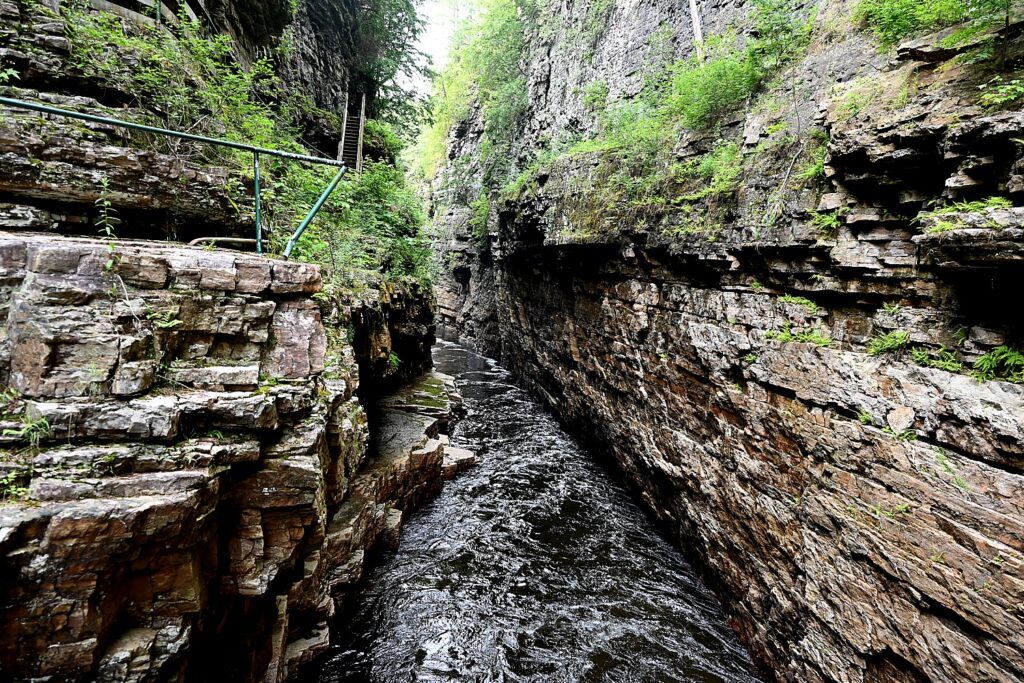
For a great all-day outdoor experience, head to Tupper Lake and the 115-acre Wild Center & Wild Walk to explore trails, take guided canoe trips on the river, and meet staff ready to show you around and answer questions about the wild world of the region. The star of the Center’s outdoor experience is Wild Walk, with more than 1,000 feet of bridges and platforms rising over the top of an Adirondack forest, a four-story treehouse, swinging bridges, a spider’s web where people can hang out, and a giant-sized bald eagle’s nest for a rare point of view of the Adirondacks.
New York State’s Challenge

New York State is in the middle of a year-long challenge which began January 1, 2024, celebrating the centennial of the state’s park system. The New York State Parks Centennial Challenge includes 100 missions that can be completed at various state parks and historic sites – the challenge is to complete 24 missions of them during the course of the year. (More information on the New York State Park Centennial, visit https://www.parks.ny.gov/100/challenge.)
The New York State Office of Parks, Recreation and Historic Preservation oversees more than 250 parks, historic sites, recreational trails, golf courses, boat launches and more, which saw a record 84 million visits in 2023. For more information, visit parks.ny.gov, download the free NY State Parks Explorer mobile app or call 518-474-0456.
More information on New York State travel at www.iloveny.com
July 4th Festivities Around the USA
The Jefferson DC, Washington, D.C. Festivities: There may be no more iconic city to celebrate the 4th of July than Washington, D.C. The National Mall is the most popular place to watch the fireworks display with the Washington Monument, the Jefferson Memorial, and the Lincoln Memorial among the scenic spots to celebrate. Stay: A jewel among historic hotels in Washington, D.C., The Jefferson DC started life as a luxury apartment block in 1923. The 99-room hotel enjoys one of D.C.’s most prestigious and strategic locations, just four blocks from the White House and within a short walk of museums, monuments and embassies. Take advantage of walking tours crafted by in-house historian Susan Barnes and be sure to check out the historical memorabilia that decorates the hotel, echoing the patriotism of the holiday.
The Newbury Boston, Boston, MA Festivities: It doesn’t get much more Americana than Boston, which not only played an integral role in the American Revolution, but was also one of the first cities to light fireworks on the 4th of July, dating back to 1777. Not to mention, the state of Massachusetts was the first state to recognize the 4th of July as a holiday. Unsurprisingly, Boston puts on one of the country’s largest celebrations with an annual Boston Harborfest Celebration. Taking place July 1-4, 2024, the family-friendly event includes historical reenactments, live music, parades, and a fireworks display over Boston Harbor. Stay: Situated directly across from The Public Garden in Back Bay, The Newbury Boston is conveniently located close enough to the action – within 2 miles of the Harborfest and Fireworks Spectacular – but is a calm and comfortable sanctuary to retreat back to following the fun. The hotel is ideal for families with special kids amenities and pet-friendly accommodations.
Hilton San Diego Bayfront, San Diego, CA: Festivities: One of the best spots to see the spectacular Big Bay Boom Fireworks show is Hilton San Diego Bayfront from its Bayfront Park lawn or Hudson & Nash waterfront kitchen during the 7:30 p.m. seating (to make a reservation, visit OpenTable). Stay: Rising above San Diego Bay and steps from Gaslamp Quarter, Petco Park, and Rady Shell at Jacobs Park, Hilton San Diego Bayfront is the signature SoCal resort.
Backland Luxury Camping, Williams, AZ: Festivities: Celebrate 4th of July with a spectacular patriotic parade and fireworks in Williams and Flagstaff, Arizona, touted as a “Top 10 Small Town Fourth of July Celebrations.” Stay: Backland Luxury Camping a luxury eco resort featuring 10 glamping tents, on-site dining and a wellness focused spa tent.
Hotel 1000, Seattle, WA: Festivities: Don’t miss the 75th annual Seafair 4th of July – one of the best ways to celebrate Independence Day in the Pacific Northwest – featuring a choreographed fireworks display set to music over Lake Union, family-friendly activities, food vendors, live music, a glow-in-the-dark dance party, and more. Catch the spectacular fireworks show with concert-quality sound from Gas Works Park at the north end of Lake Union or South Lake Union Park. Stay: The 120-room Hotel 1000, LXR Hotels & Resorts is a luxurious gem walking distance of Pike Place Market and the waterfront. Residential-like guest rooms and suites are well-appointed with plush Frette linens, pedestal bathtubs in every room, and oversized windows to take in the stunning city views. Over Independence Day weekend, sports fans can also catch a Seattle Mariners game at T-Mobile Park just one mile from Hotel 1000.

Coeur d’Alene Resort, Coeur d’Alene, ID: Festivities: 4th of July kicks off in downtown Coeur d’Alene with the American Heroes Parade. This year’s theme is America the Beautiful where the town will commemorate the bravery and dedication of veterans and active-duty service members. Following the parade, venture to Coeur d’Alene Resort for the 4th Fest, a family-friendly event that includes dinner buffet. After dinner, enjoy live entertainment followed by a spectacular fireworks display on the Front Lawn to top off the night. Stay: The famed Coeur d’Alene Resort offers families a premier lakefront vacation, with a spa and restaurant remodel, and resort pool updates. The newer One Lakeside offers quintessential Northwestern charm with stunning views of Lake Coeur d’Alene and proximity to rivers, mountains, trails, and lakes for exploration.
The Valley Hotel, Homewood Birmingham, AL: Festivities: Vulcan Park hosts its annual “Thunder on the Mountain” fireworks show on July 4th. Located less than a mile from The Valley Hotel, the fireworks utilize the Vulcan statue as the backdrop, which is visible from Ironwood’s patio, the second floor Terrace Bar patio, as well as outside the hotel’s front entrance. Stay: The Valley Hotel, Curio Collection by Hilton™, is a 129-room hotel in Homewood, a bucolic neighborhood known for its picturesque tree-filled landscape, charming shops, restaurants, bars and galleries.
See also:
DRIVEABLE ADVENTURES: HIKING/CAMPING IN THE ‘GRAND CANYON OF THE EAST’ – NY’S LETCHWORTH STATE PARK
NEW YORK’S WATKINS GLEN STATE PARK IS SPELLBINDING
_______________________
© 2024 Travel Features Syndicate, a division of Workstyles, Inc. All rights reserved. Visit goingplacesfarandnear.com and travelwritersmagazine.com/TravelFeaturesSyndicate/. Blogging at goingplacesnearandfar.wordpress.com and moralcompasstravel.info. Visit instagram.com/going_places_far_and_near and instagram.com/bigbackpacktraveler/ Send comments or questions to FamTravLtr@aol.com. Tweet @TravelFeatures. ‘Like’ us at facebook.com/NewsPhotoFeatures
